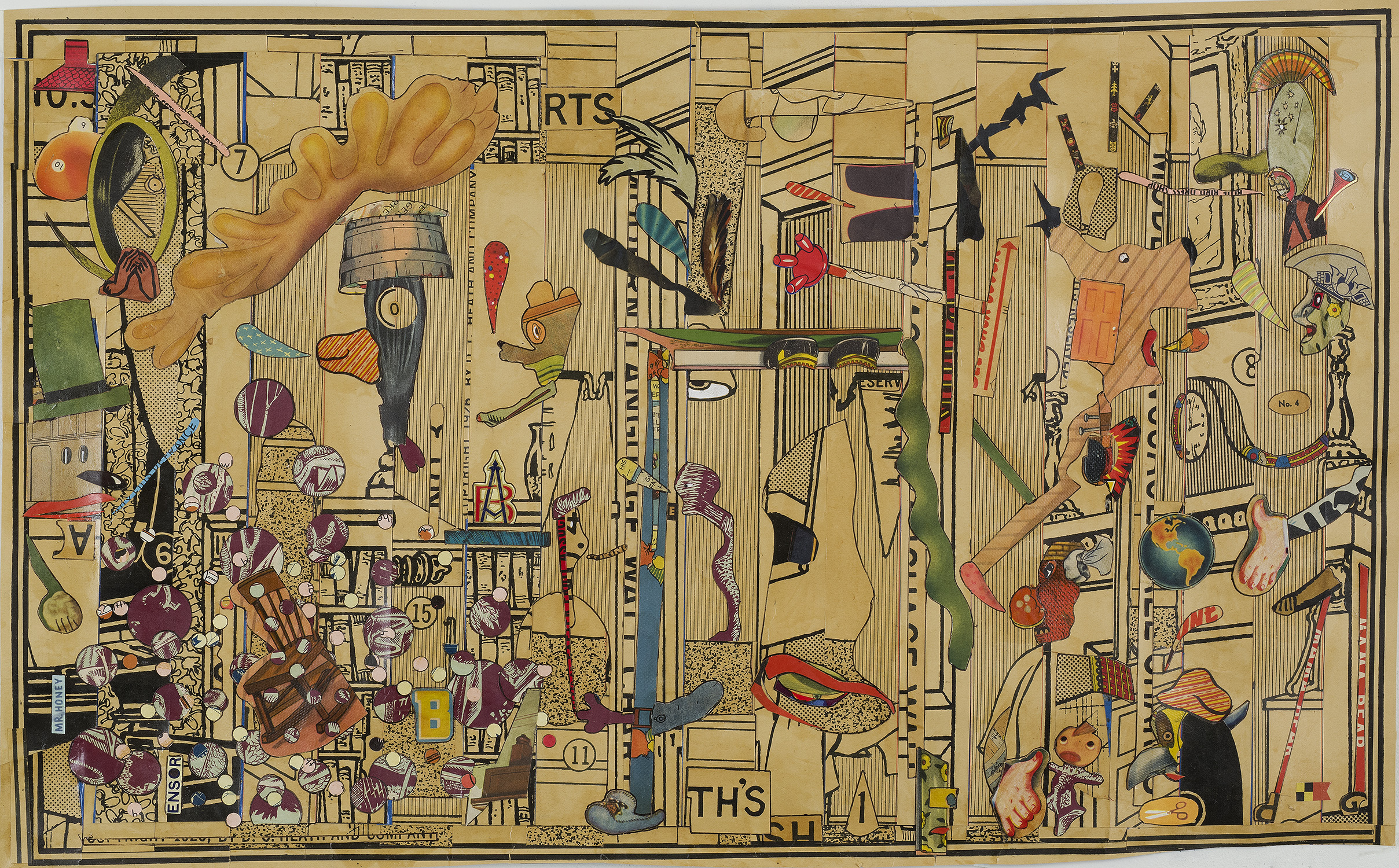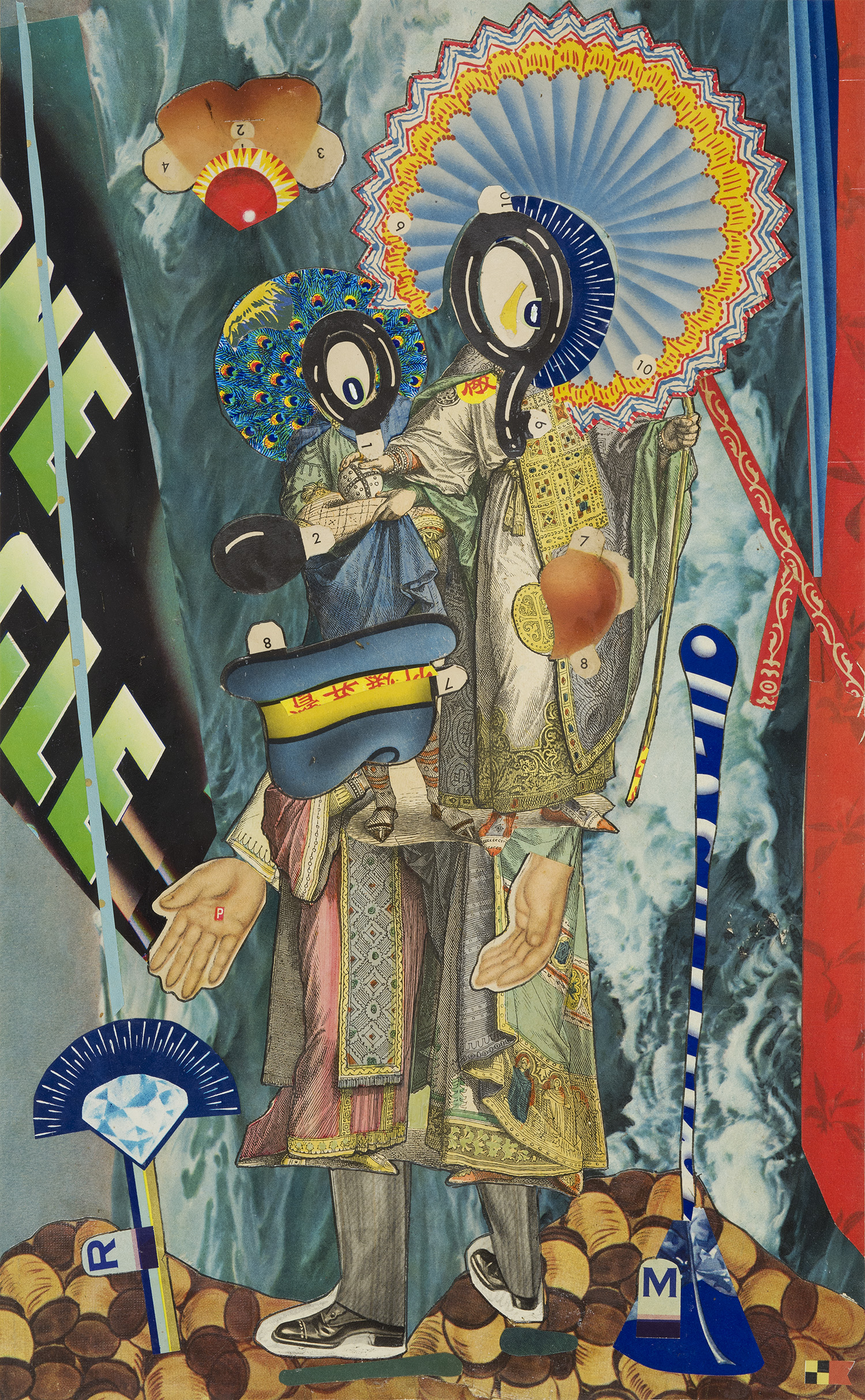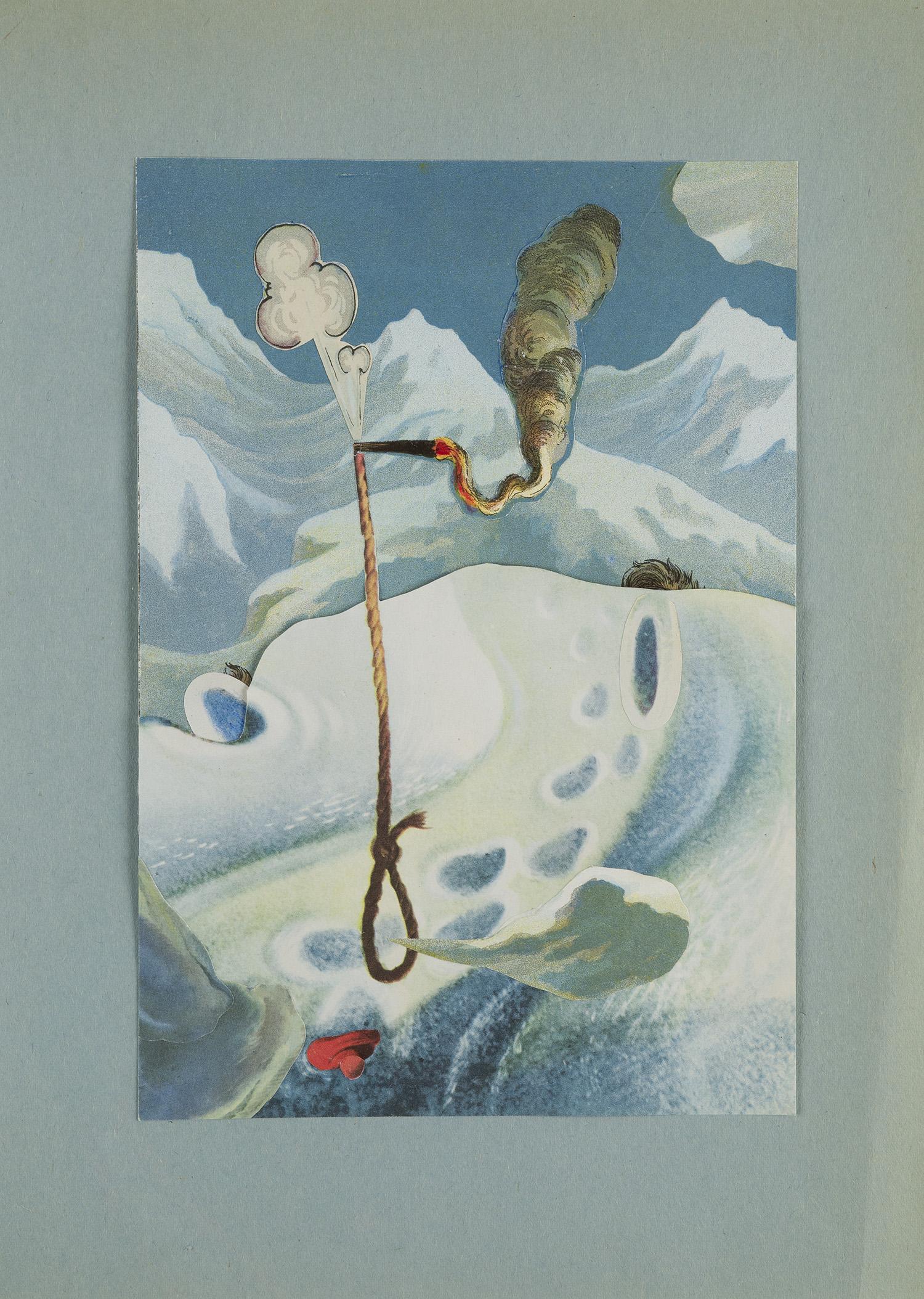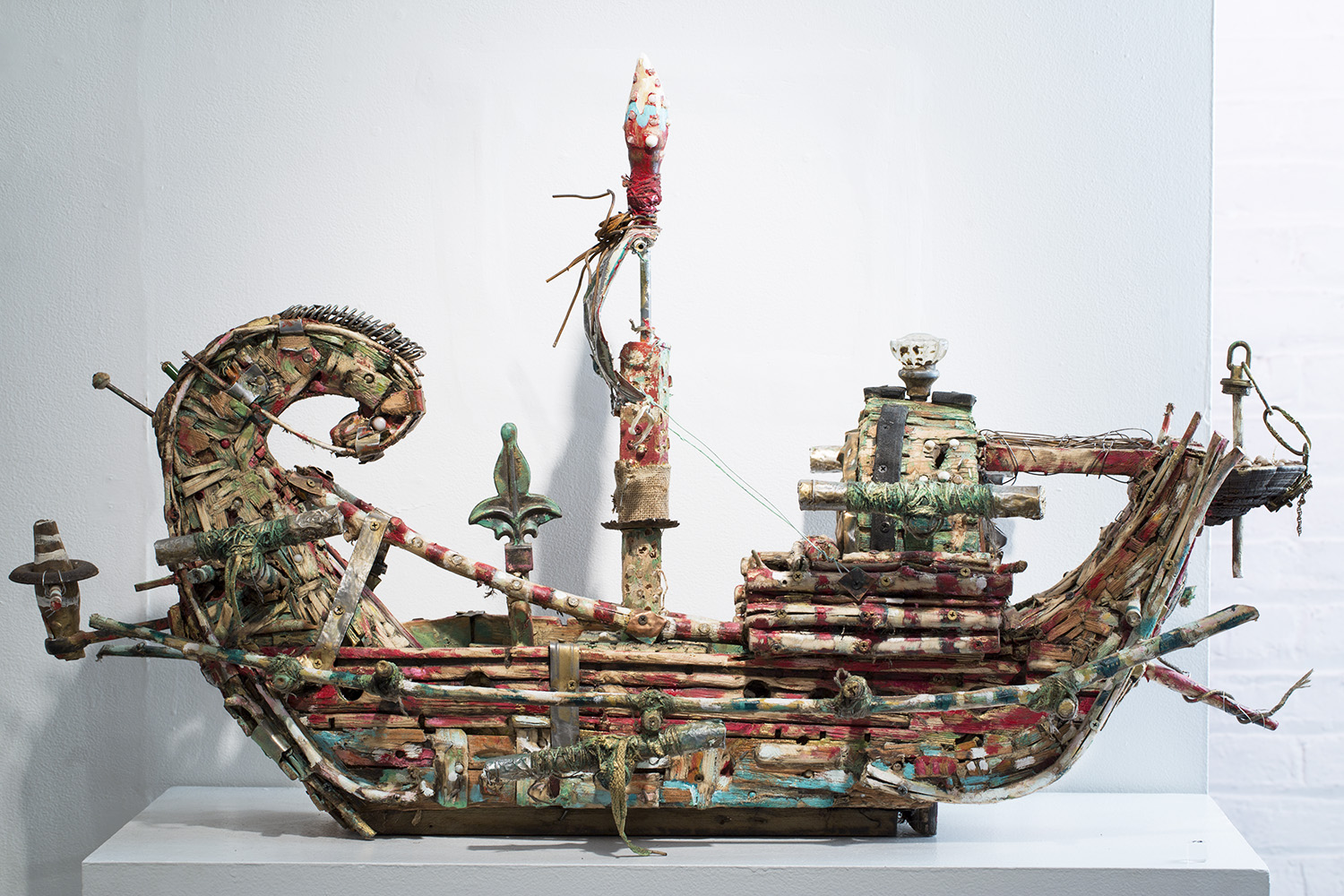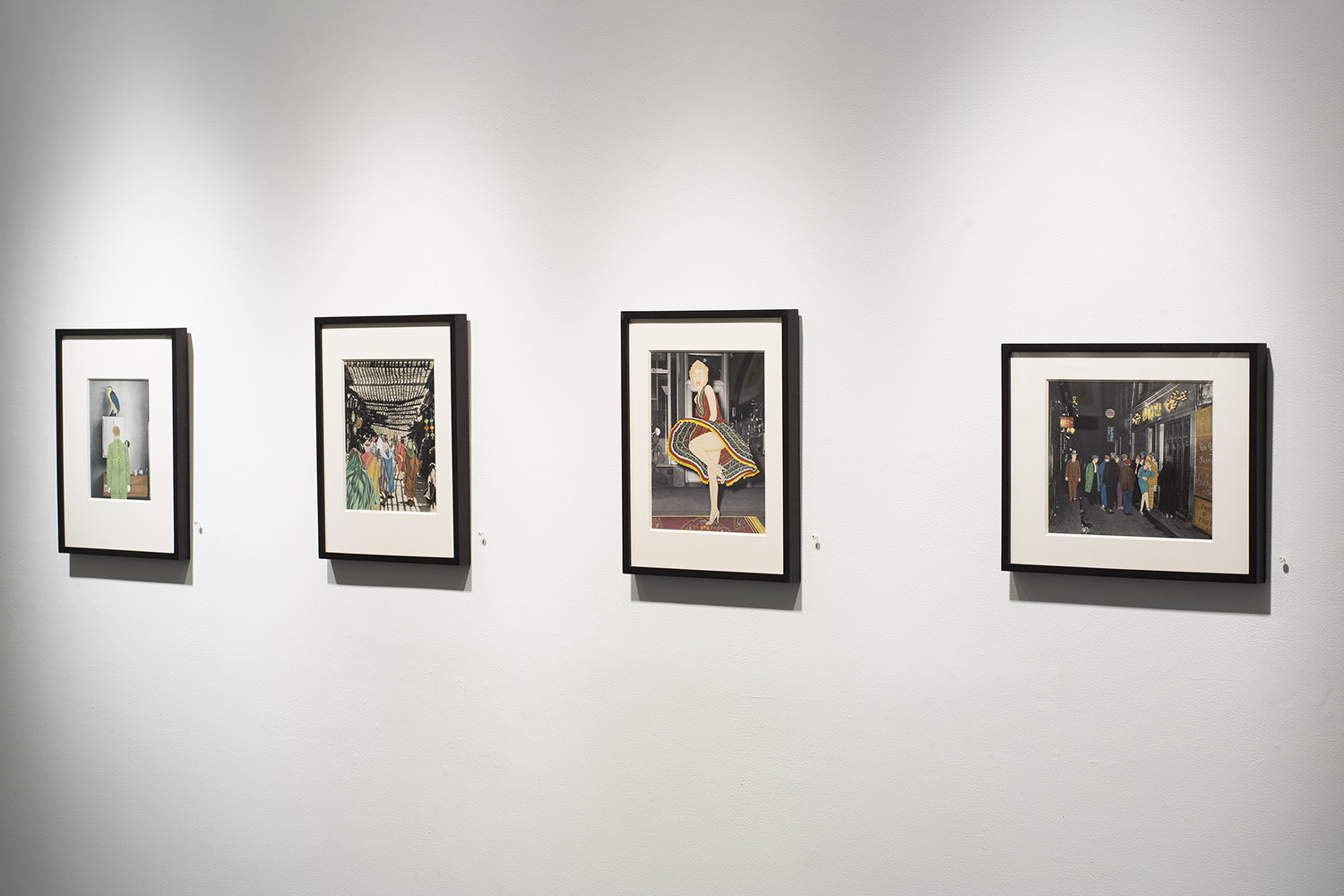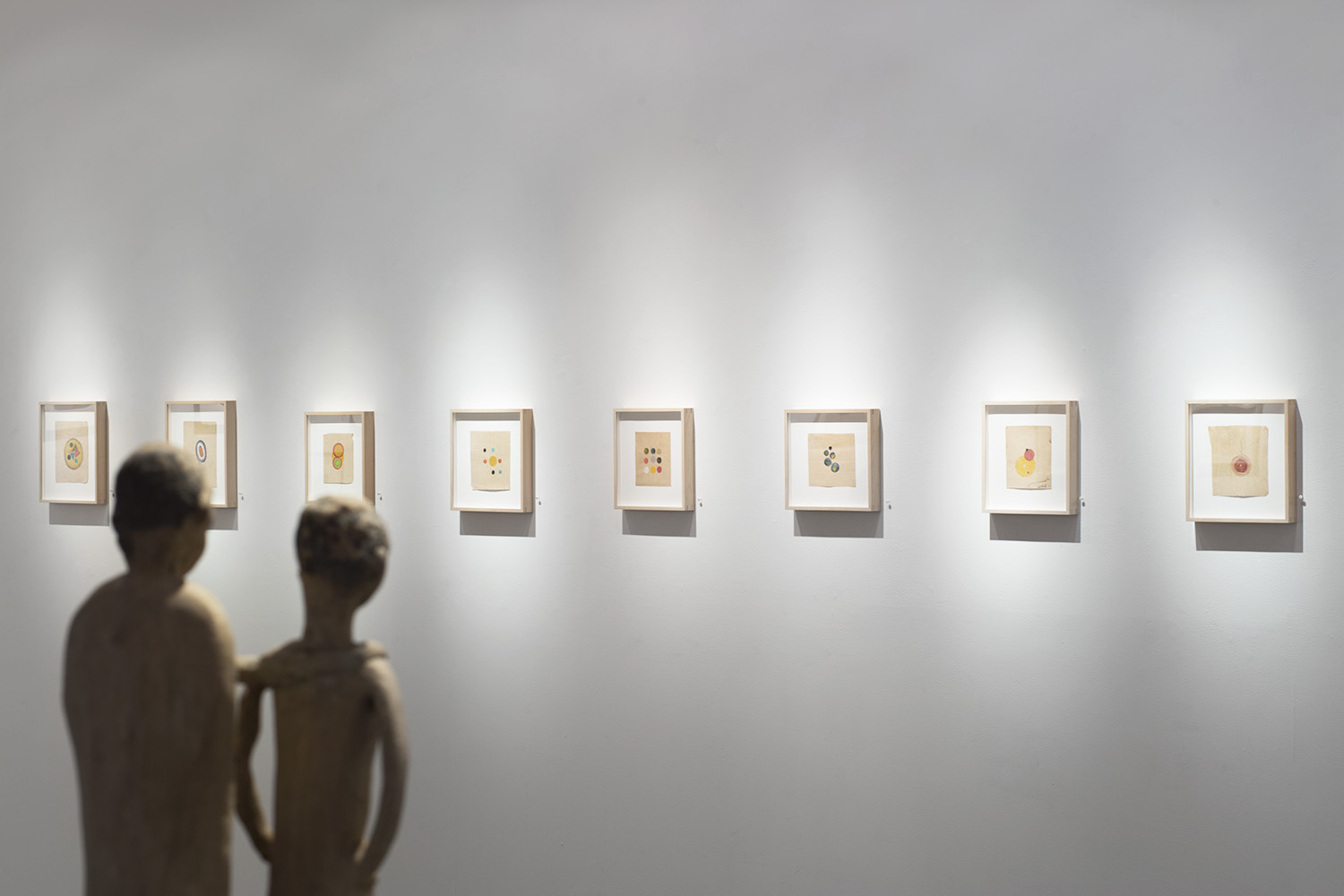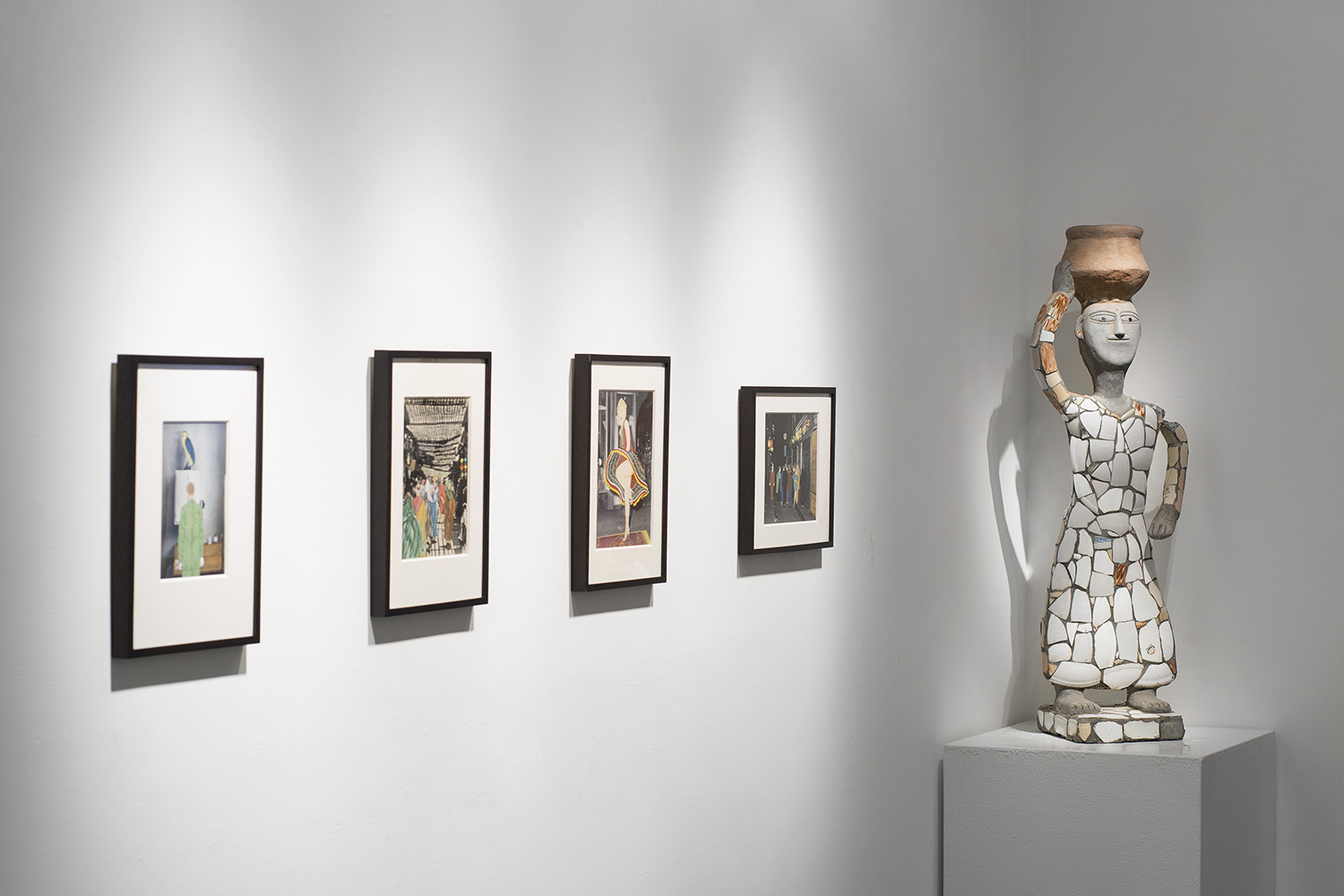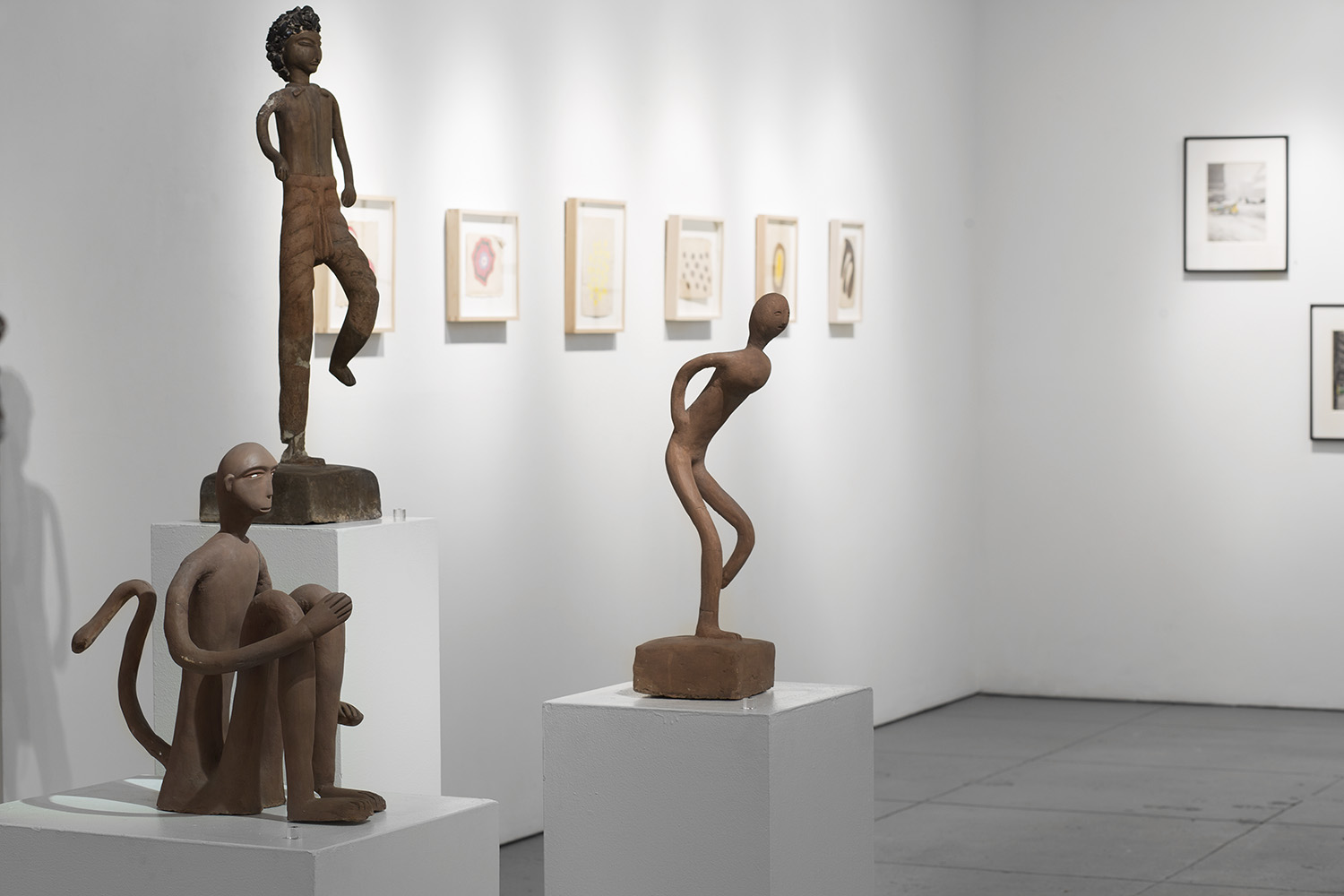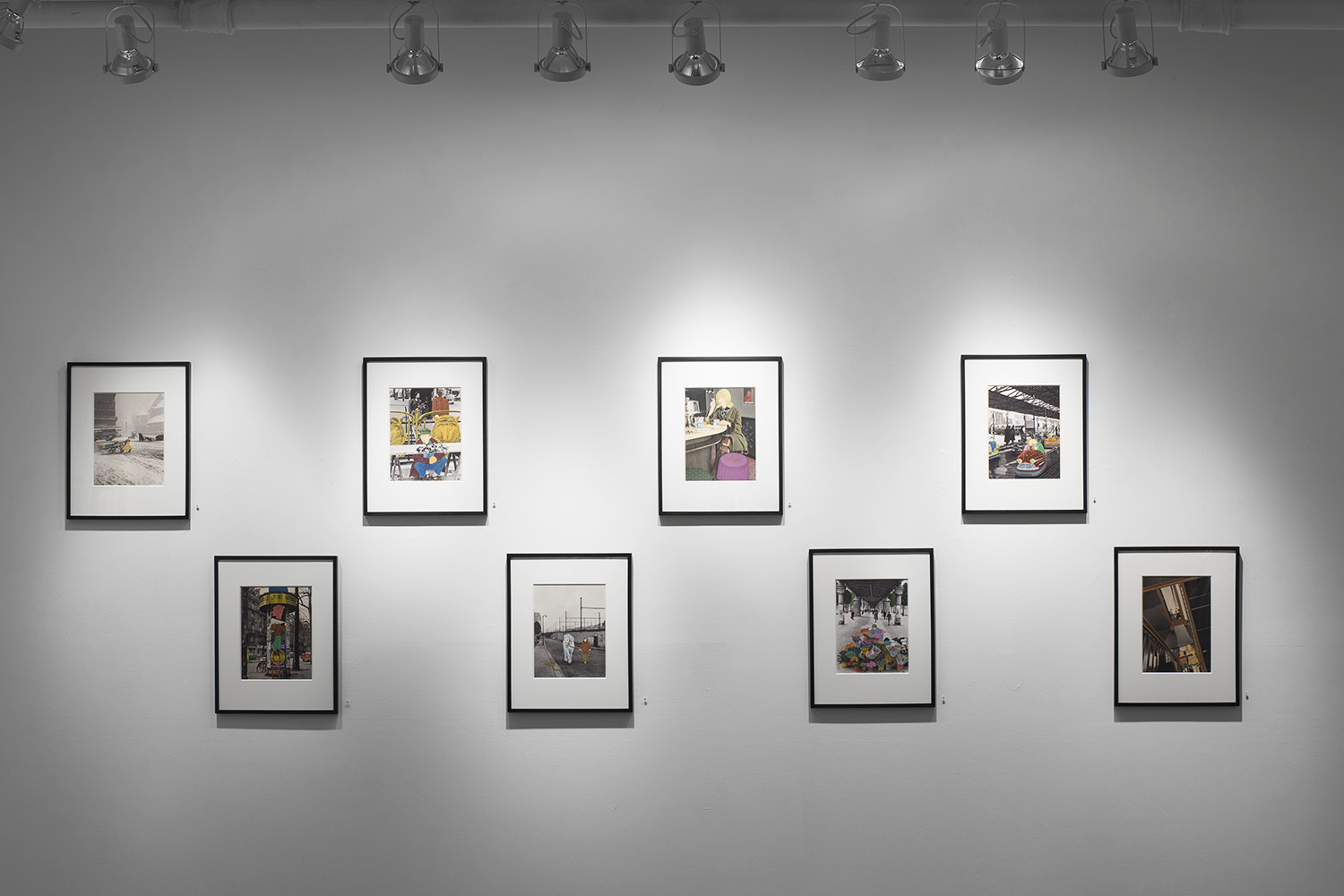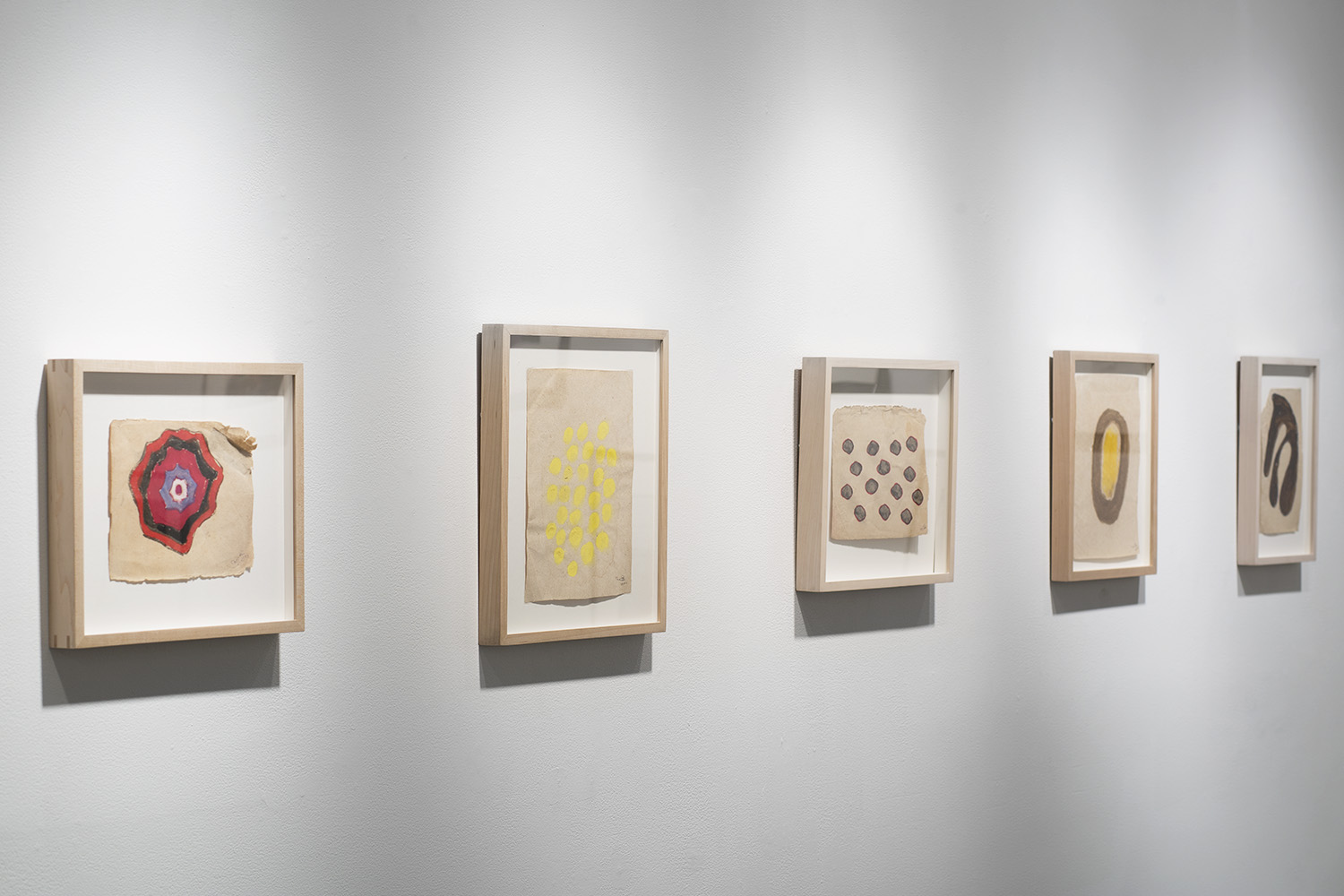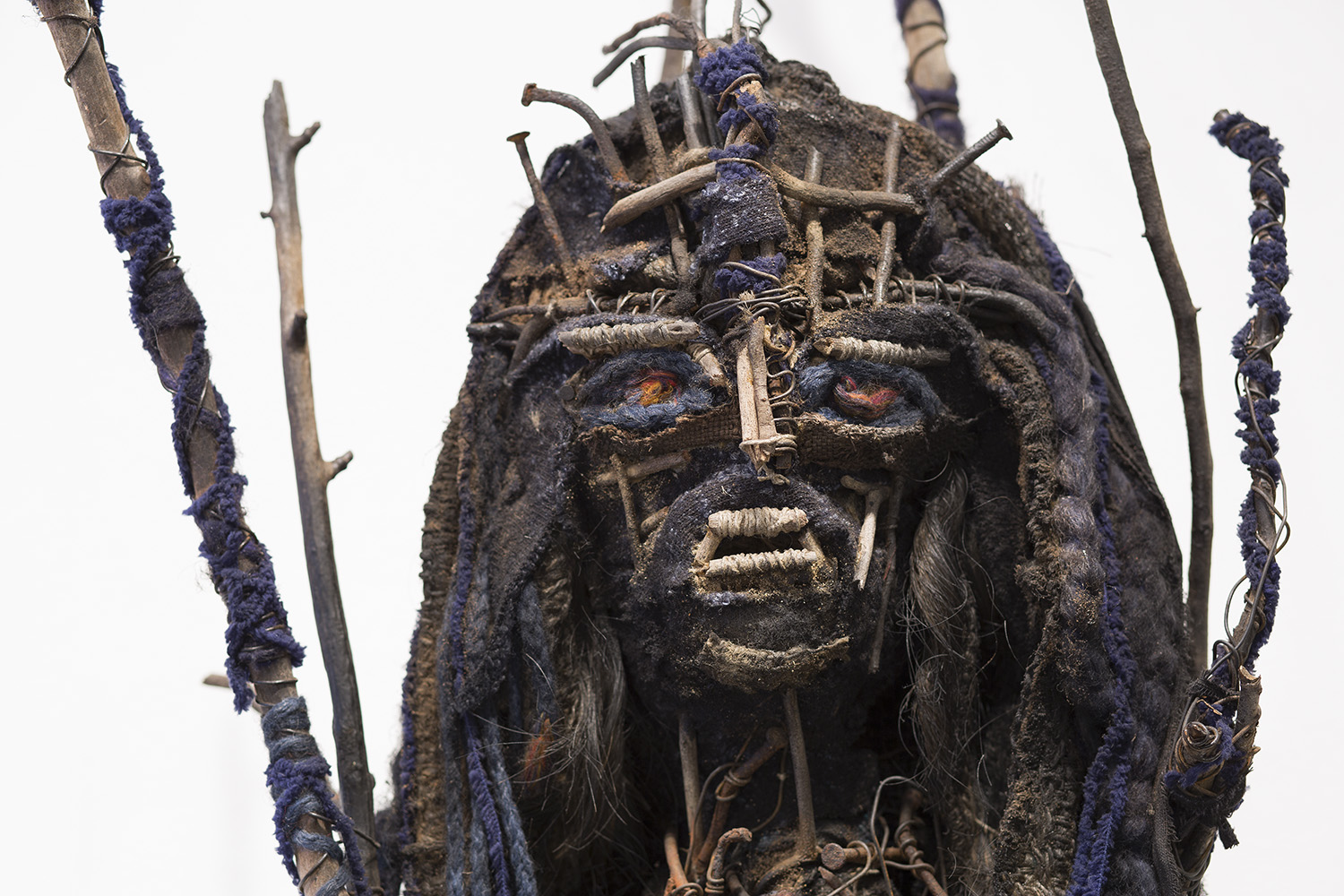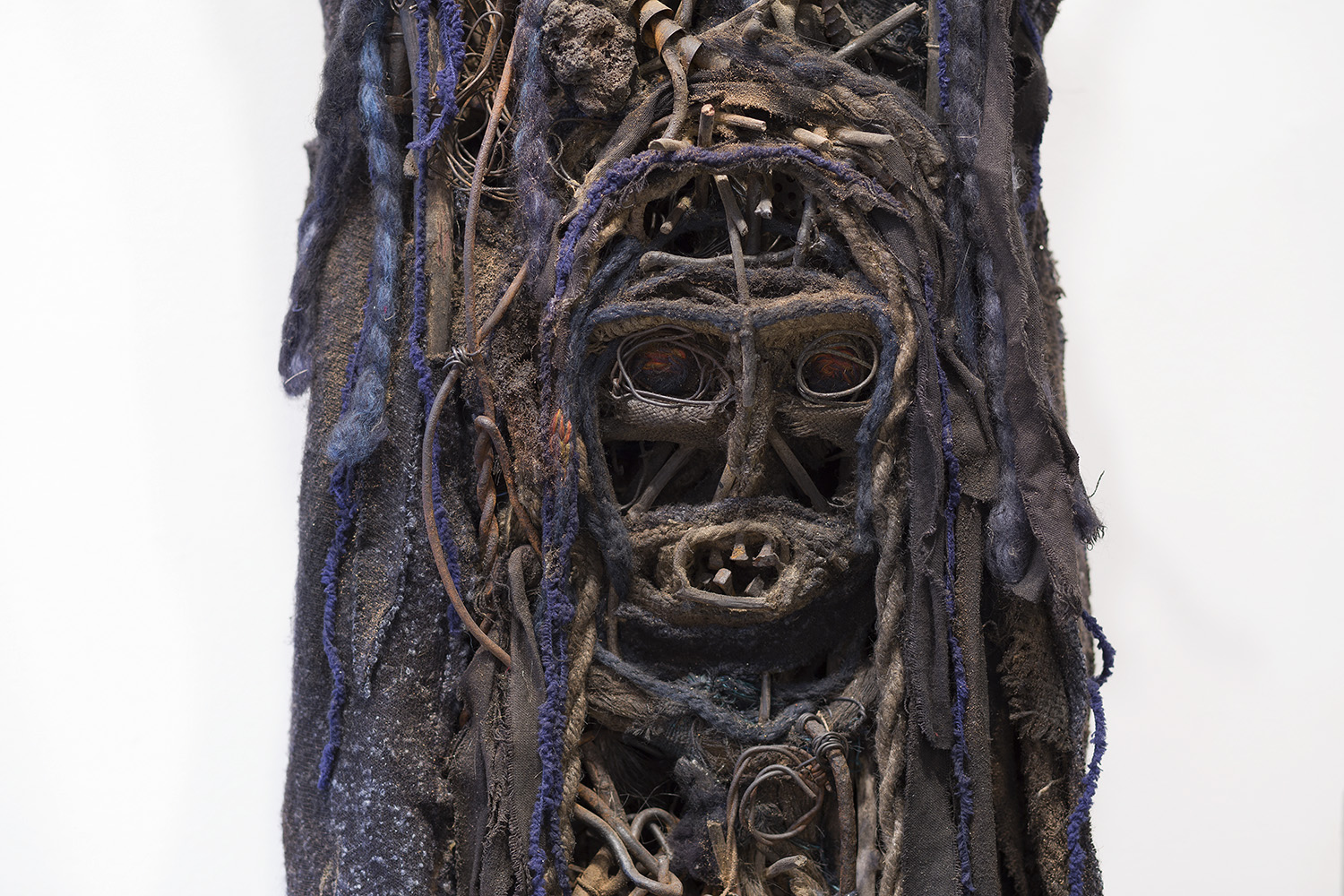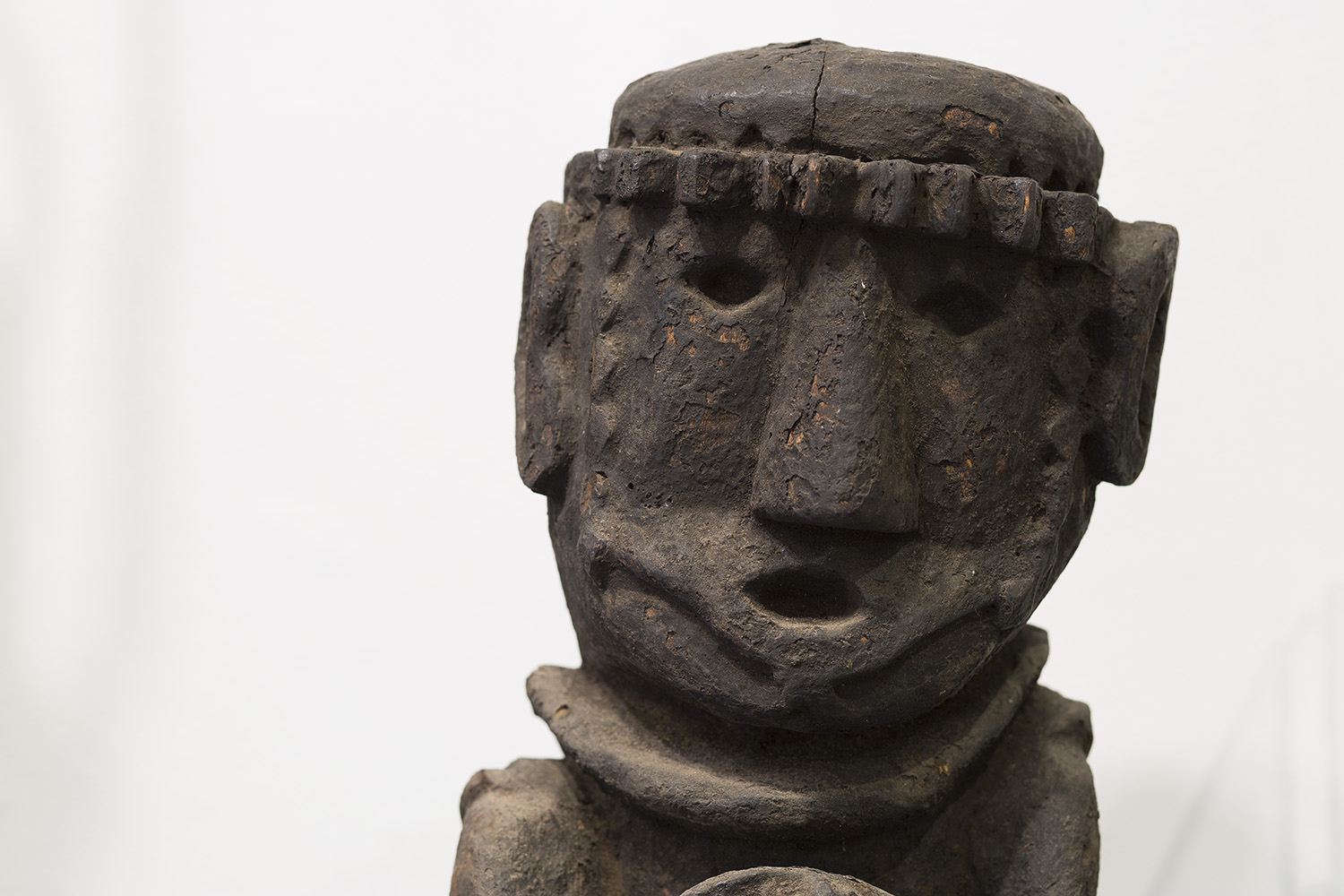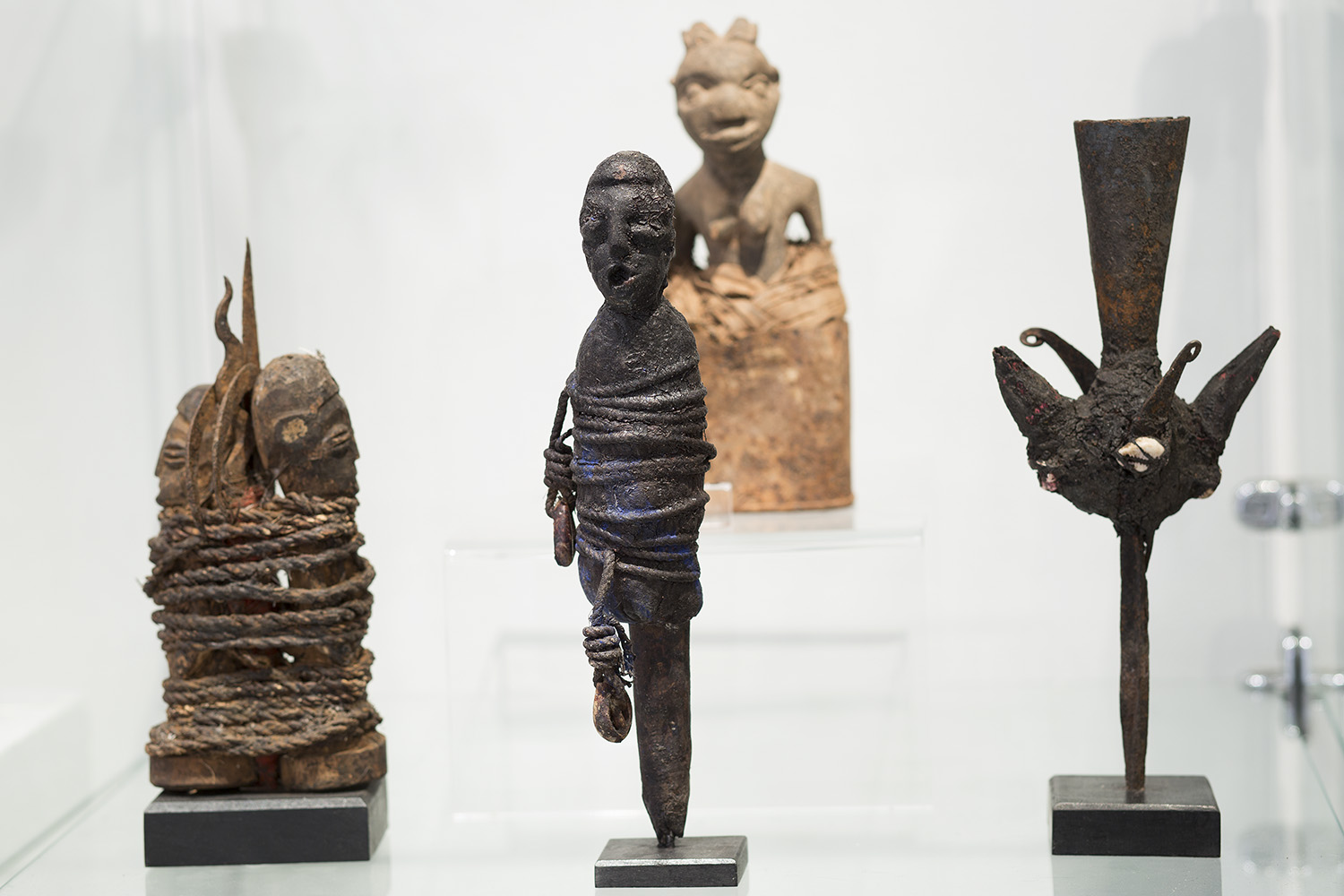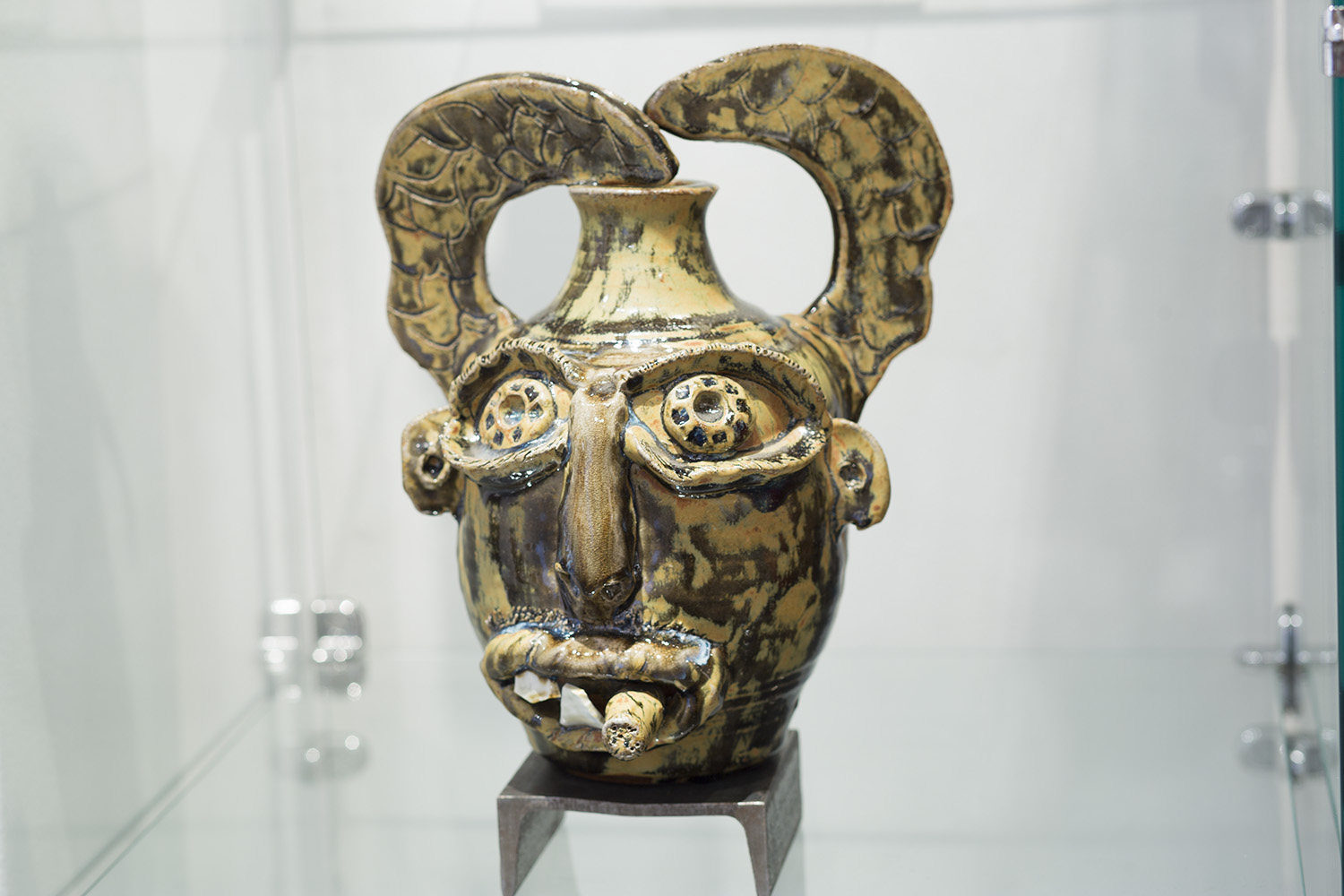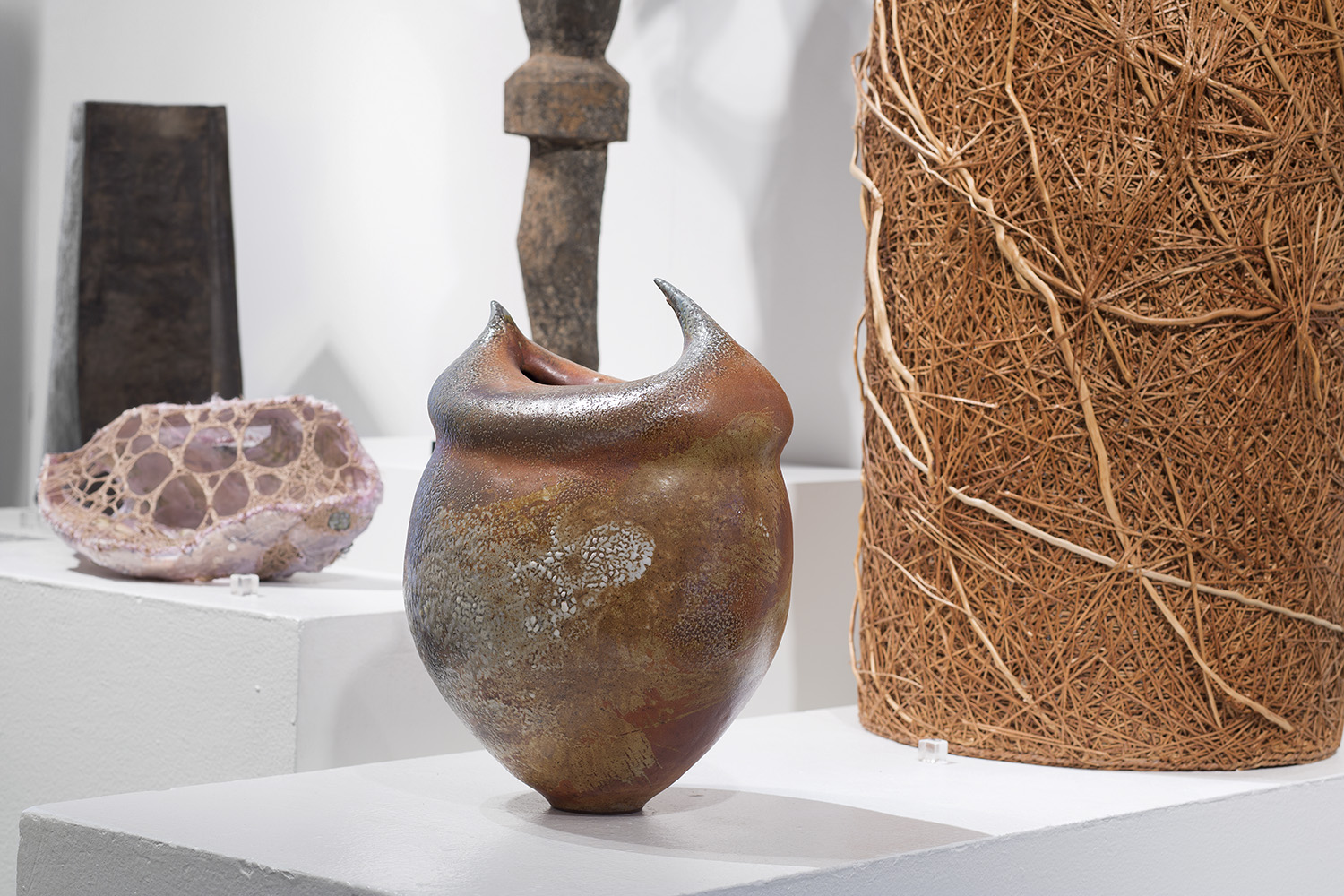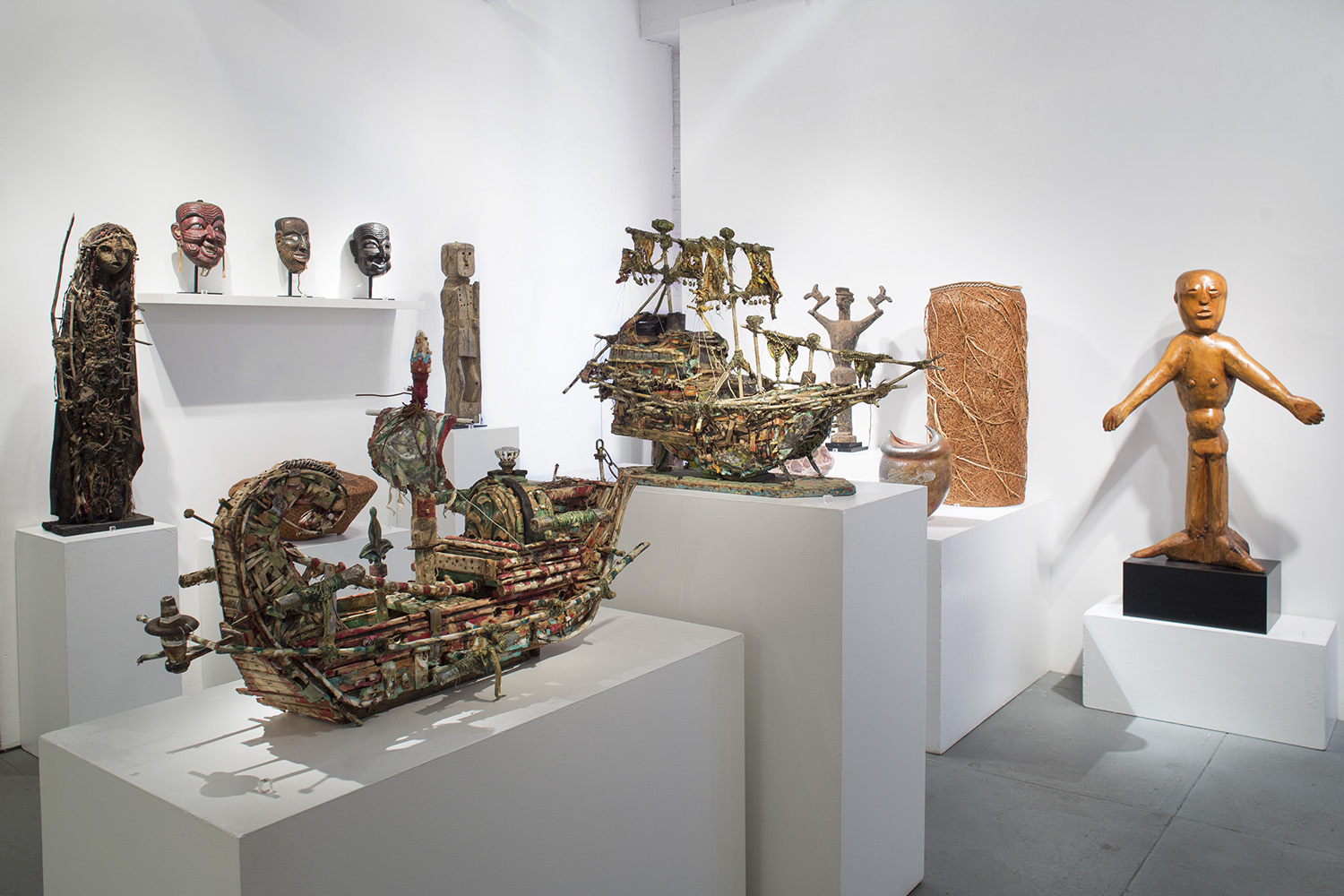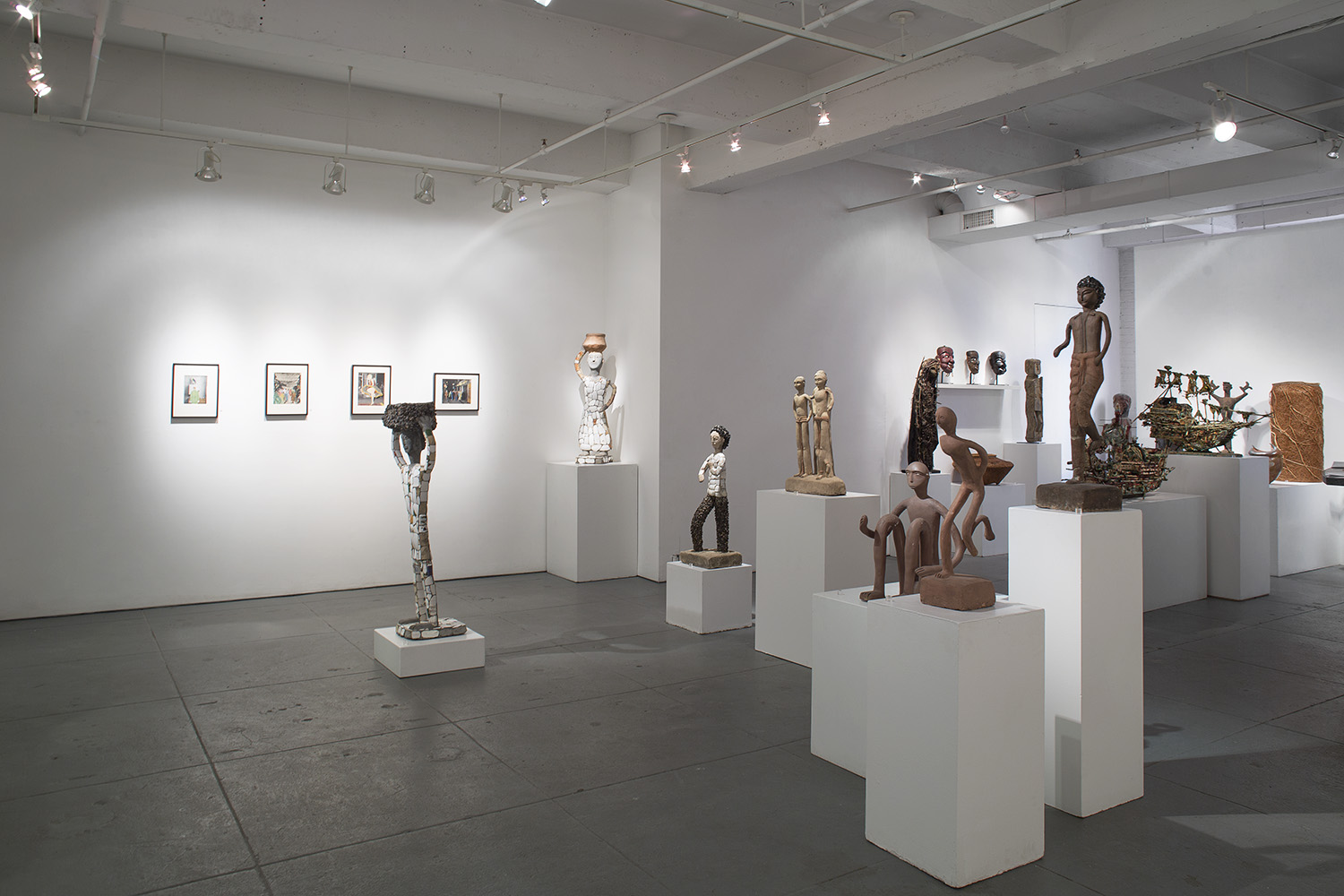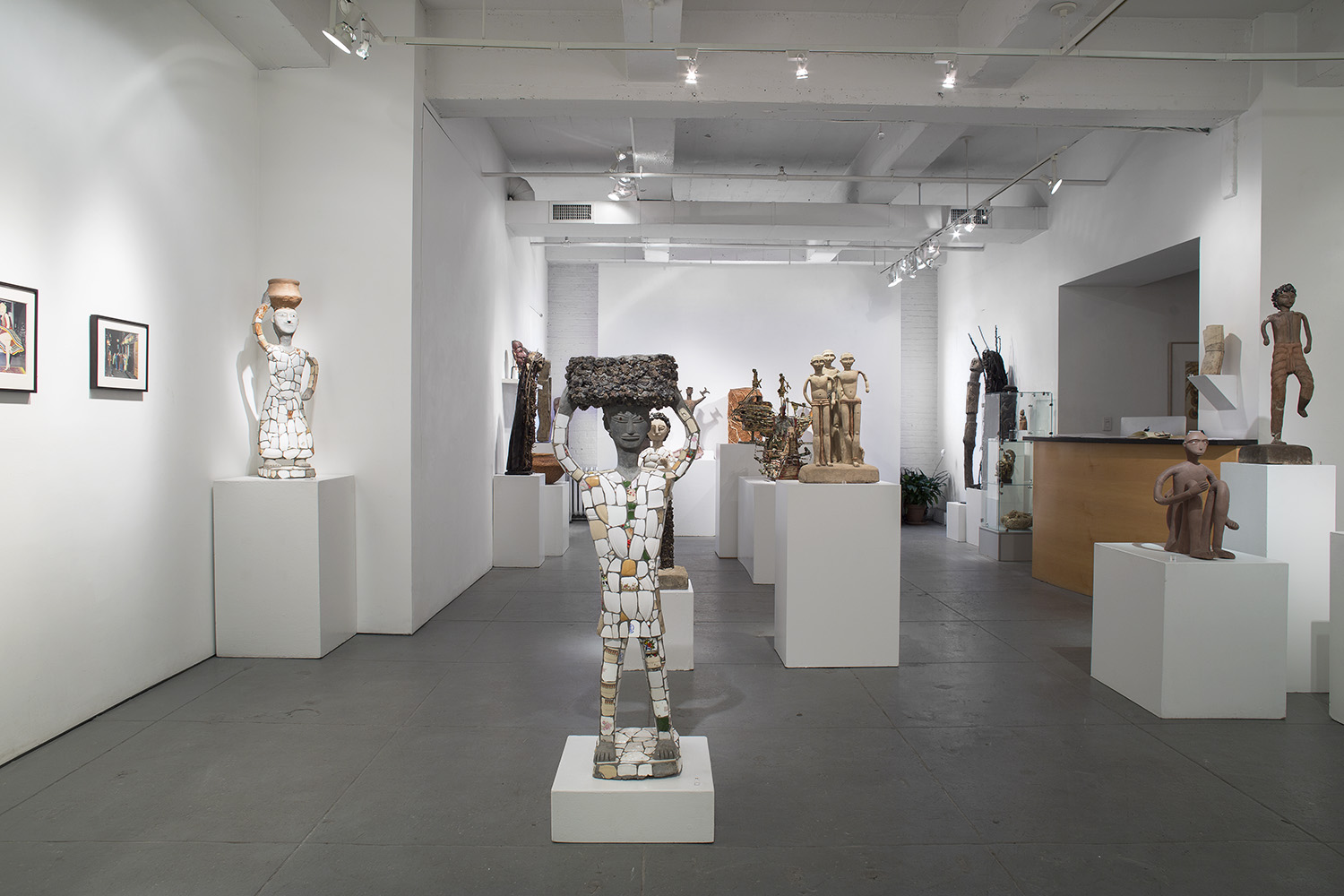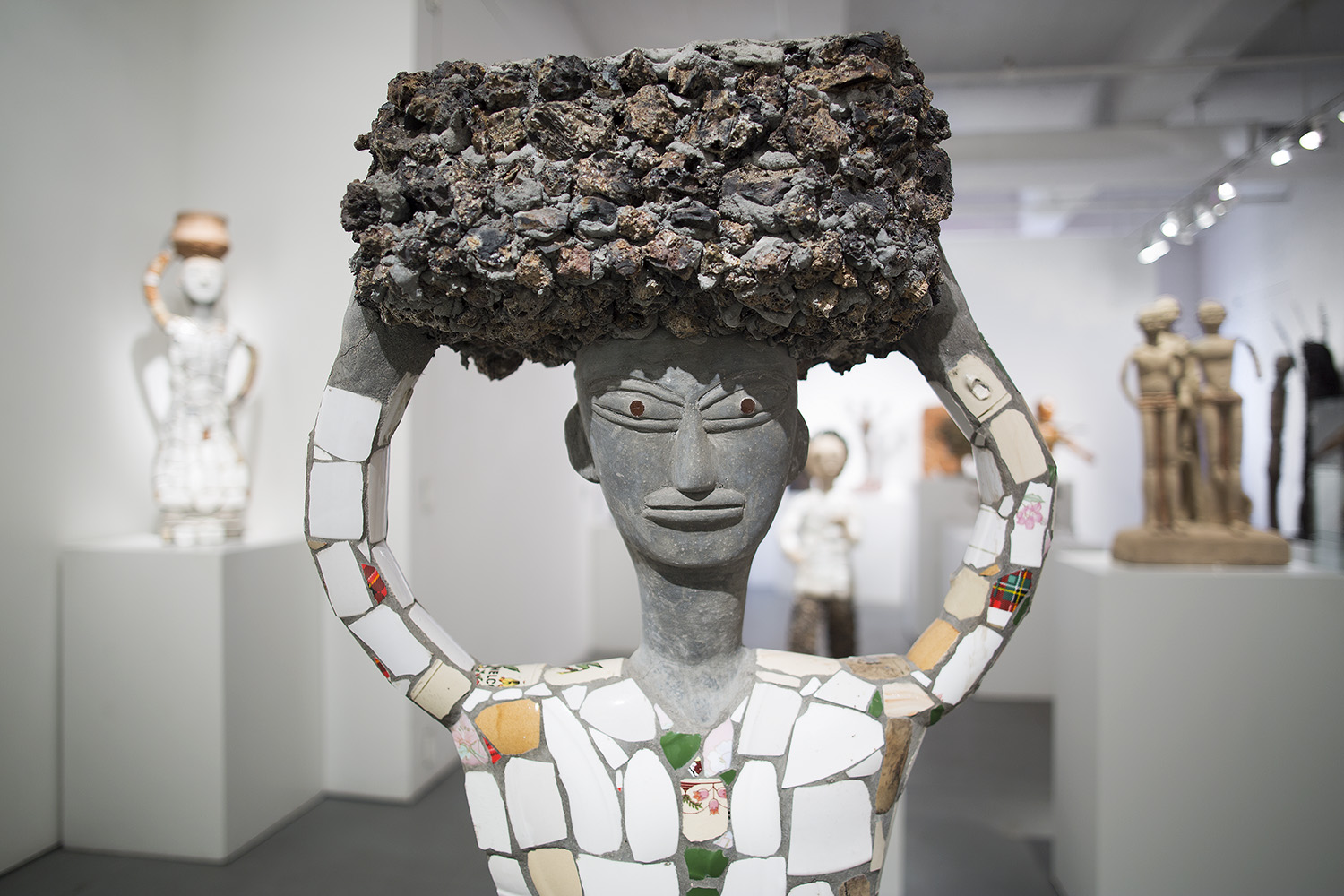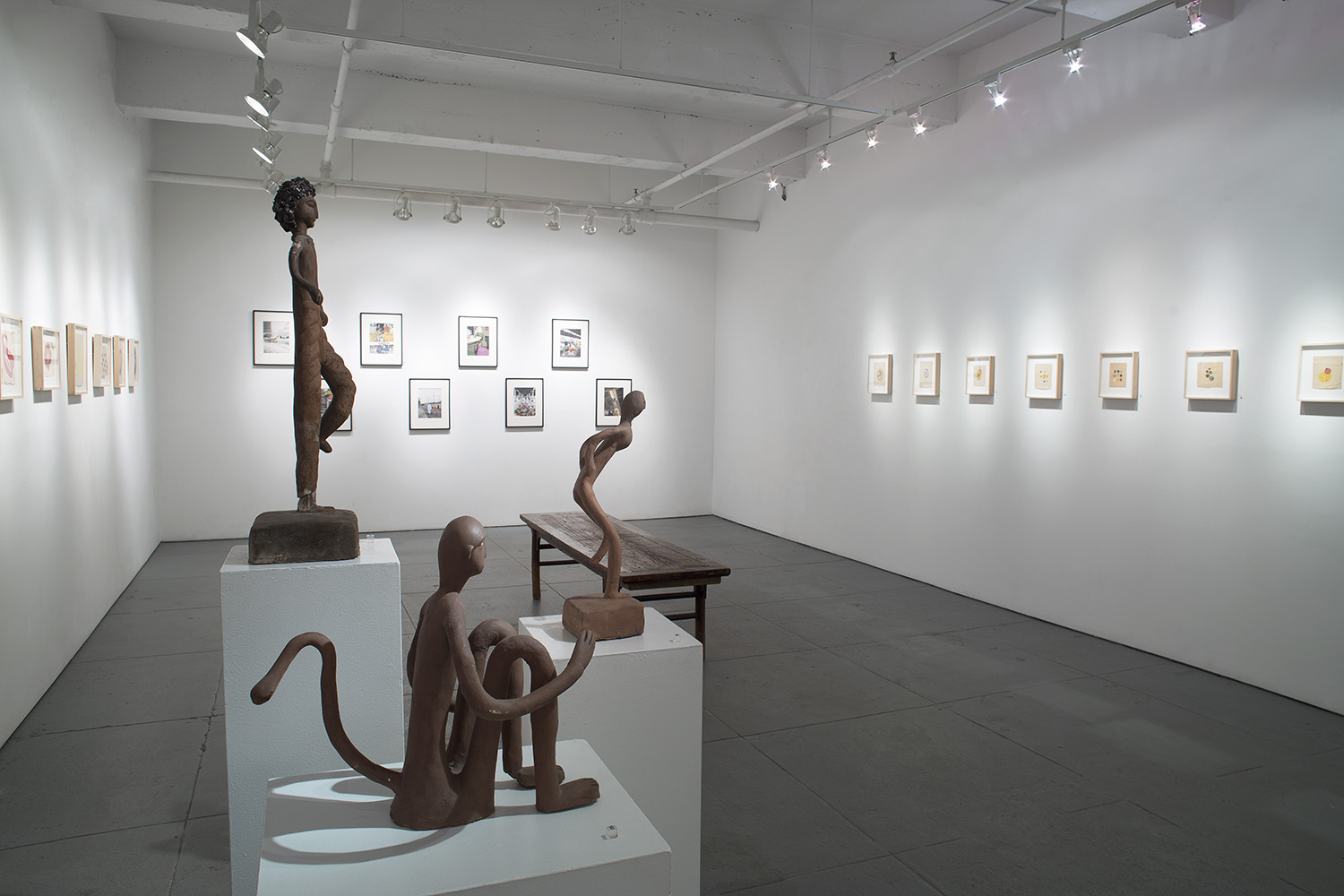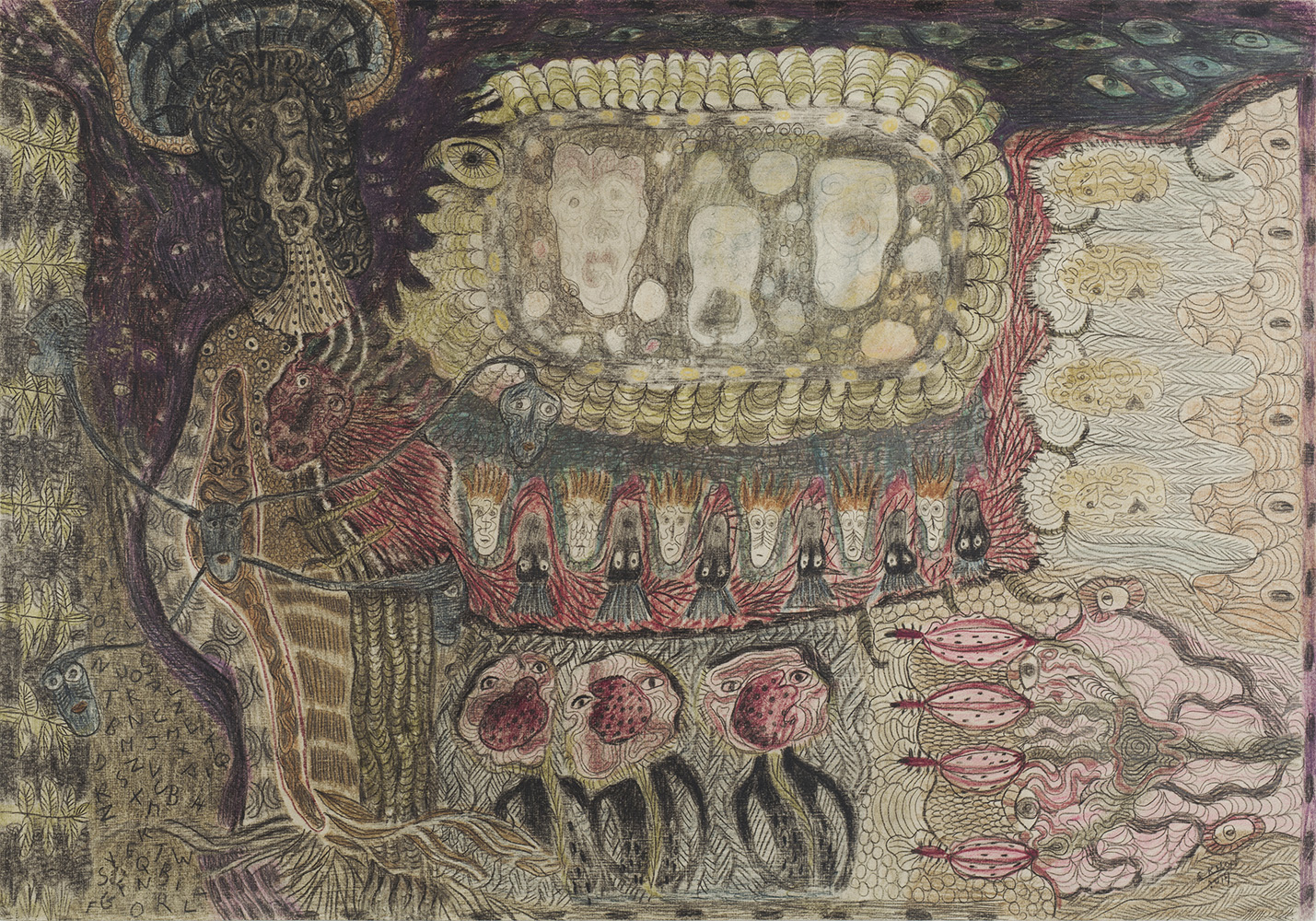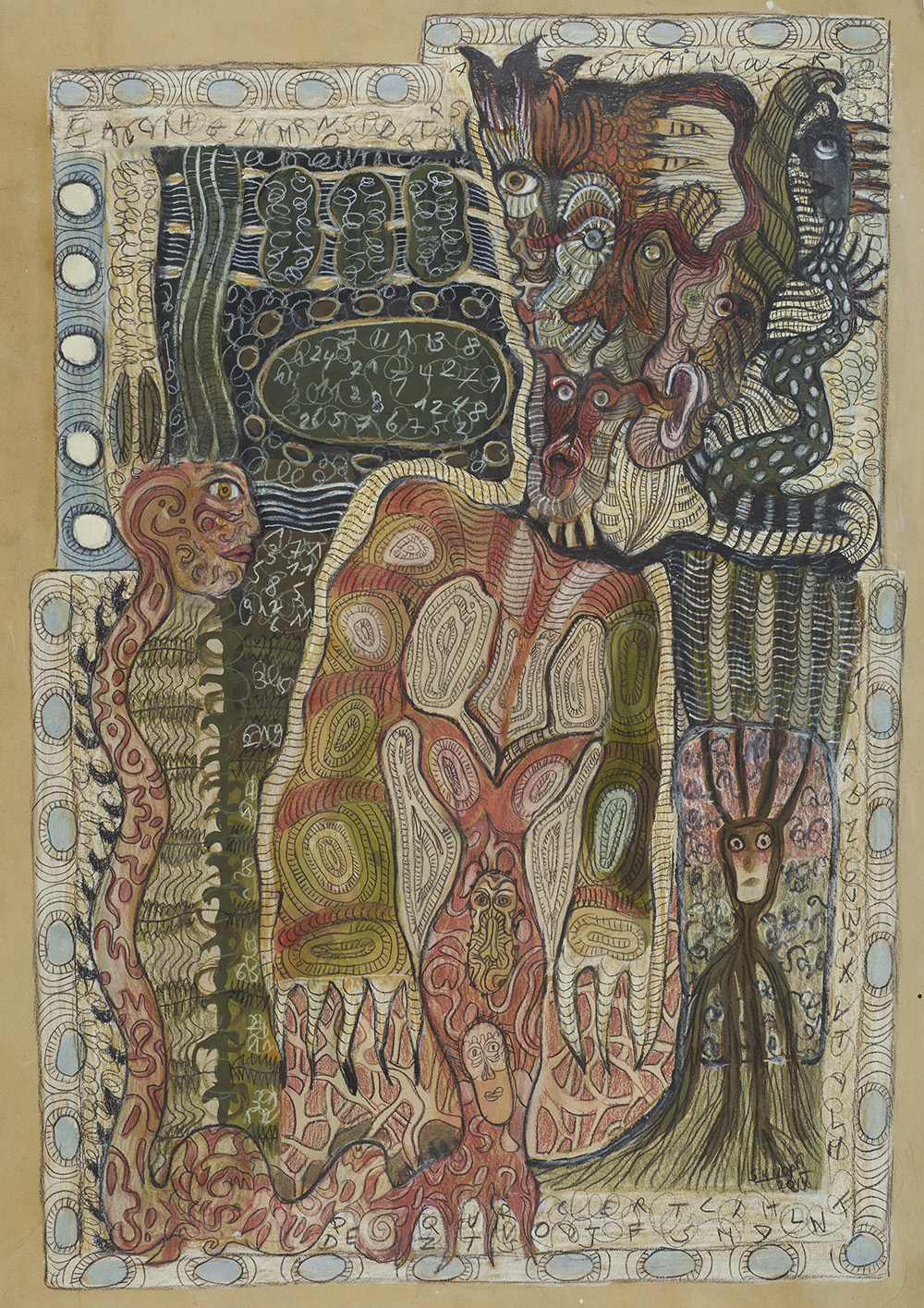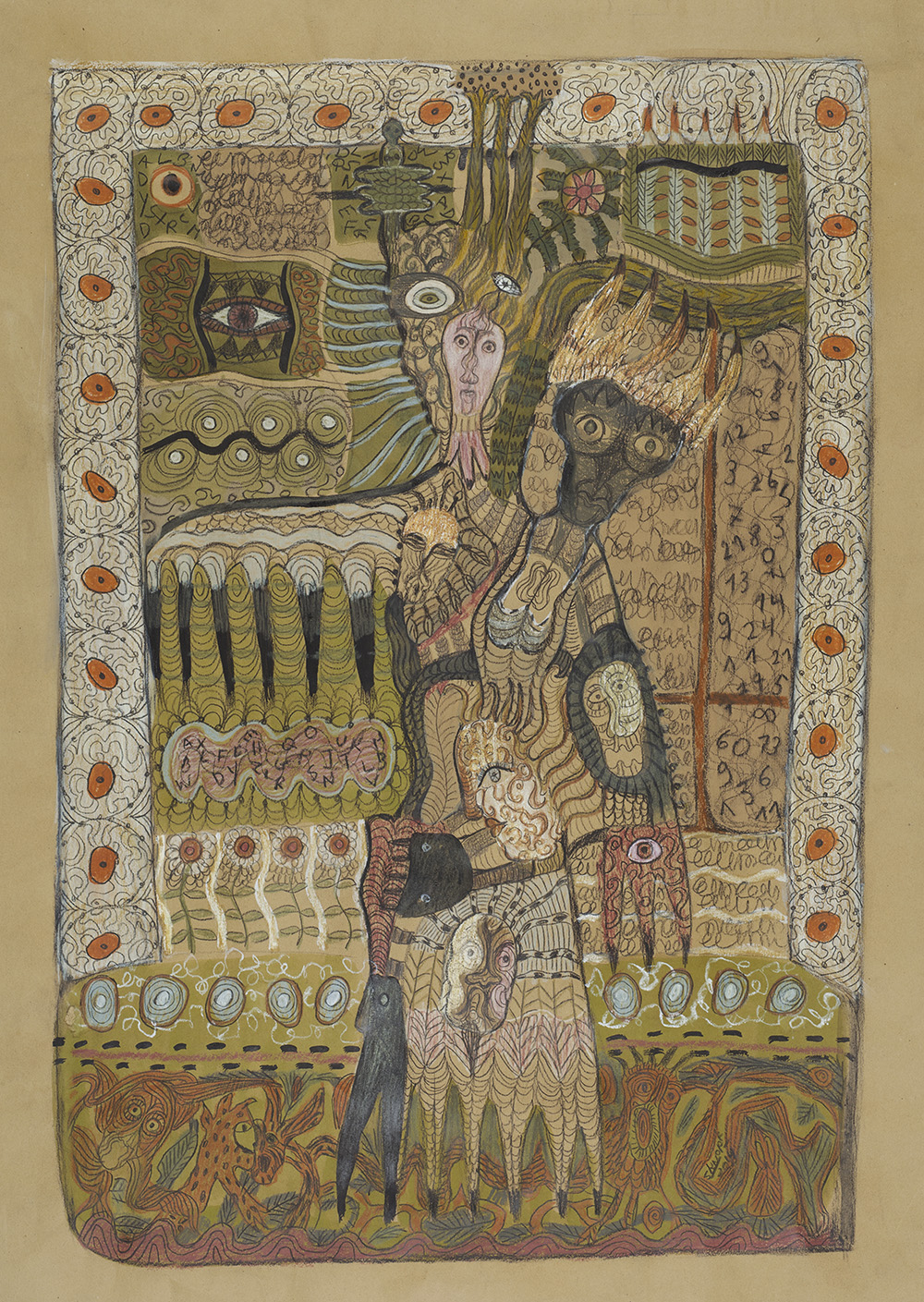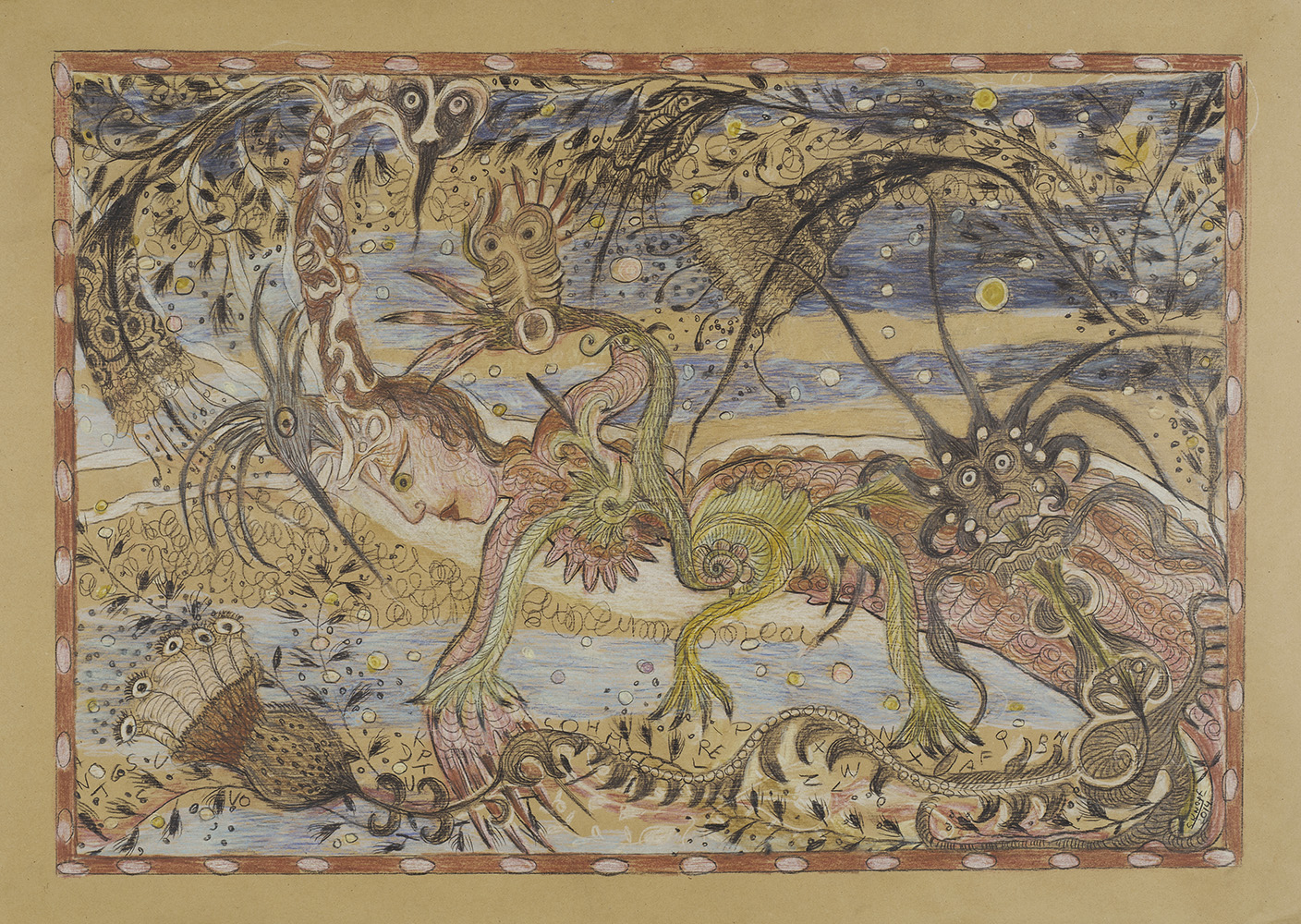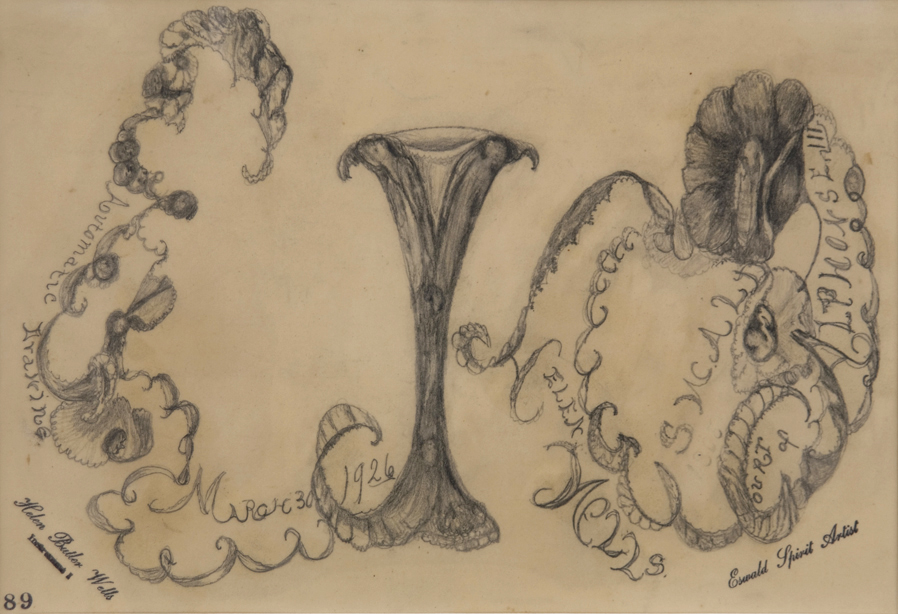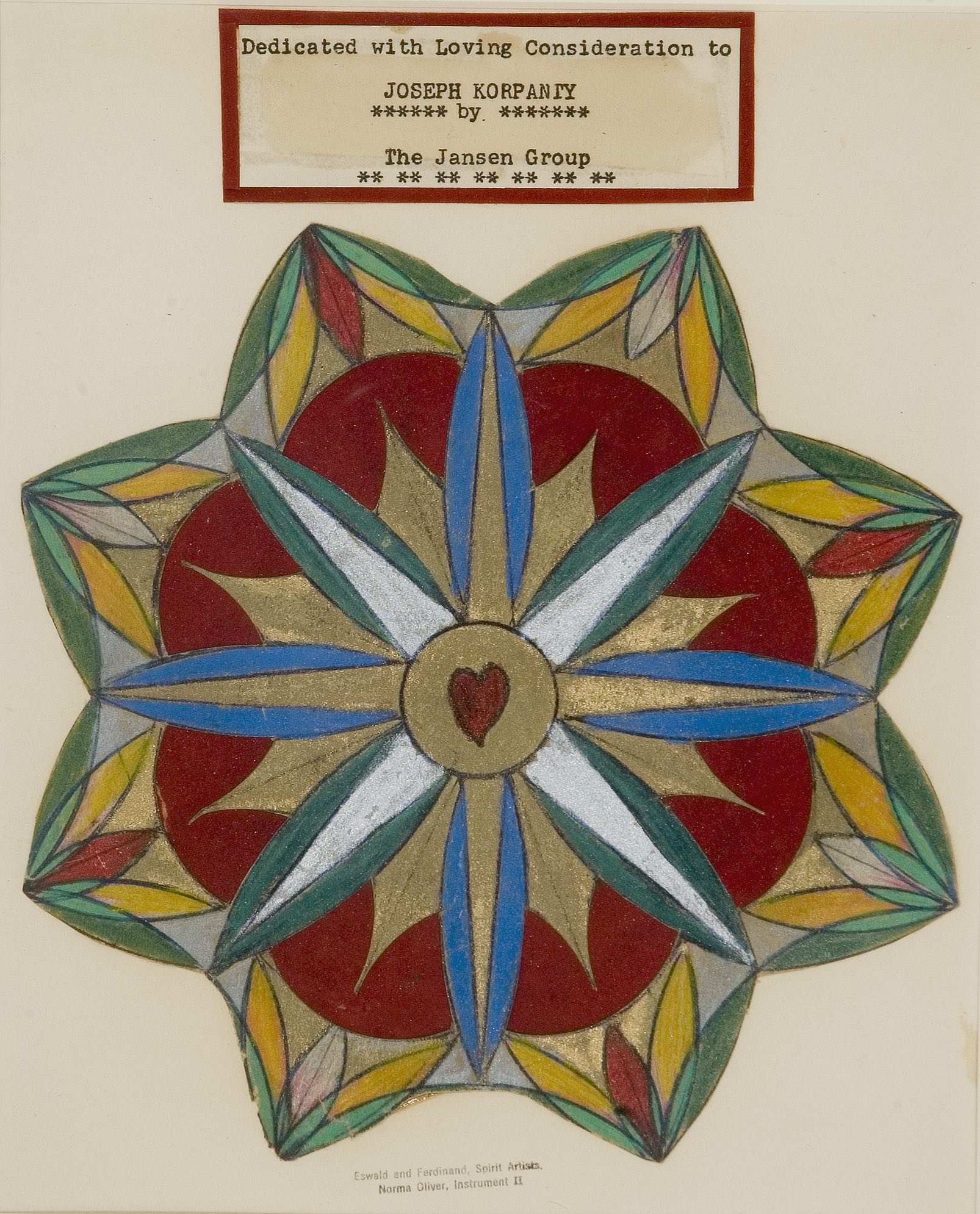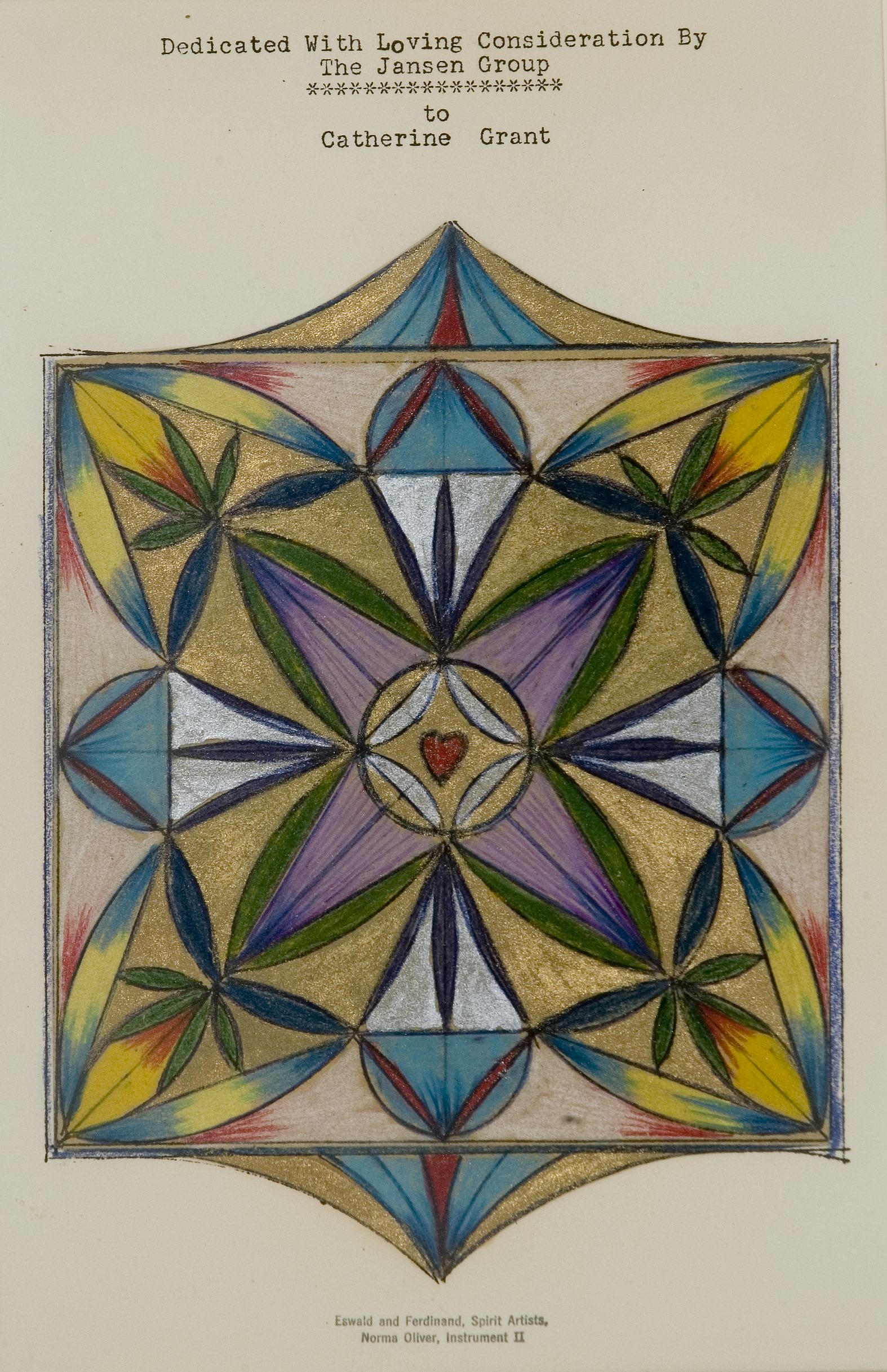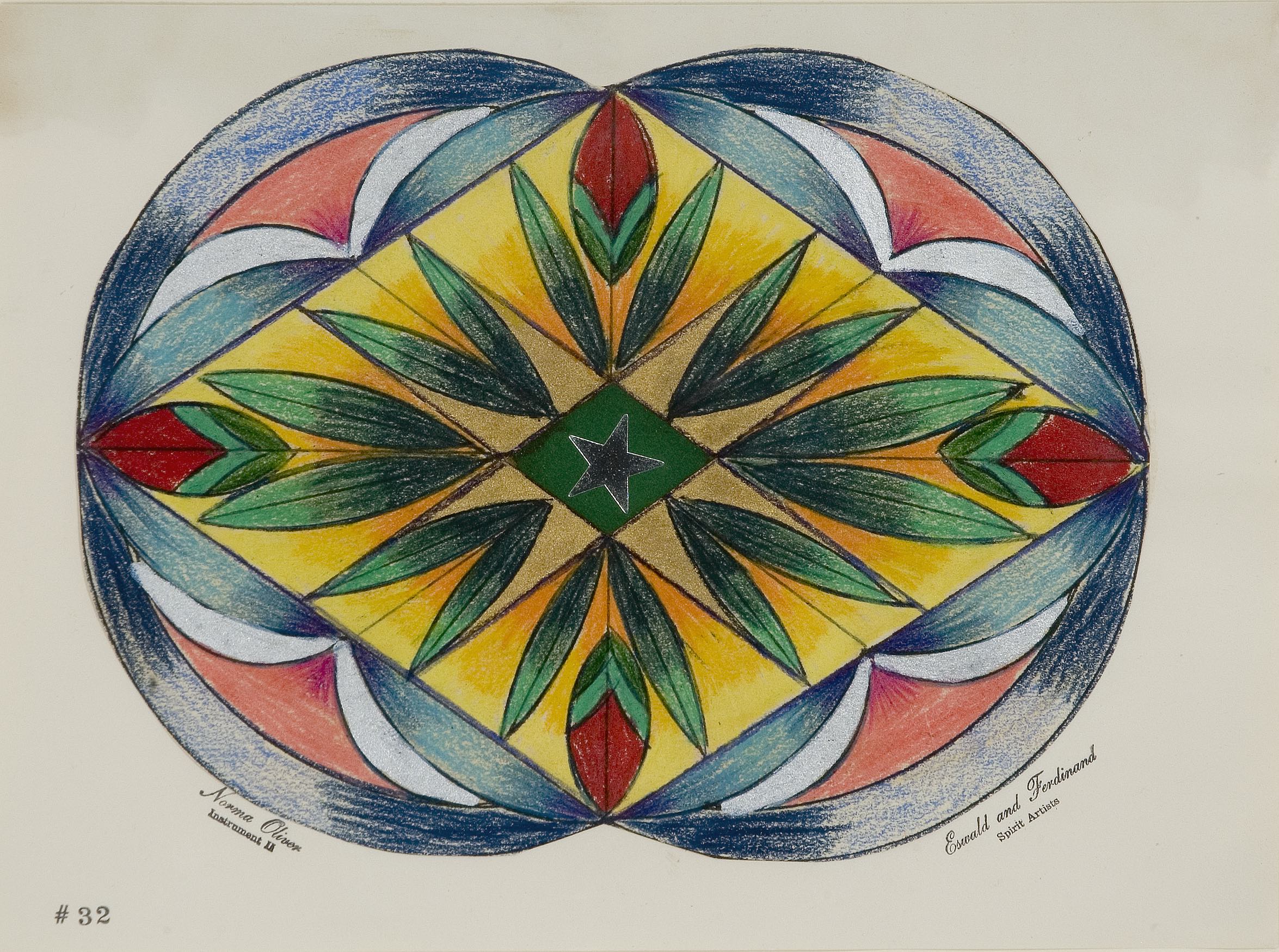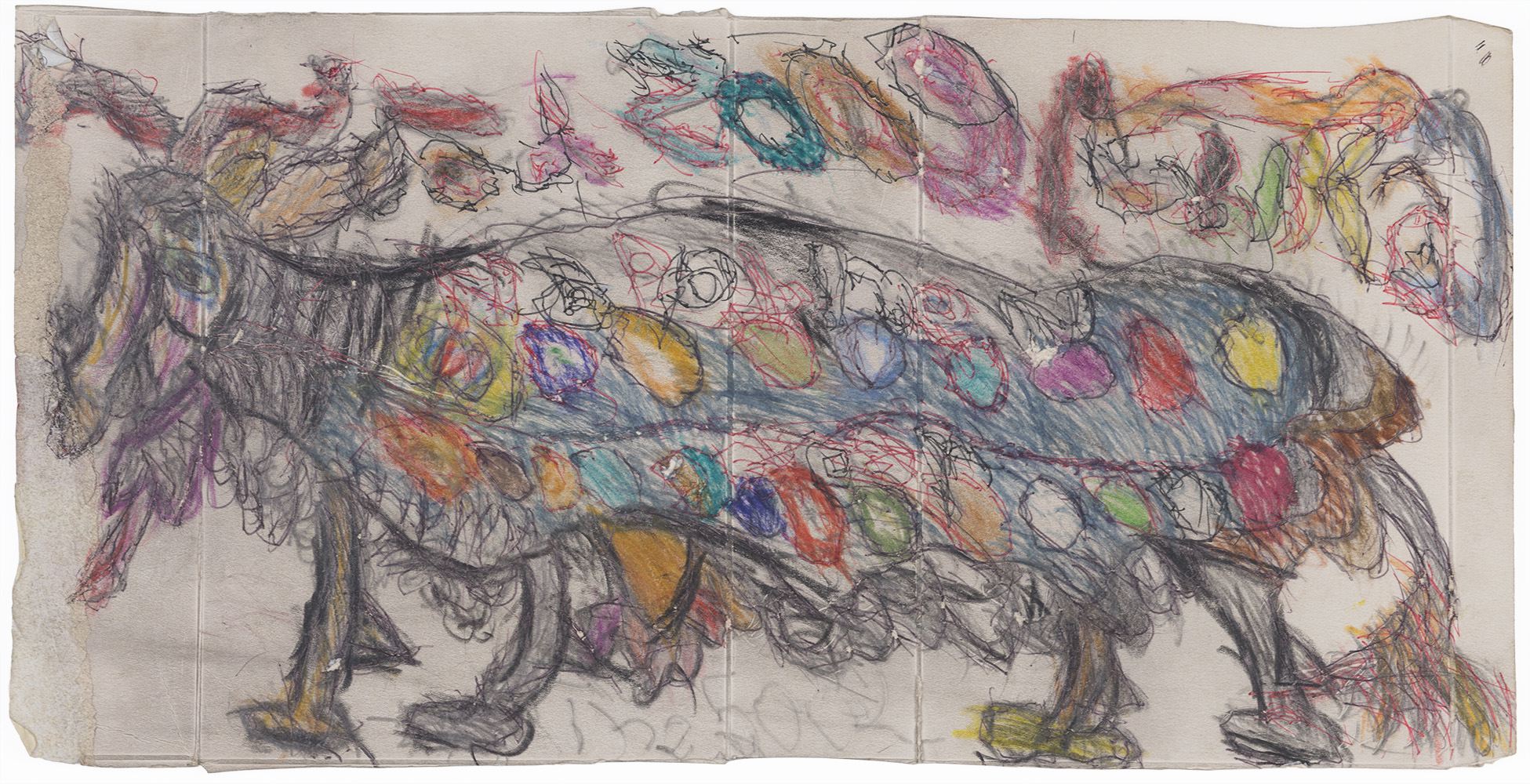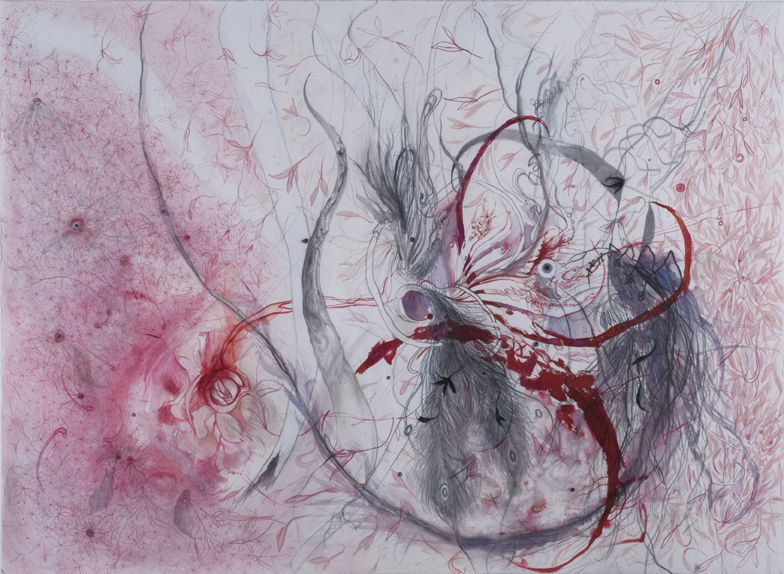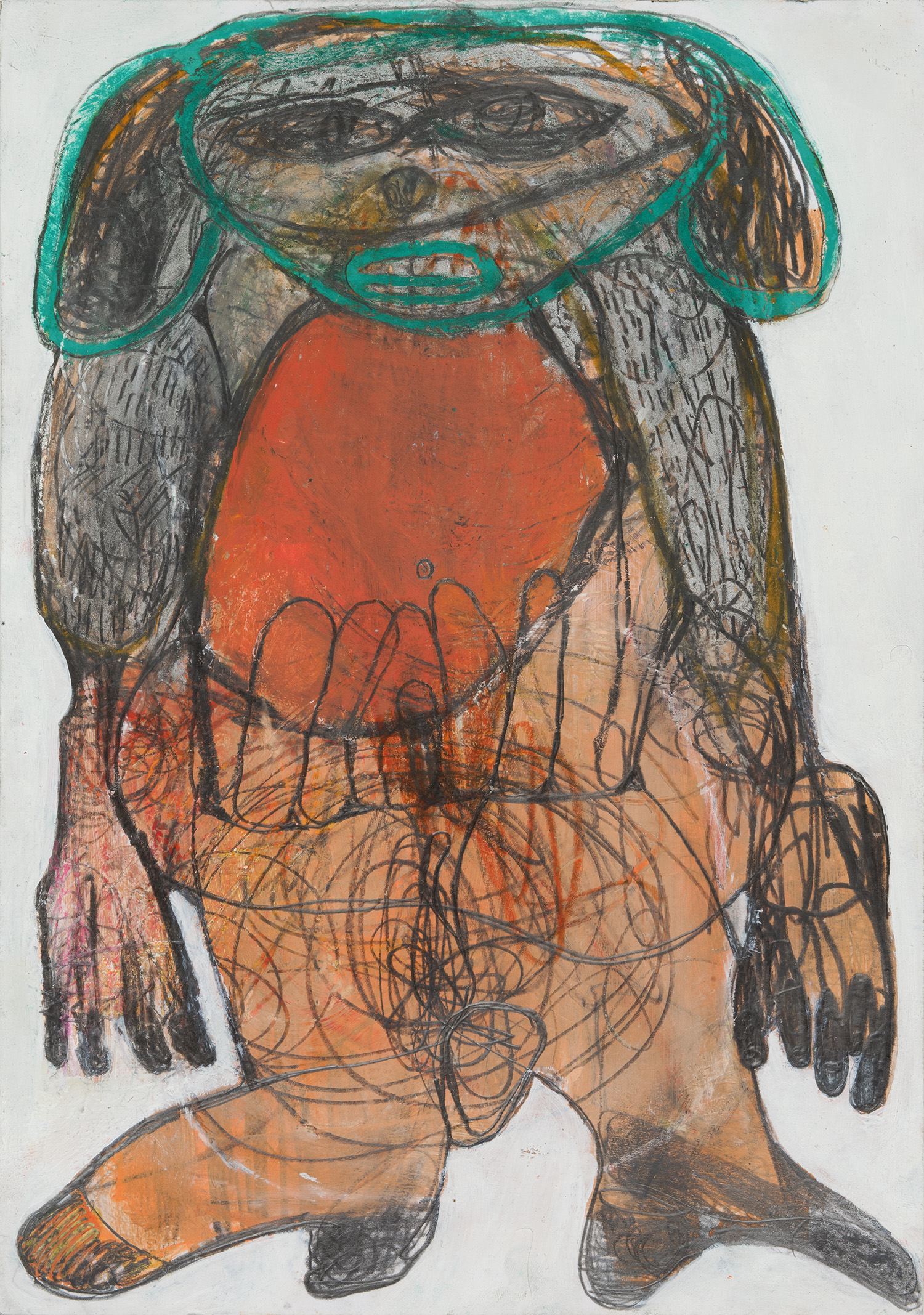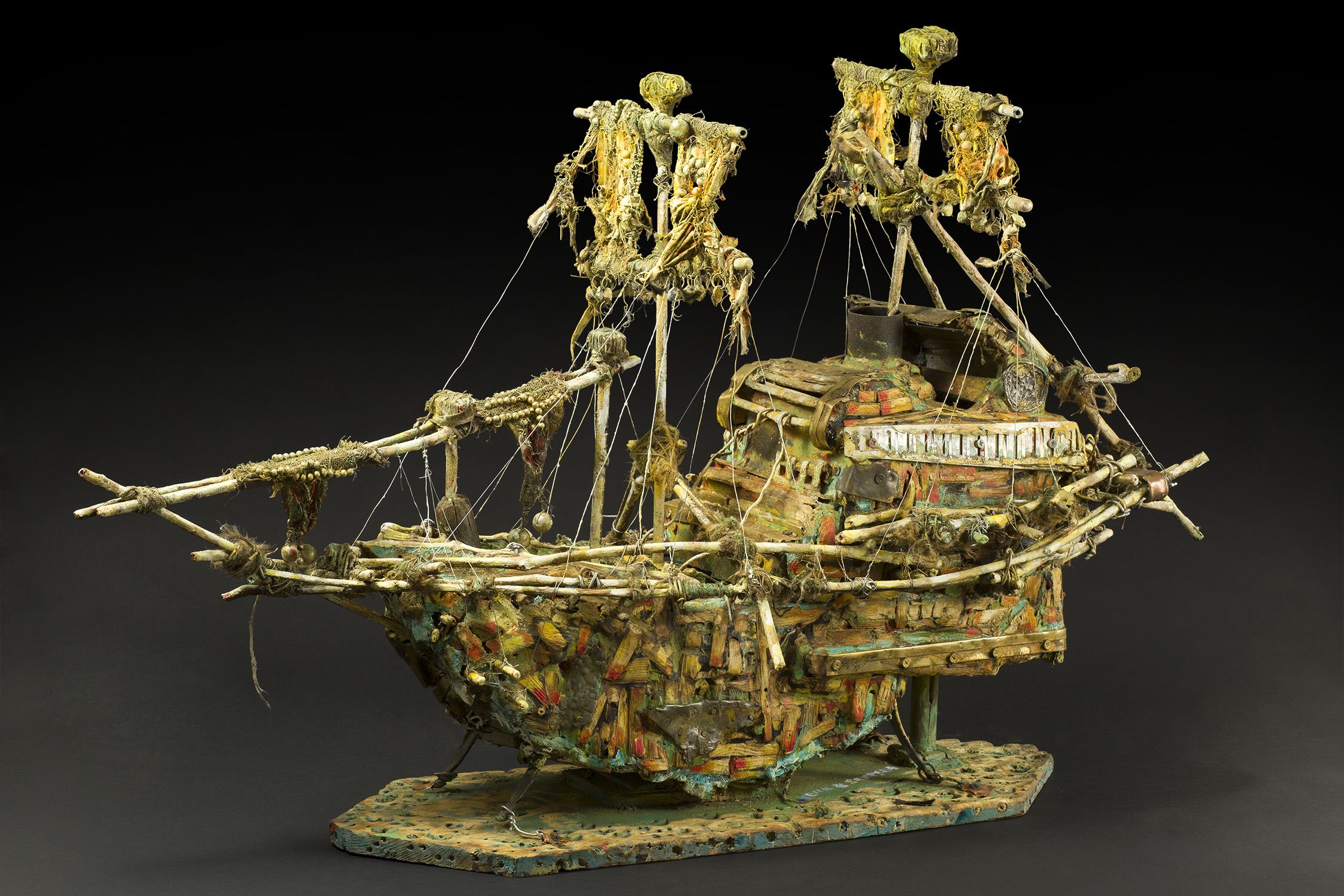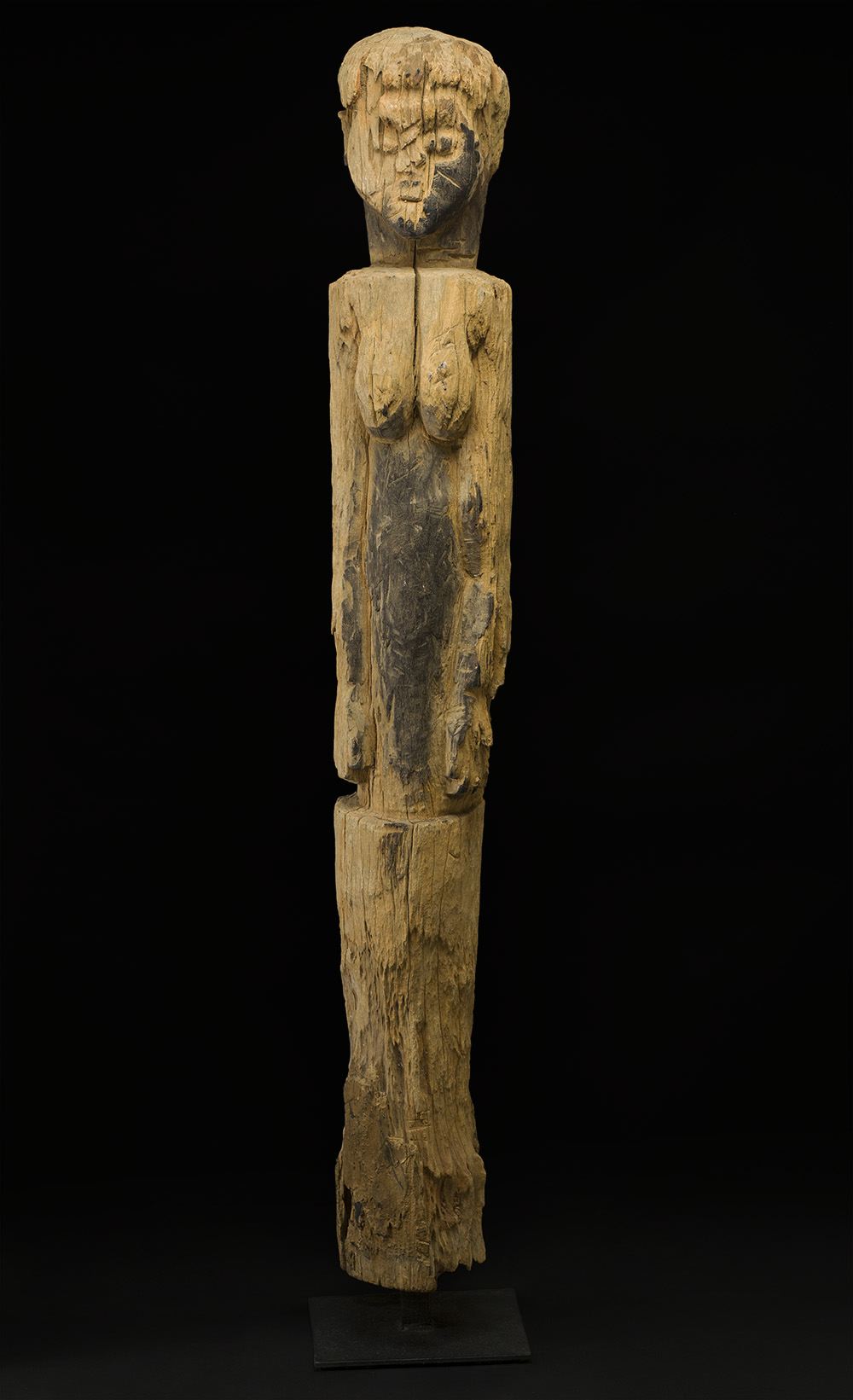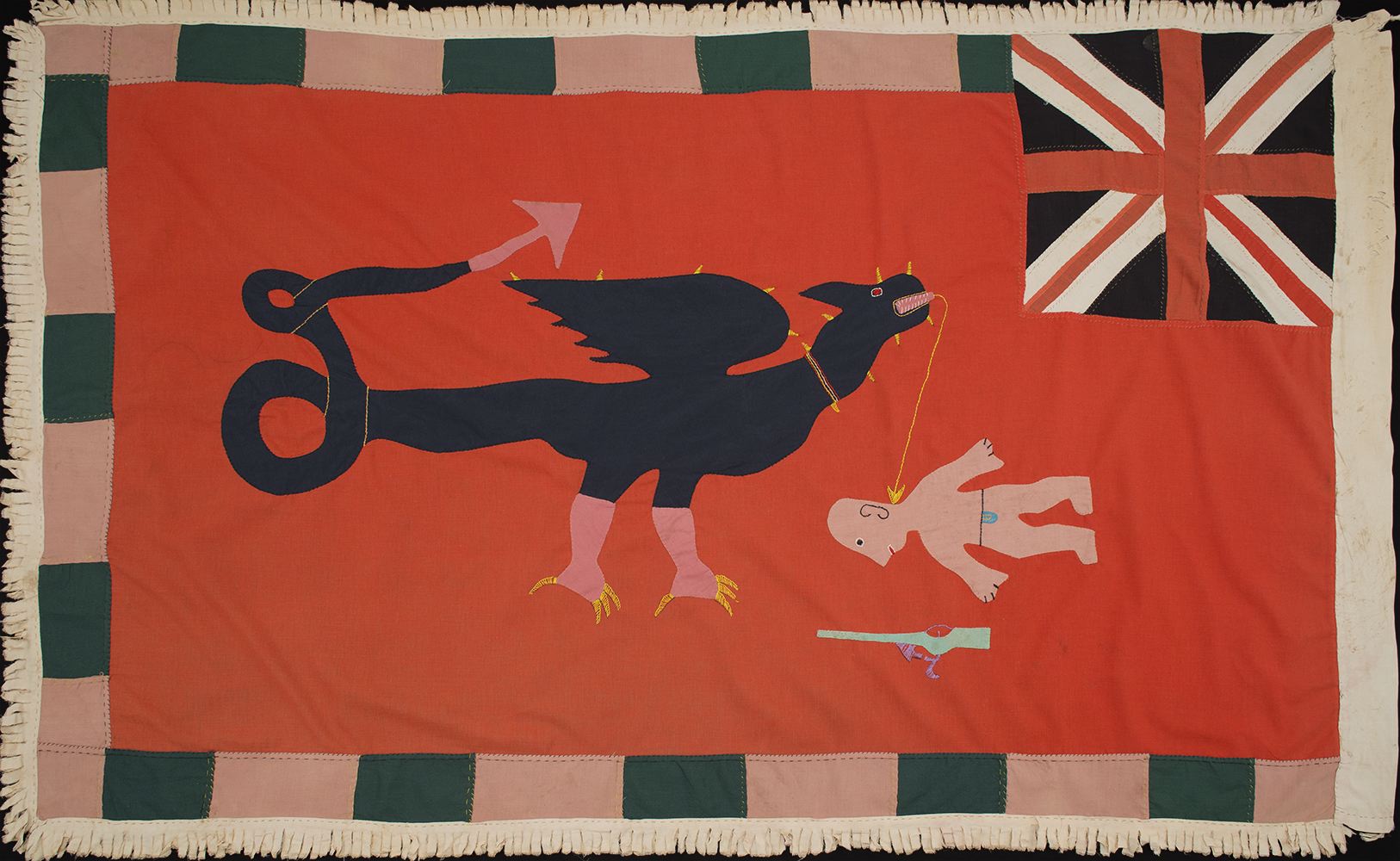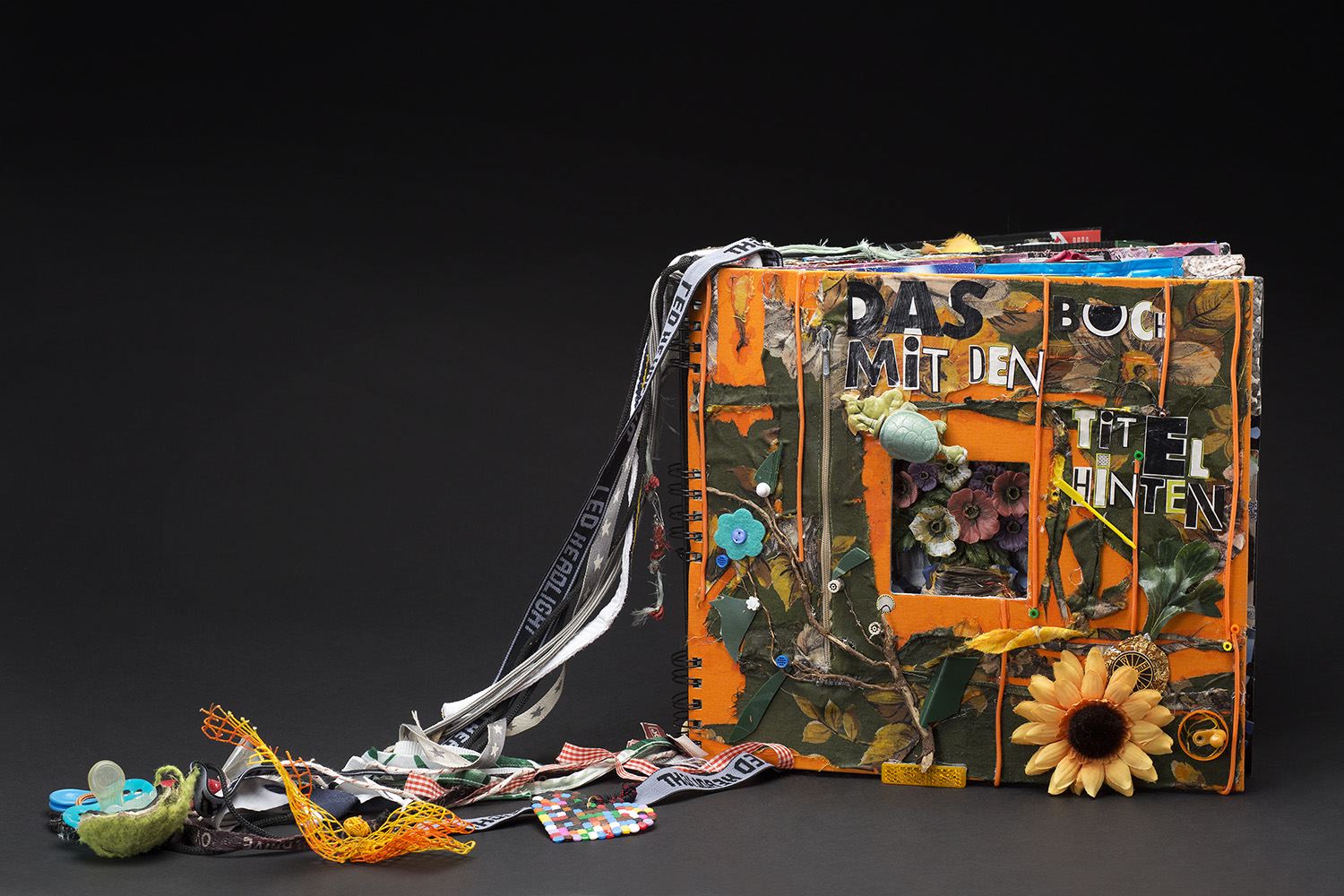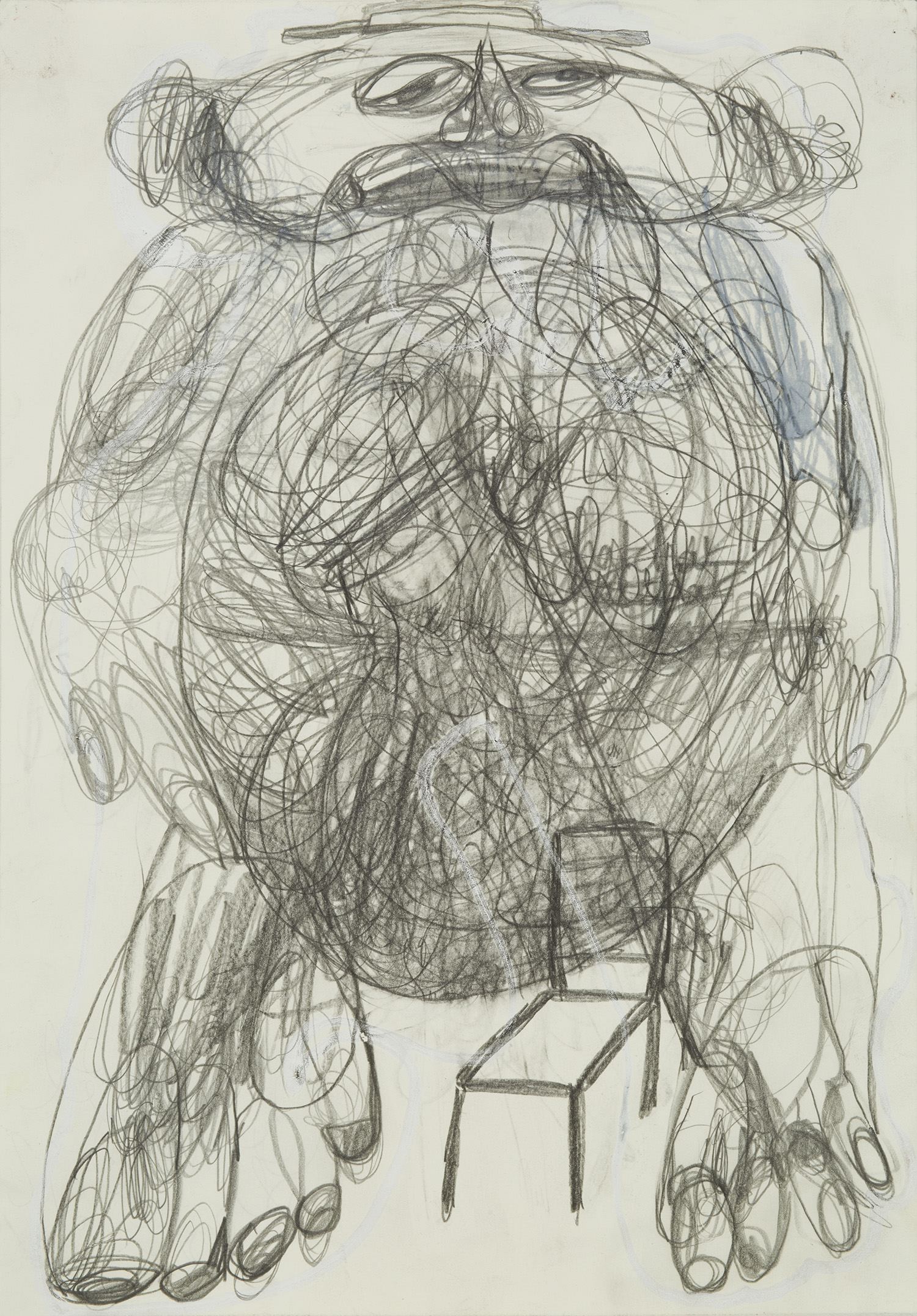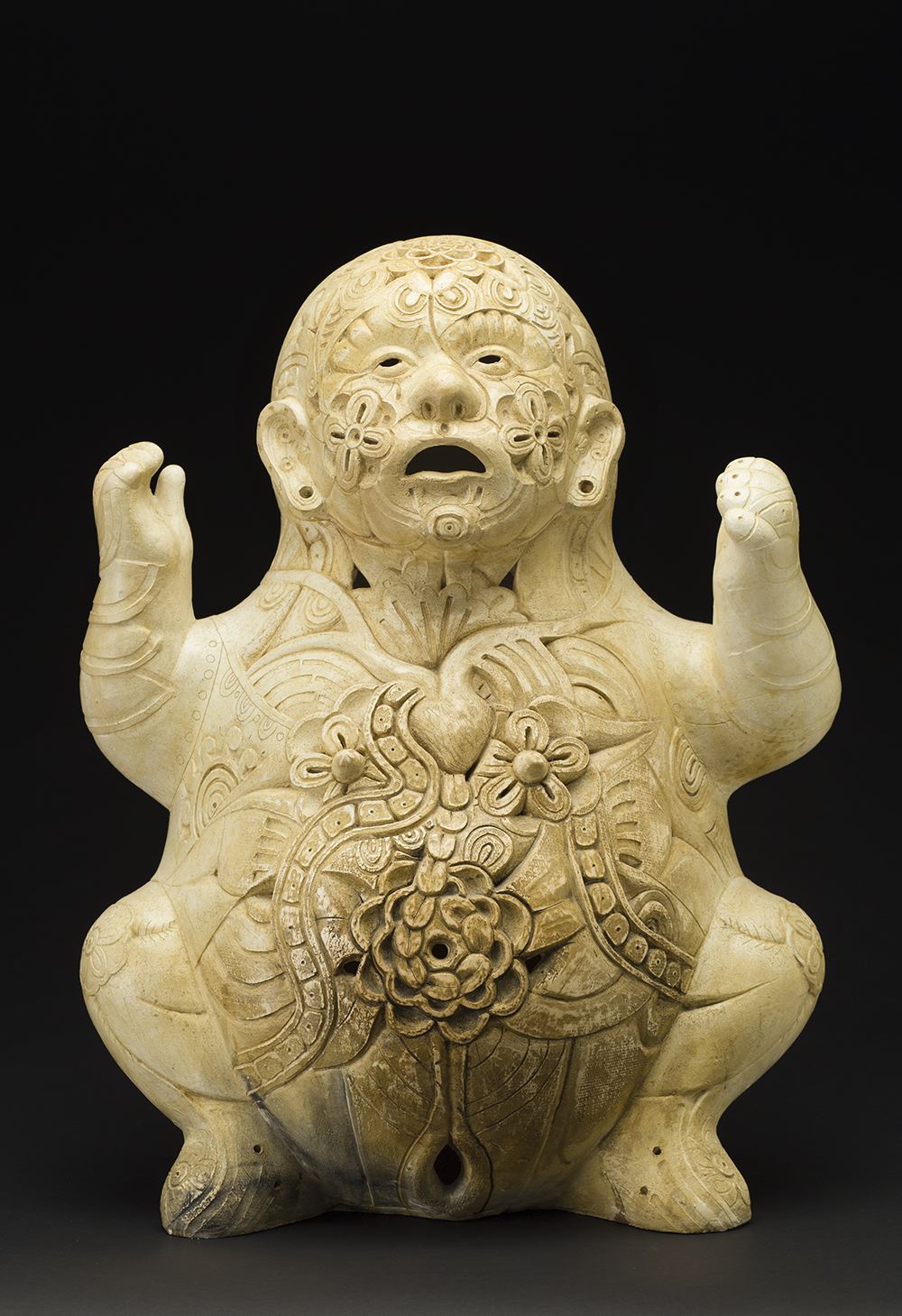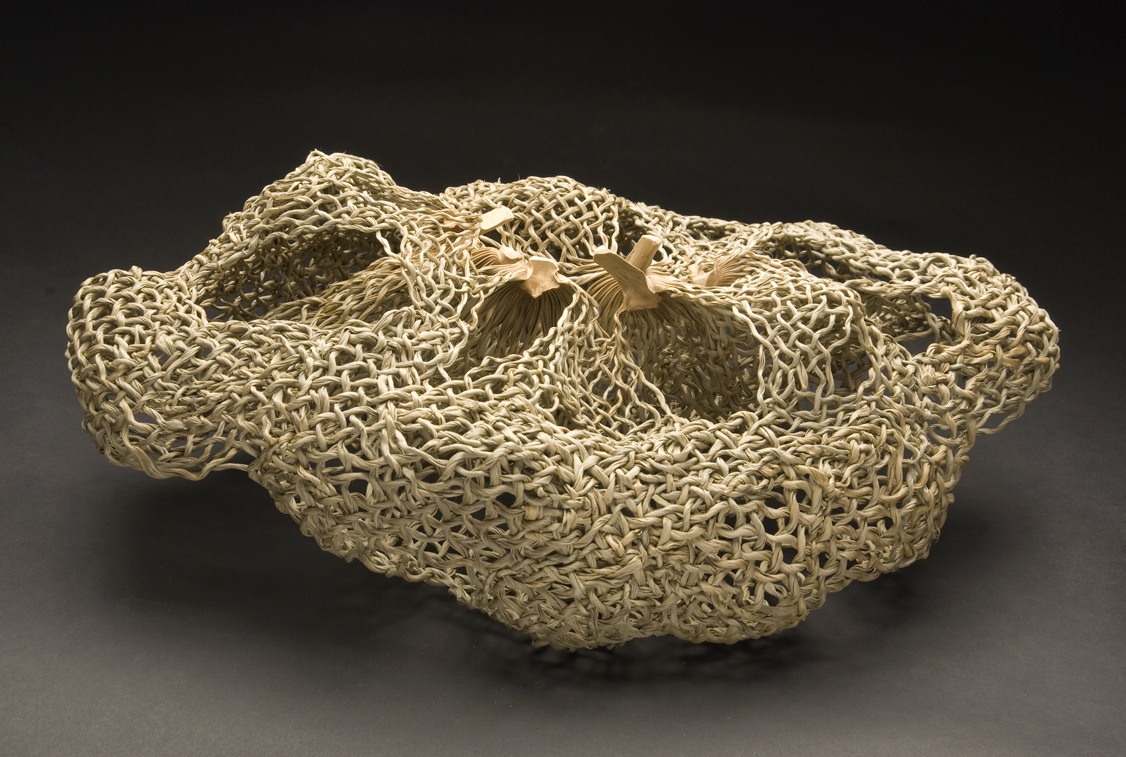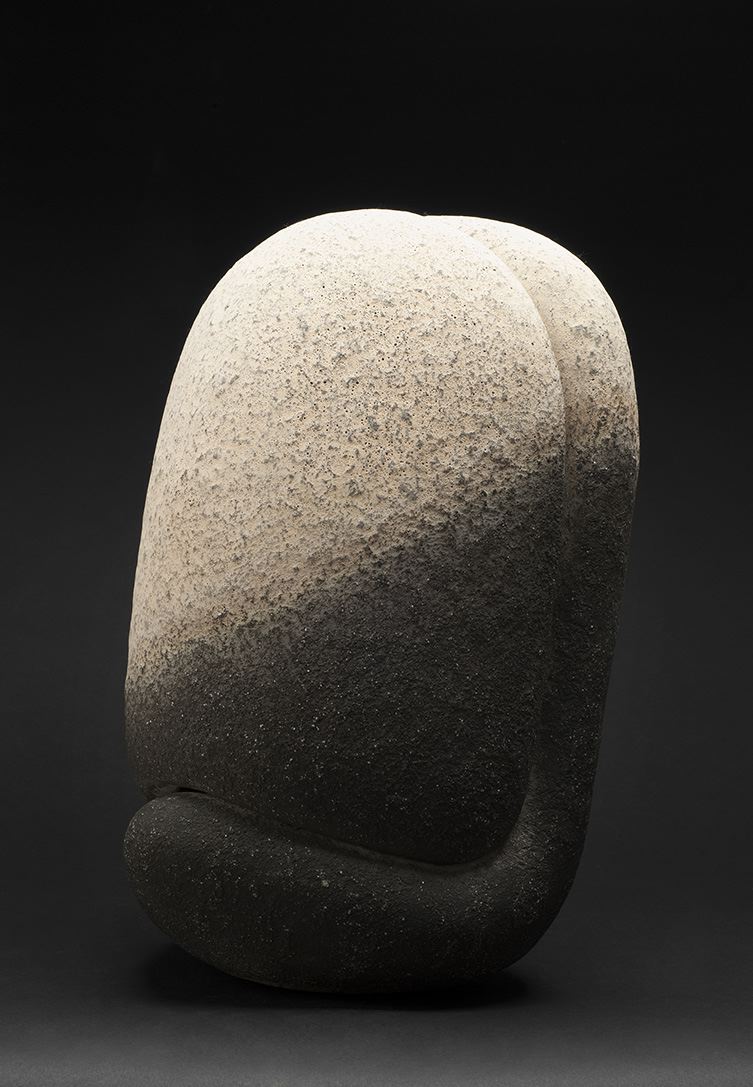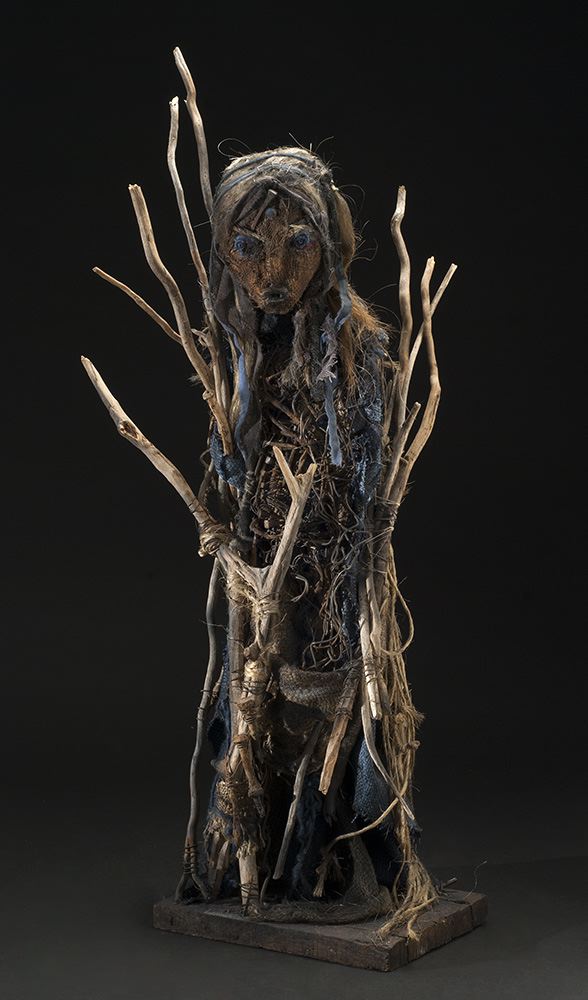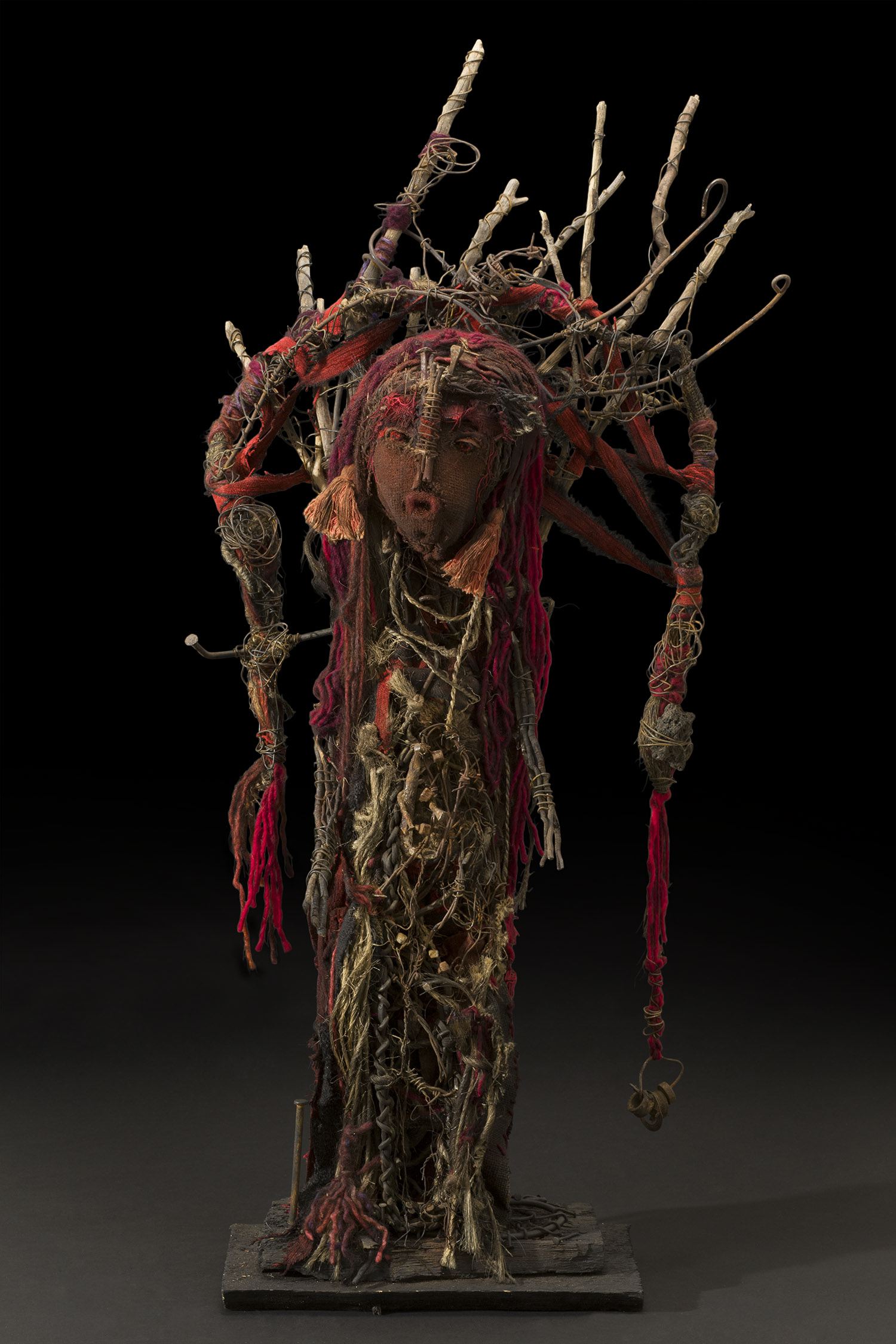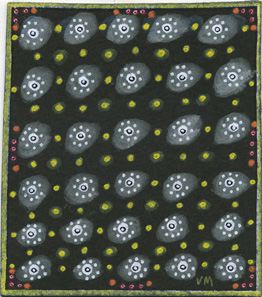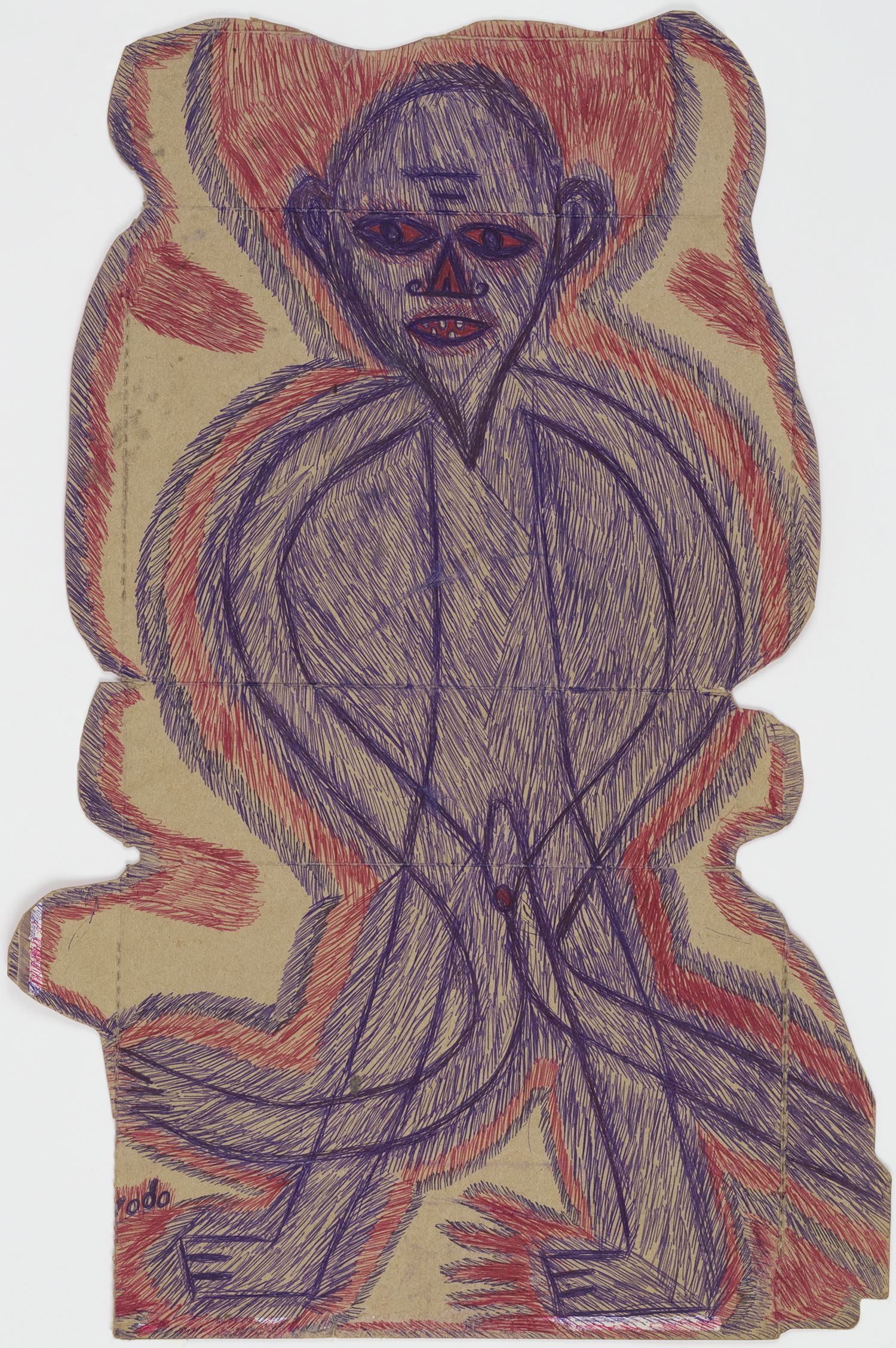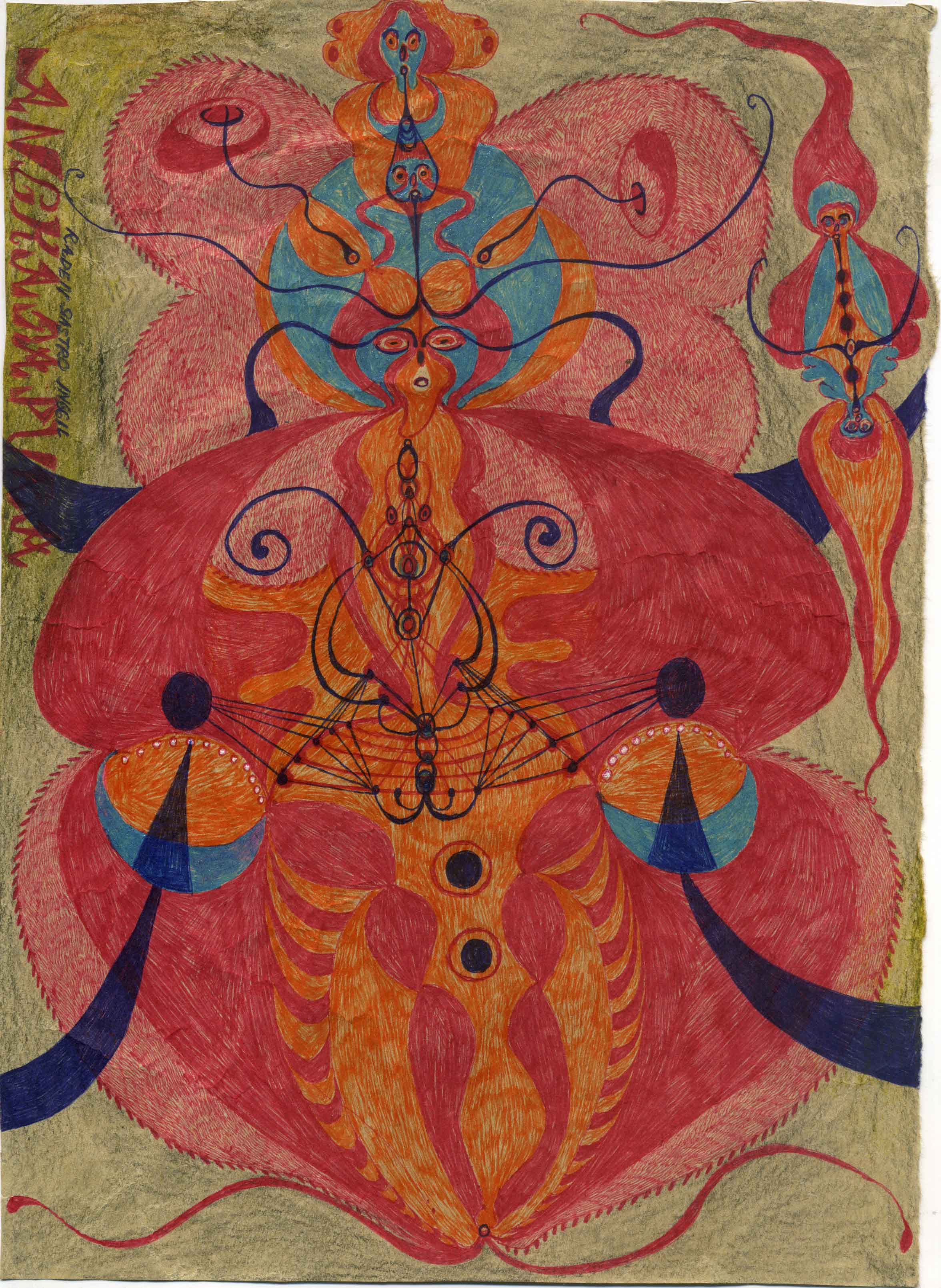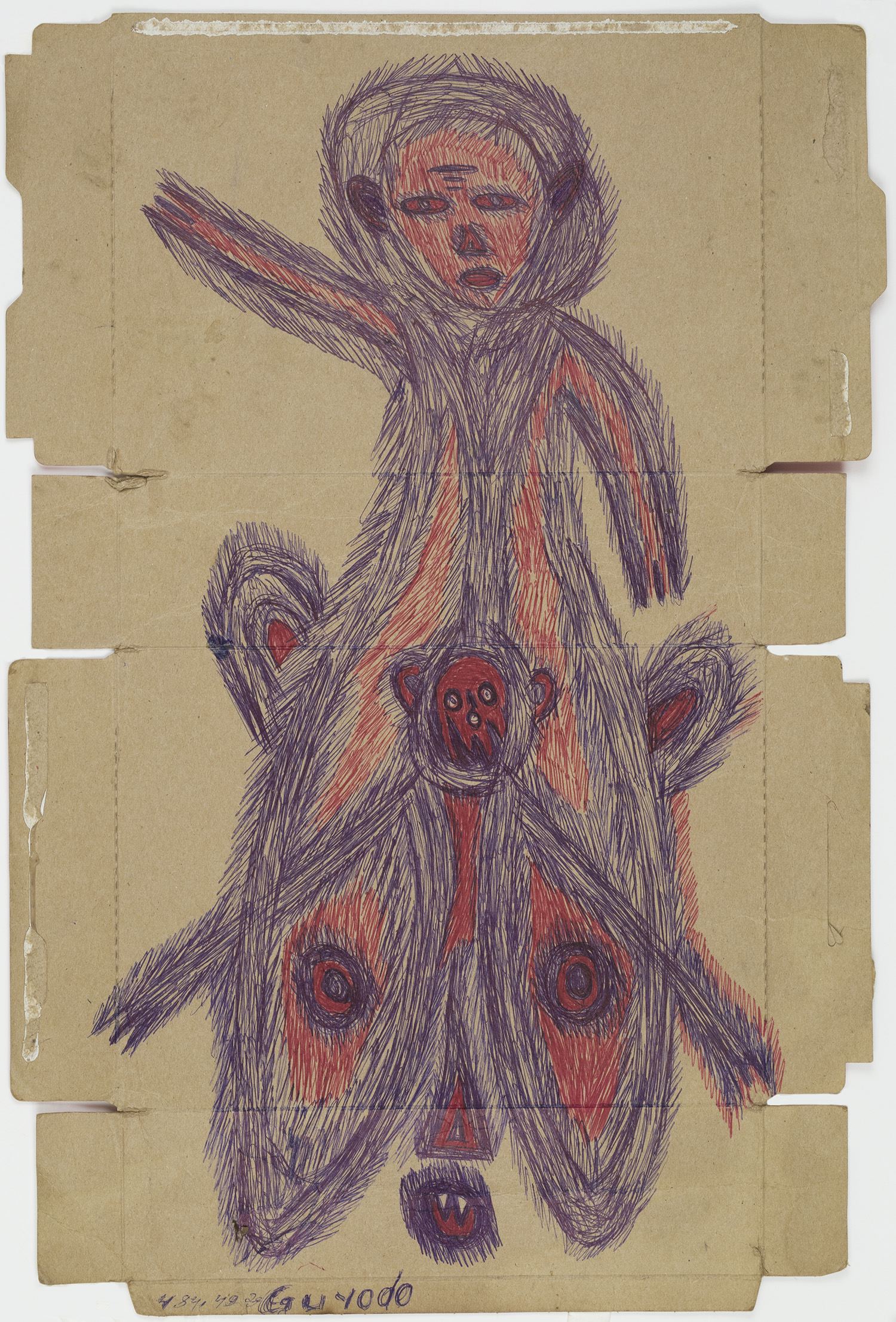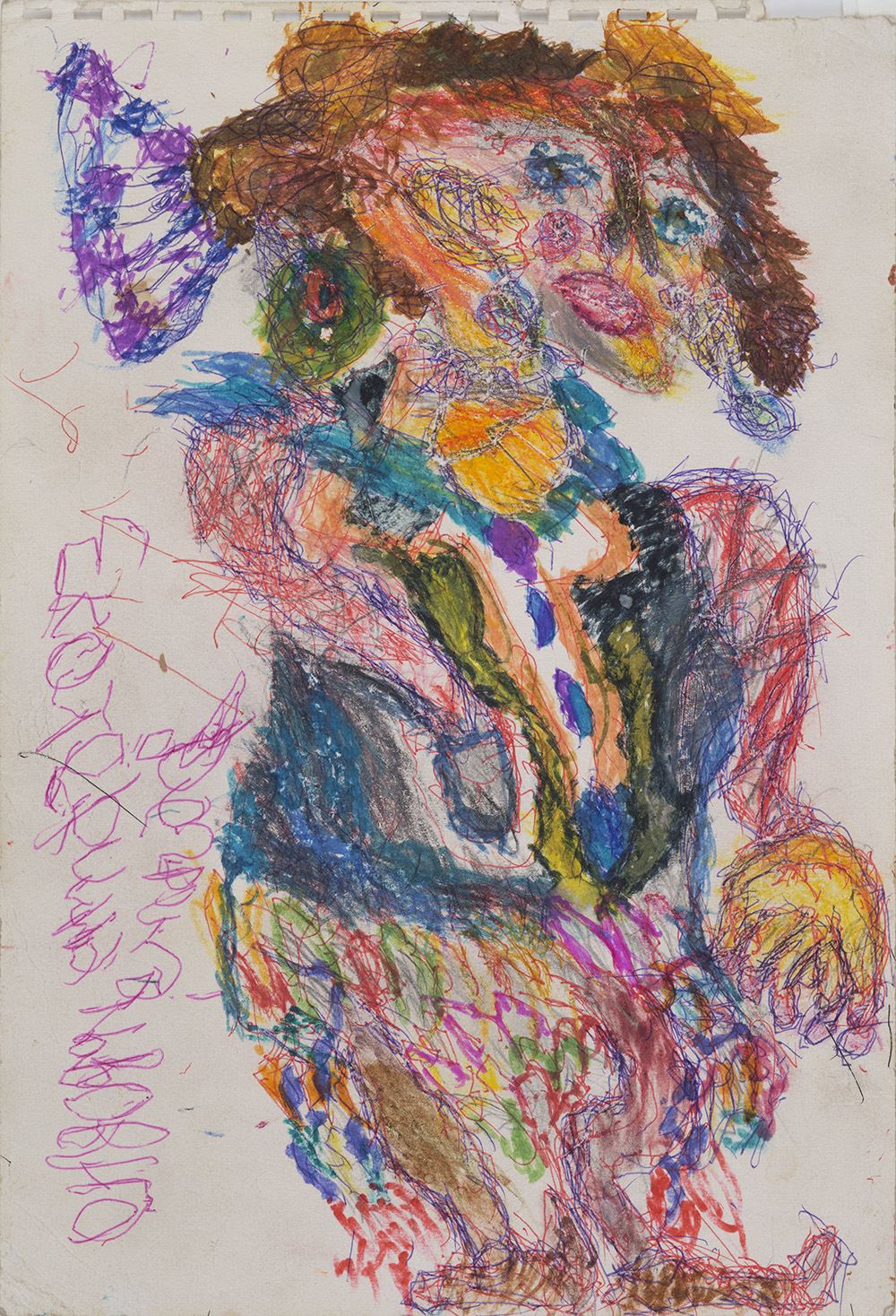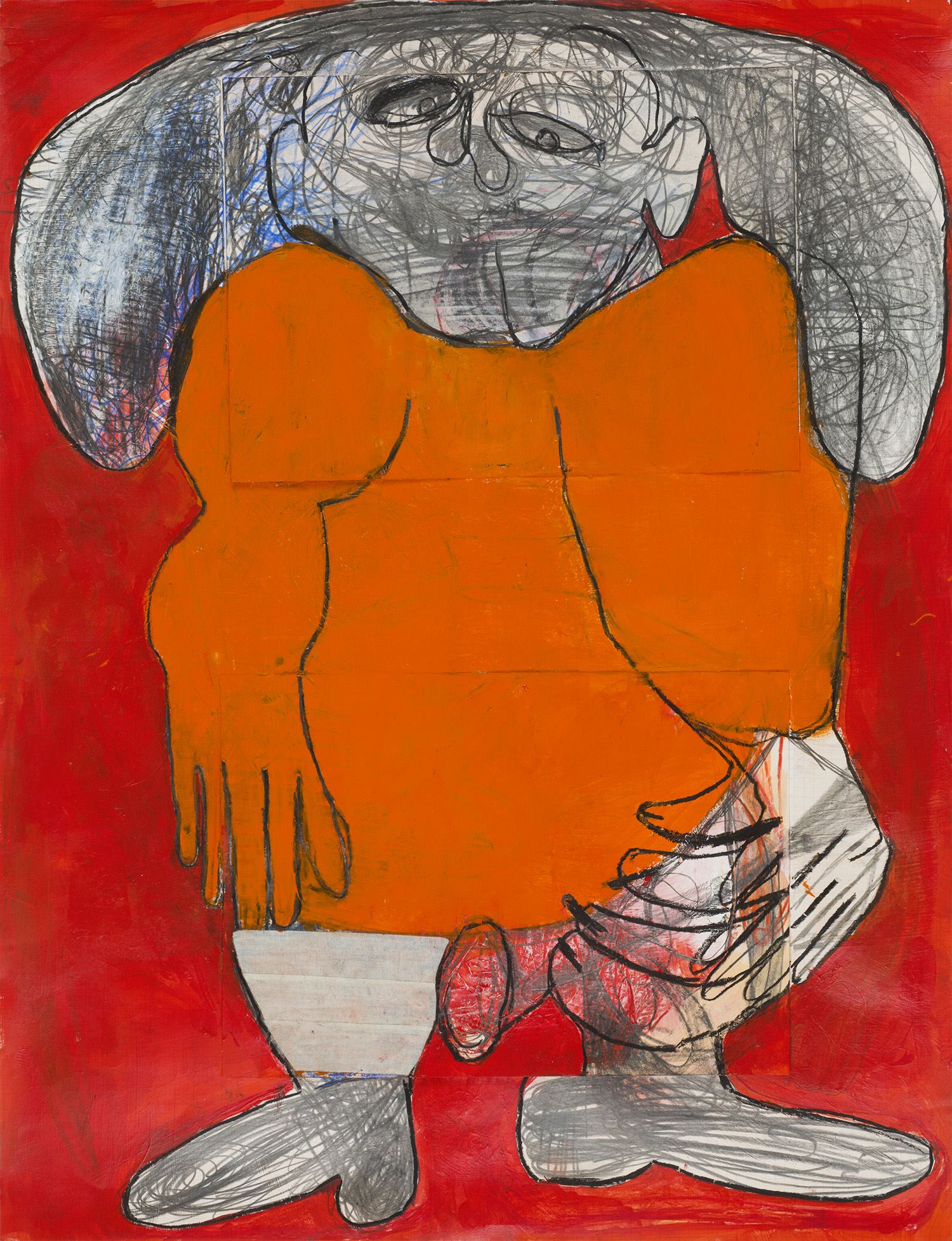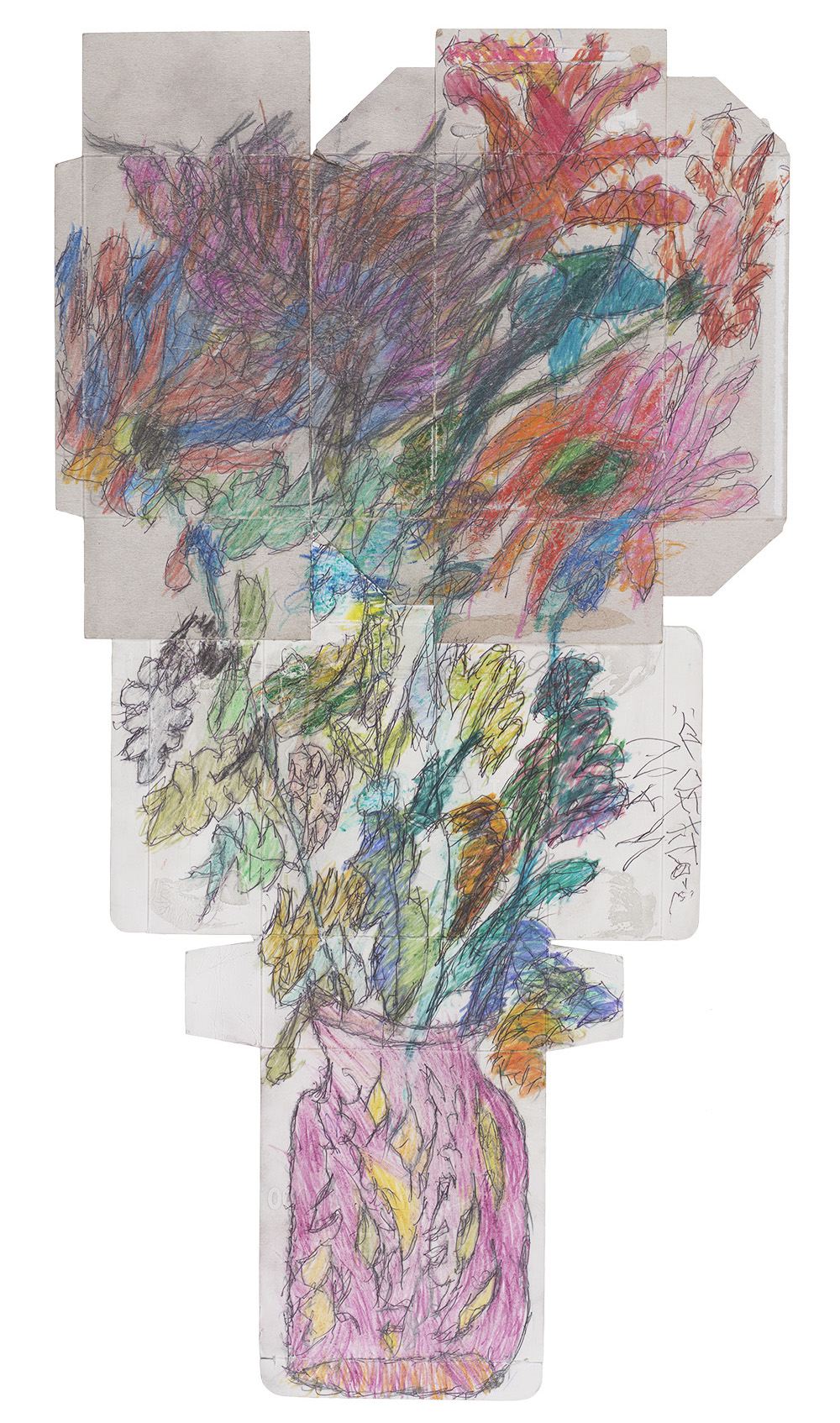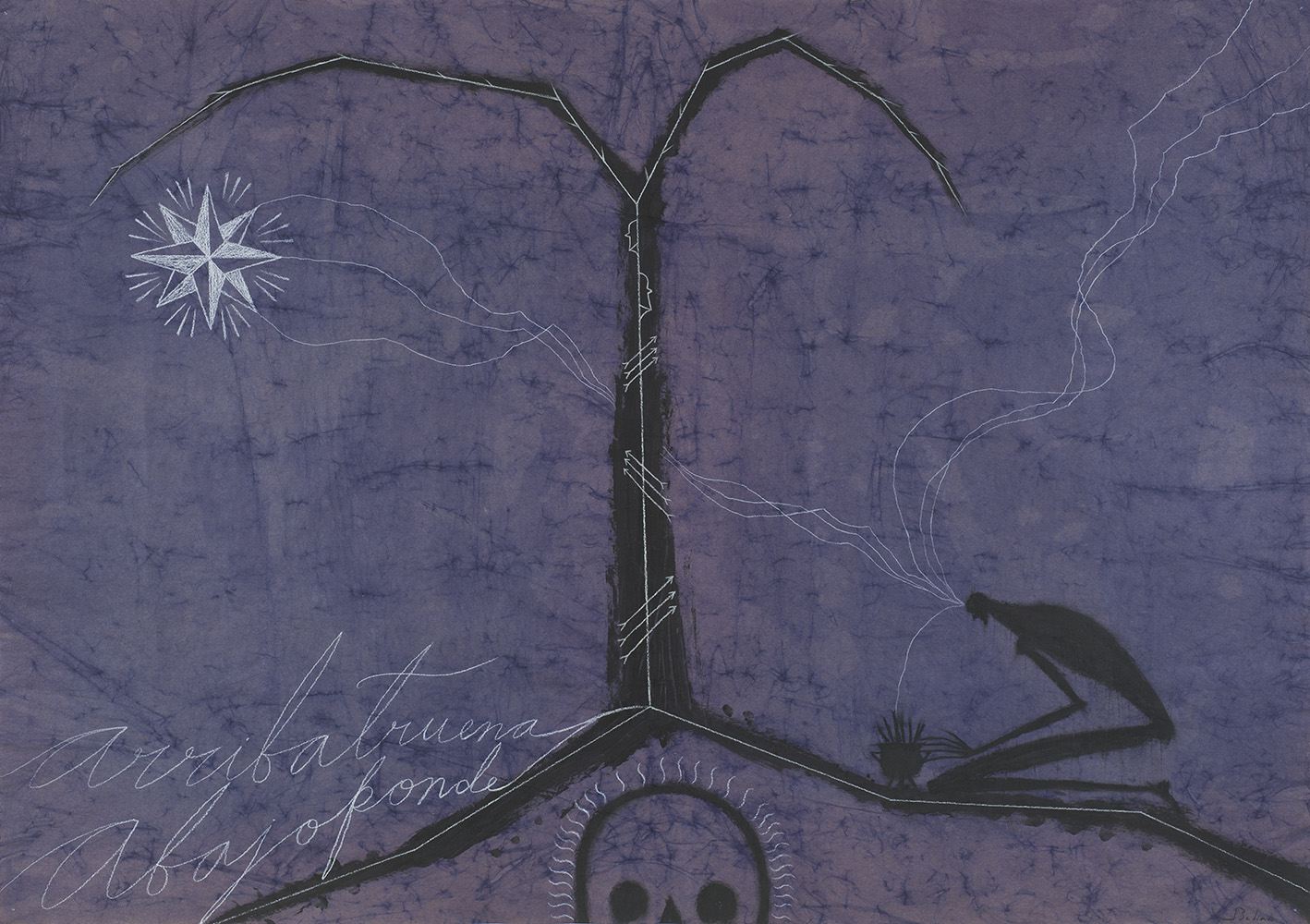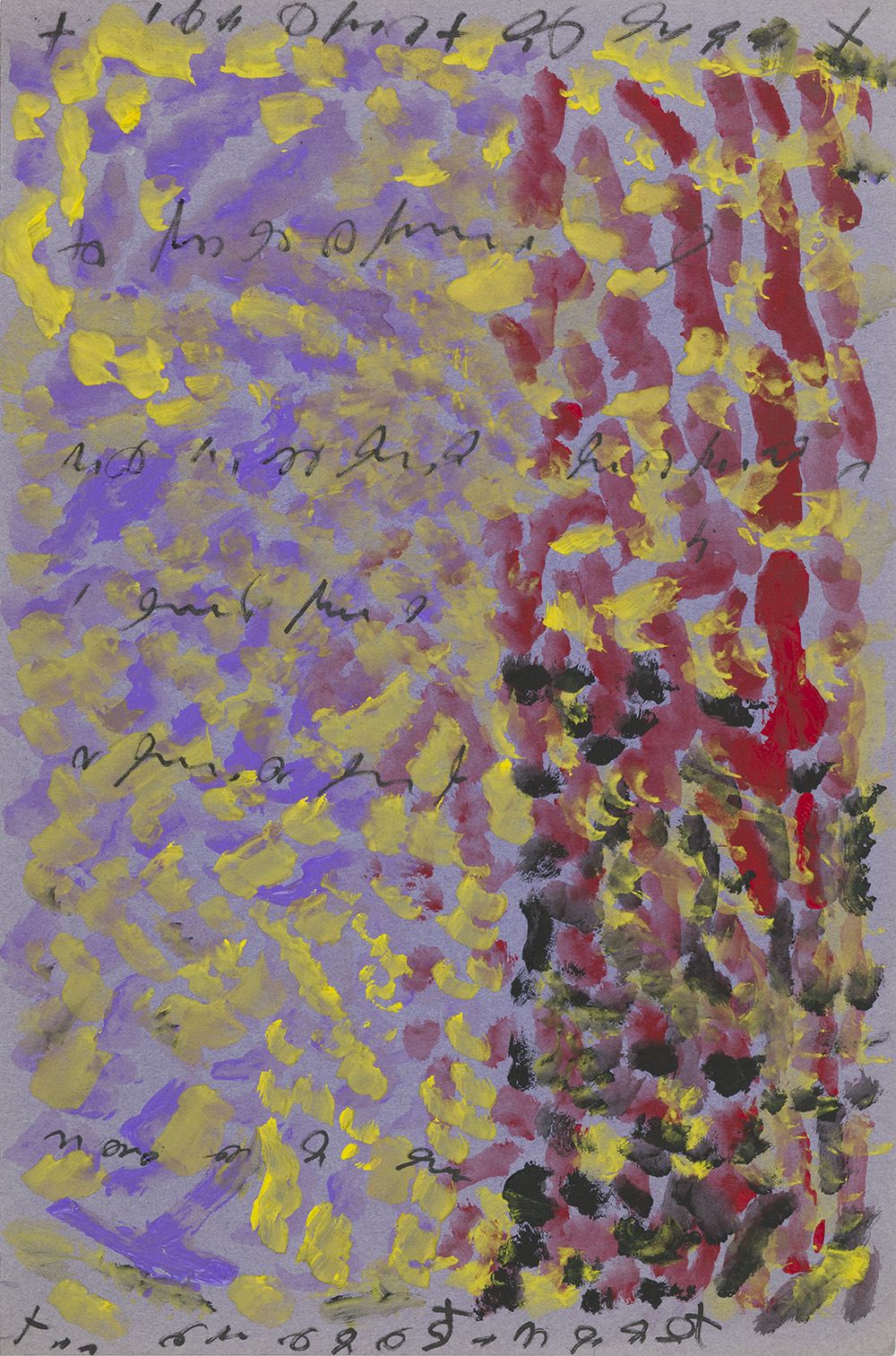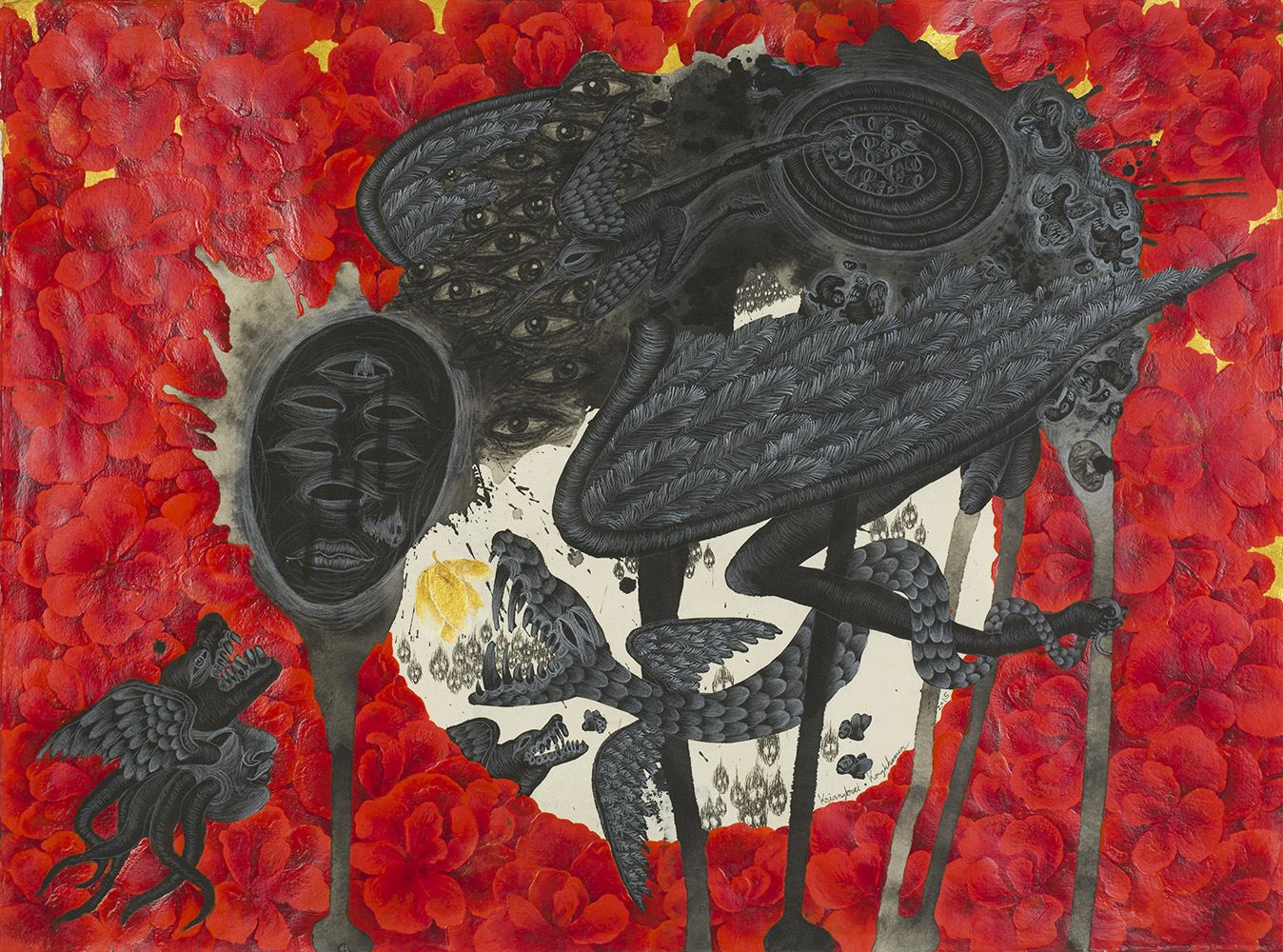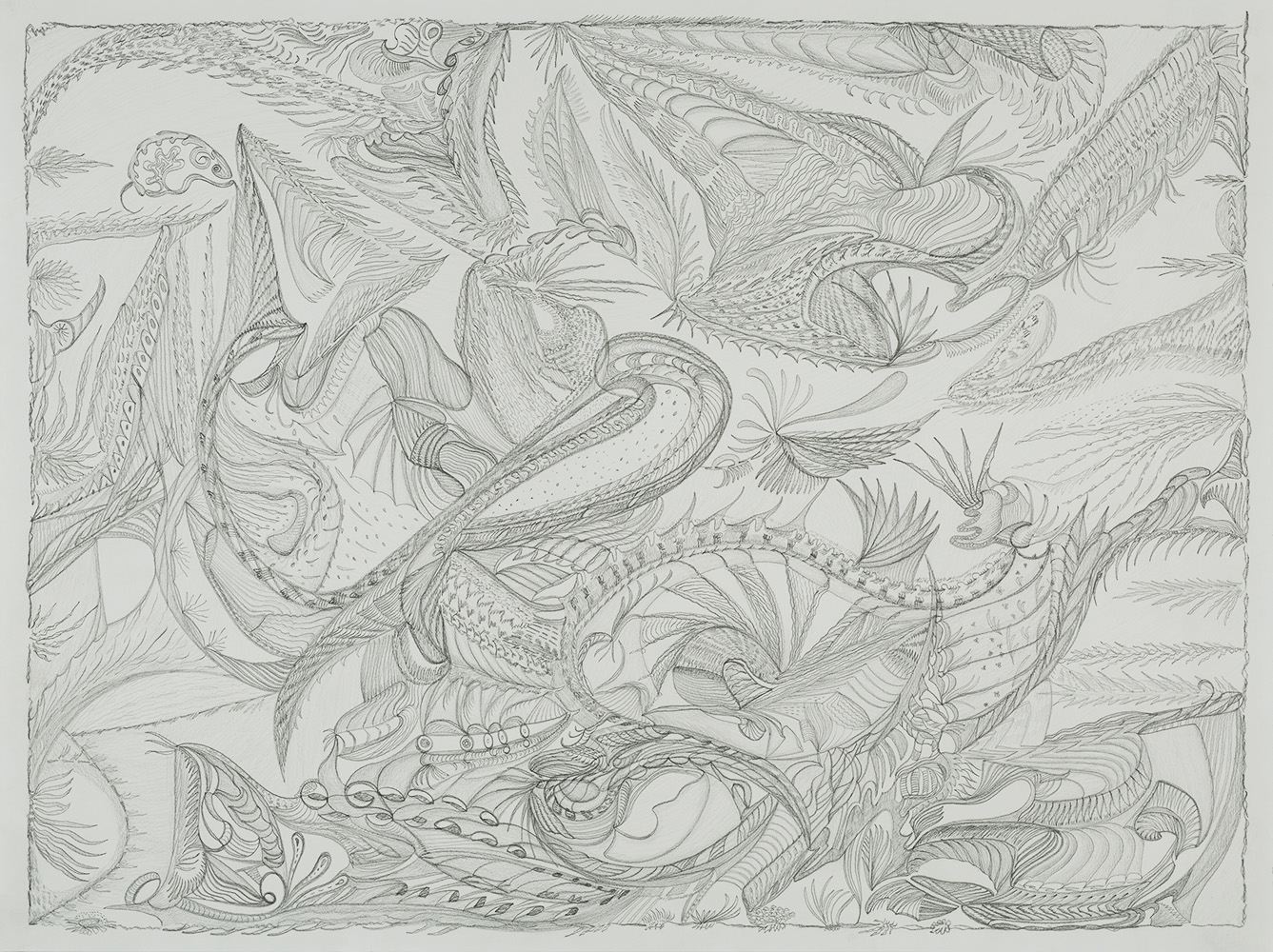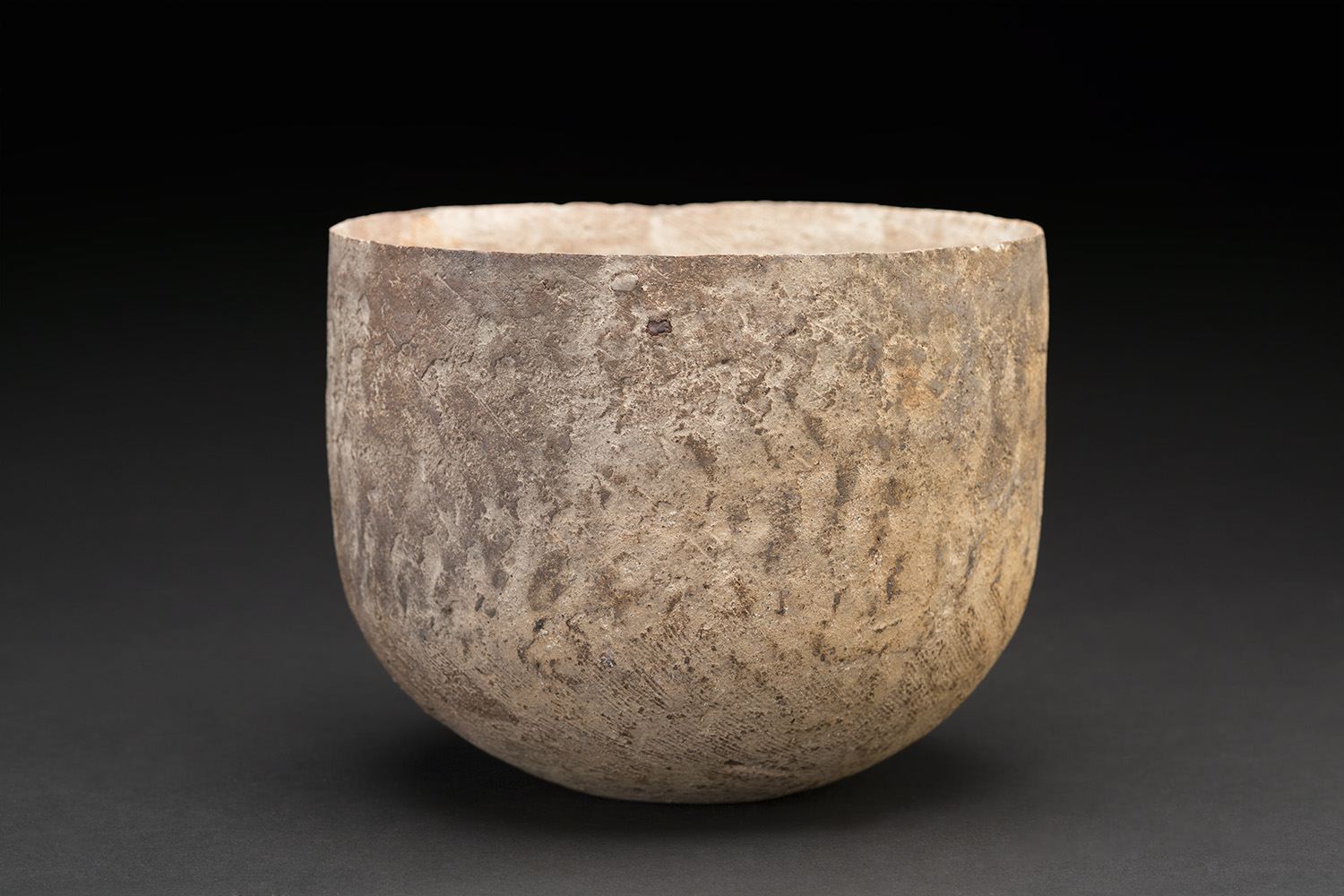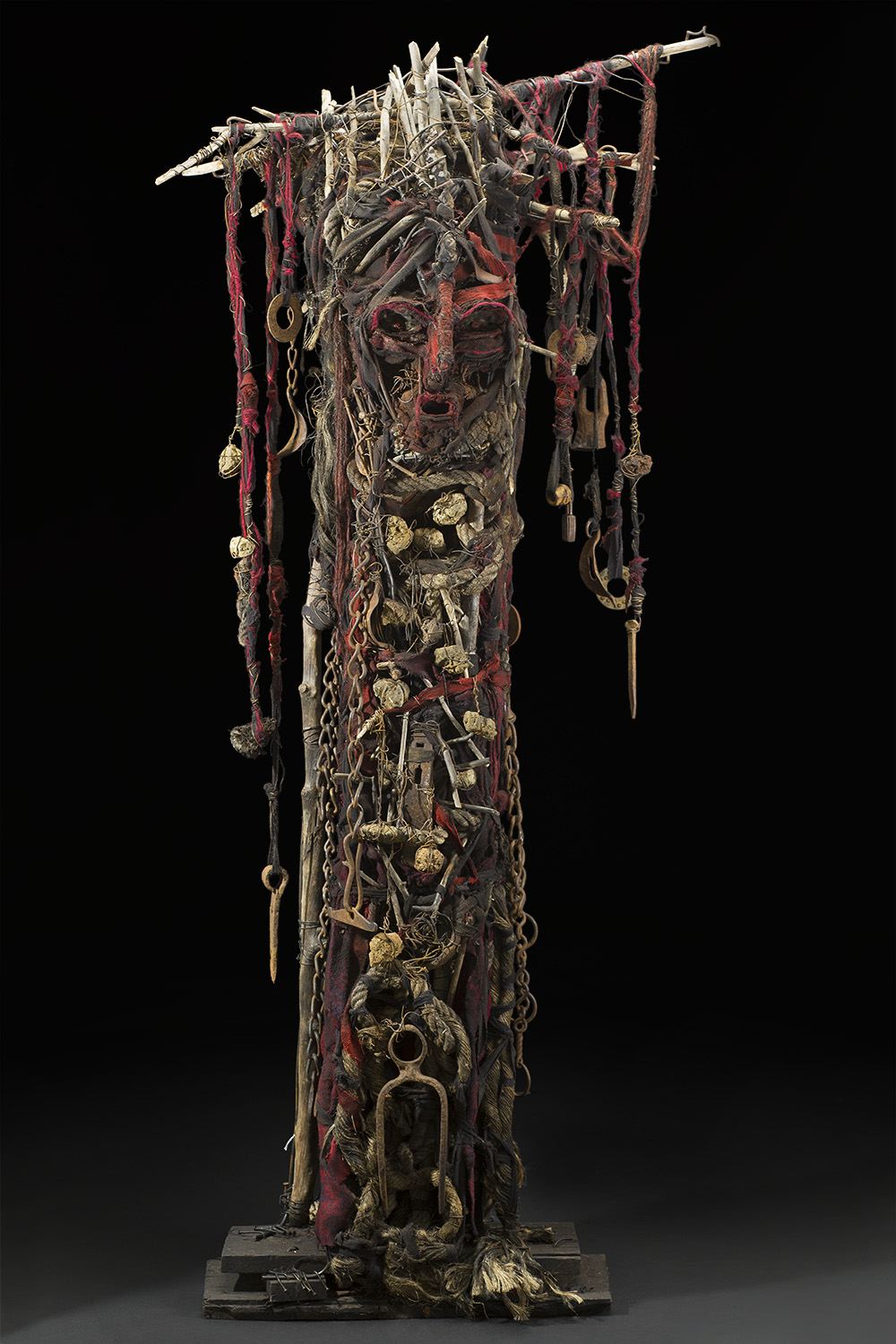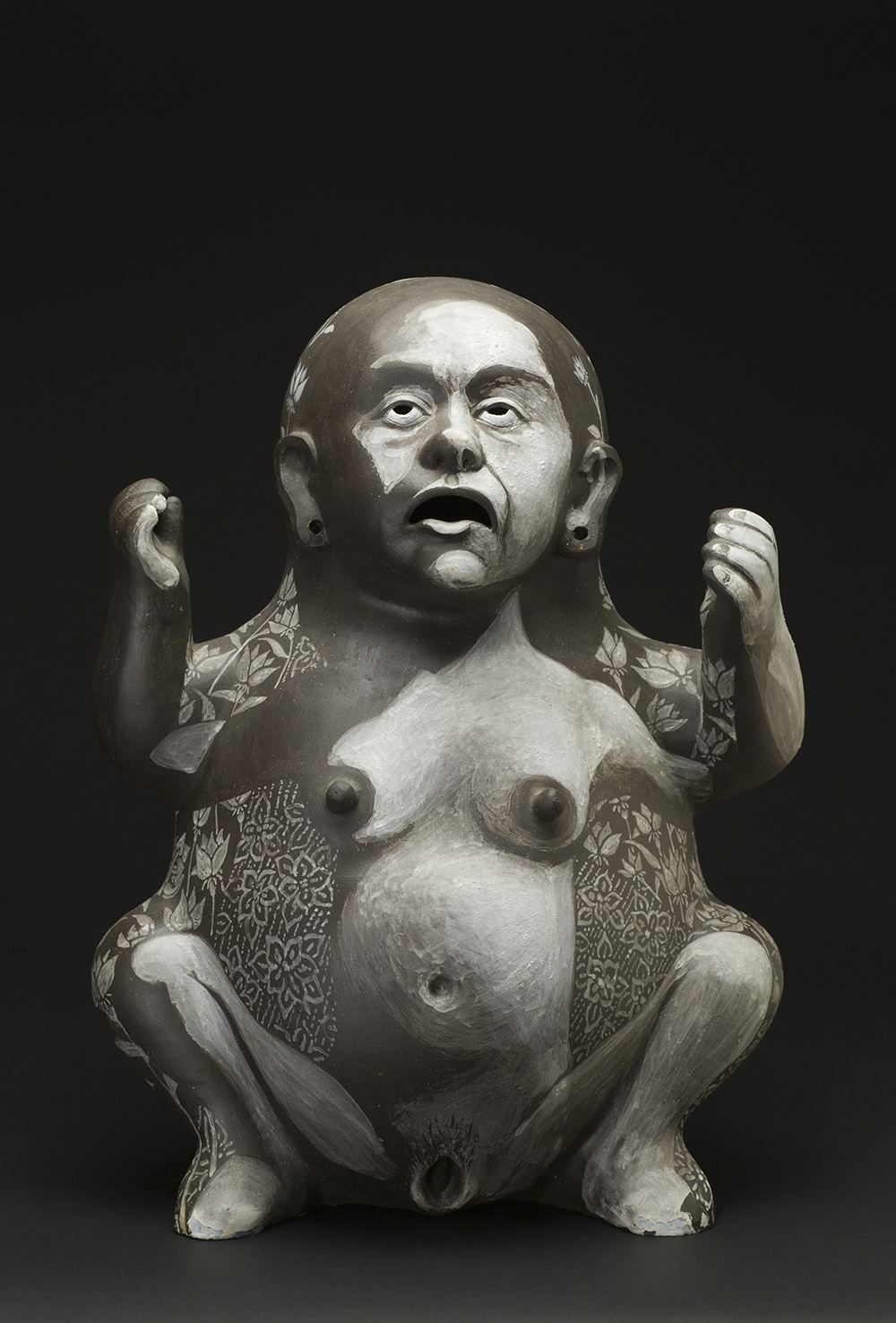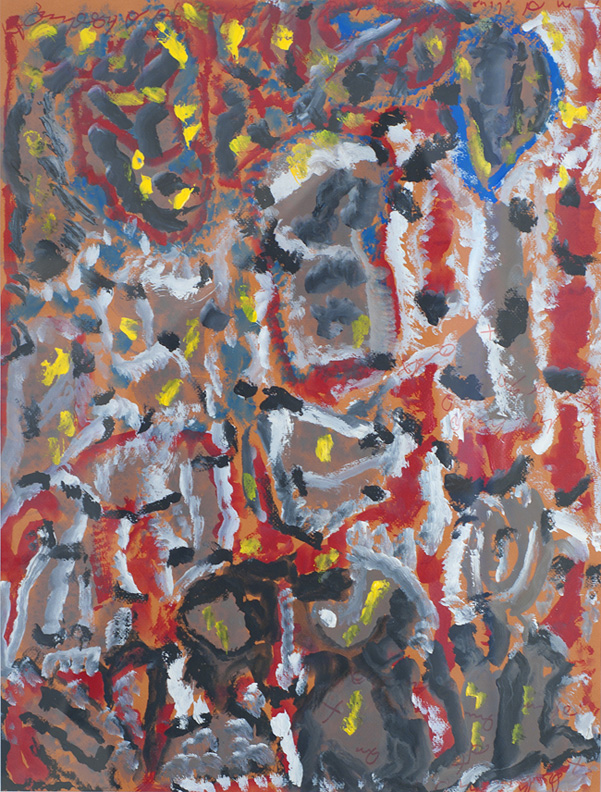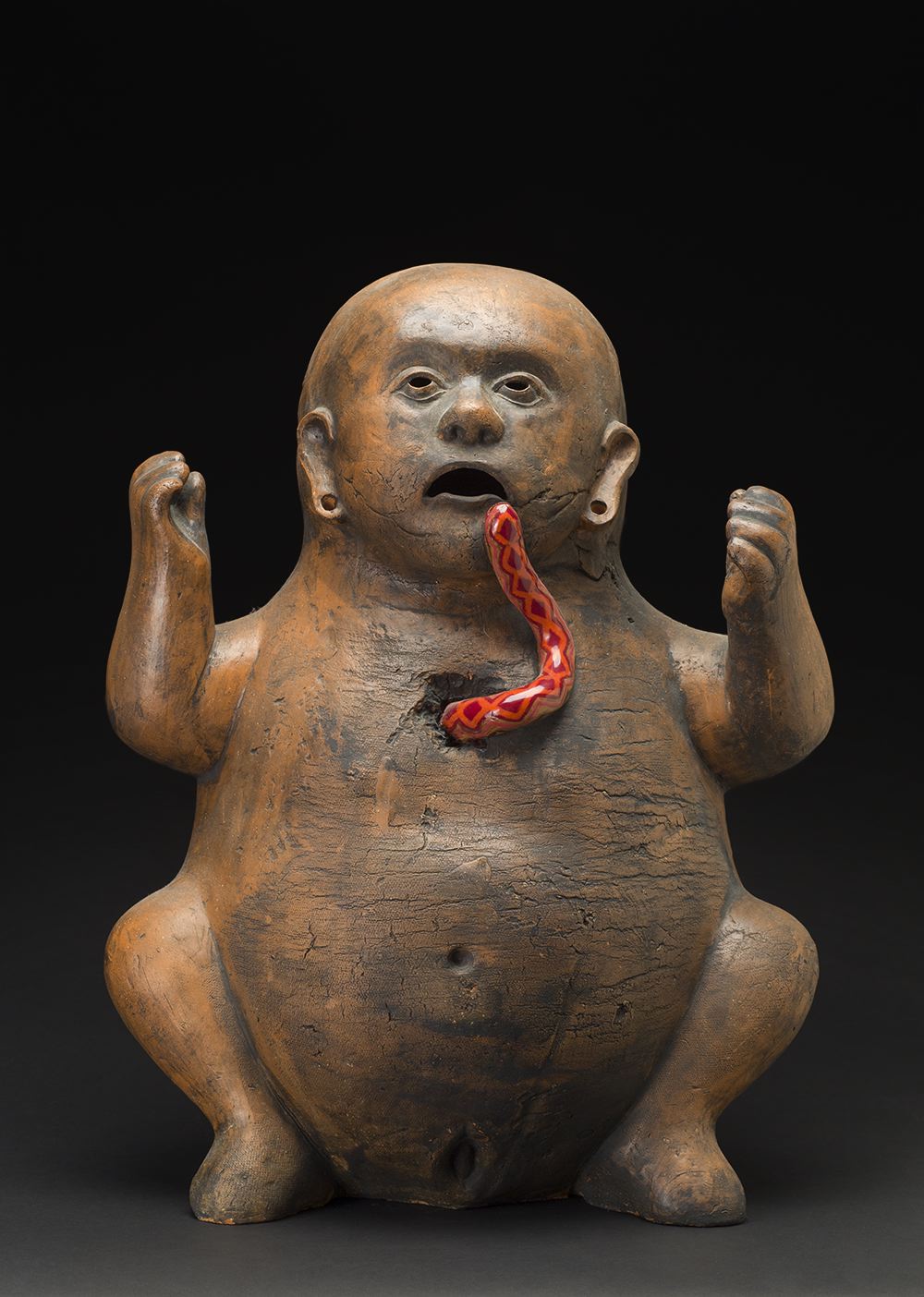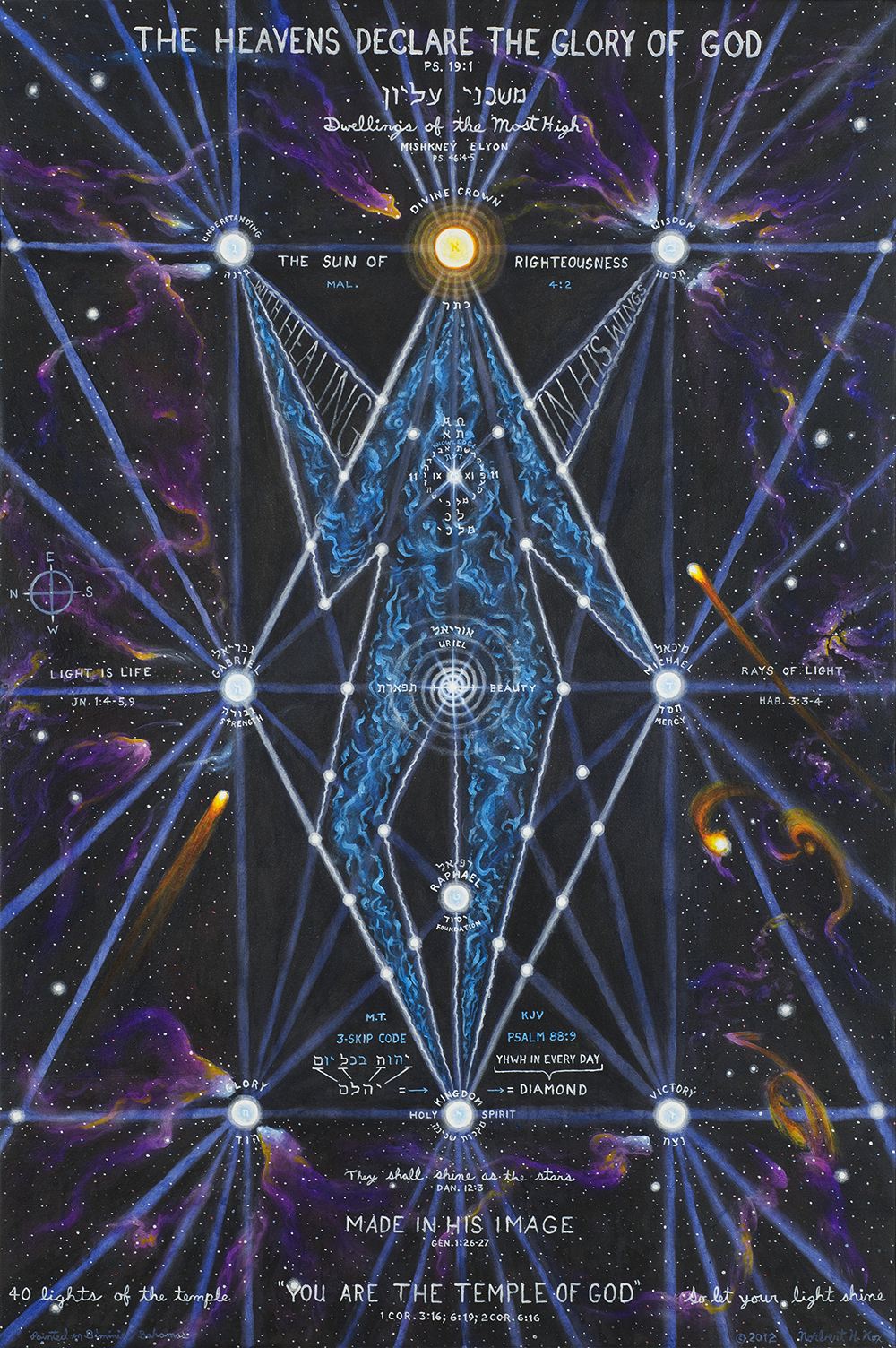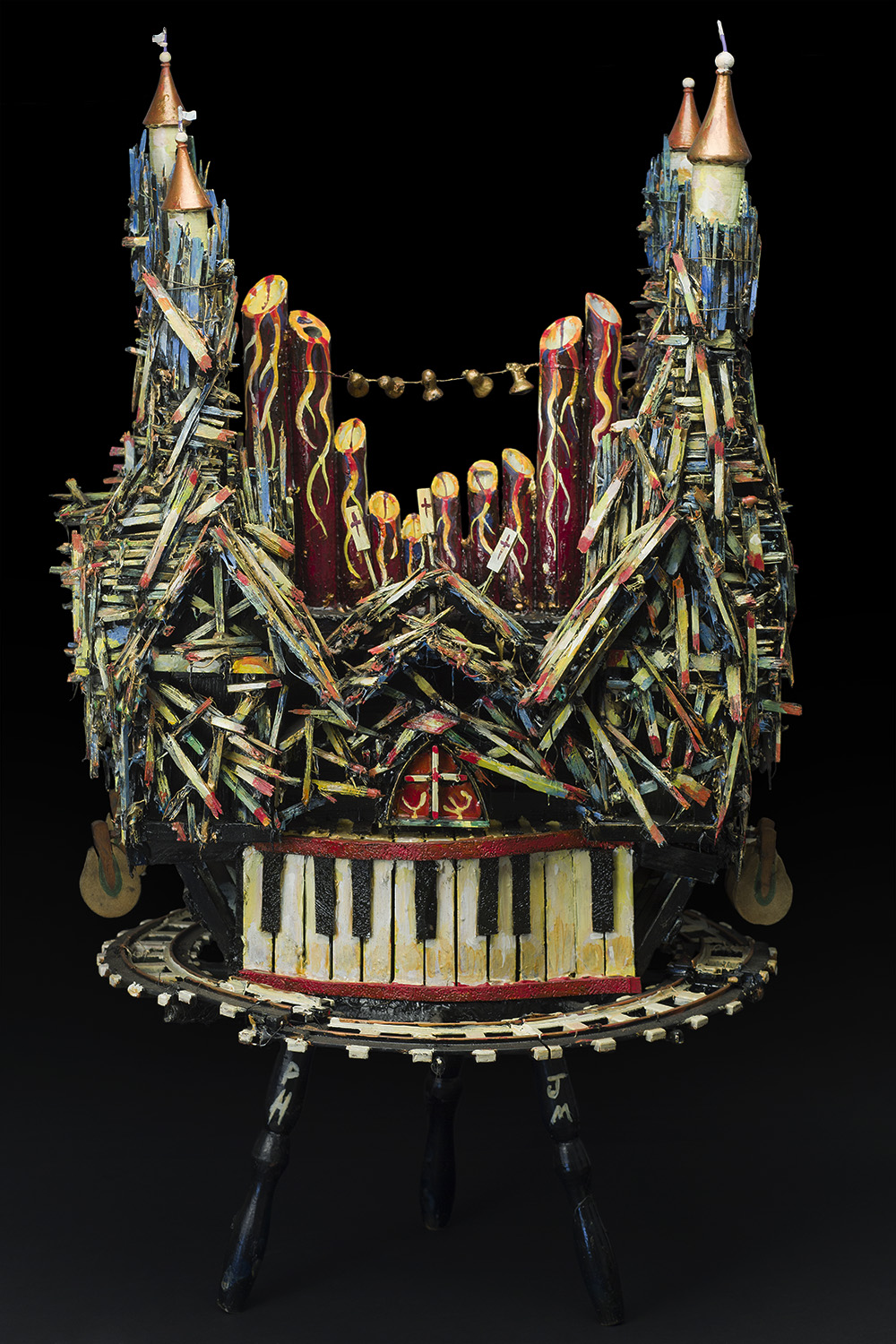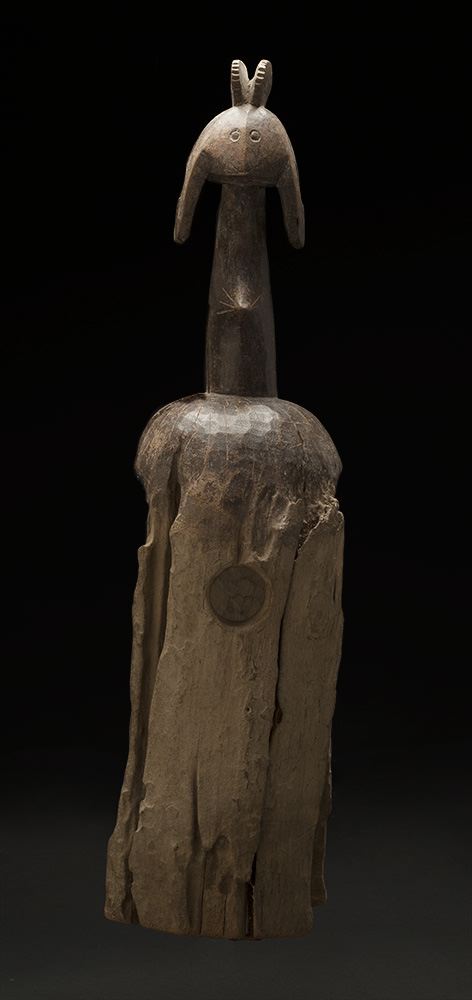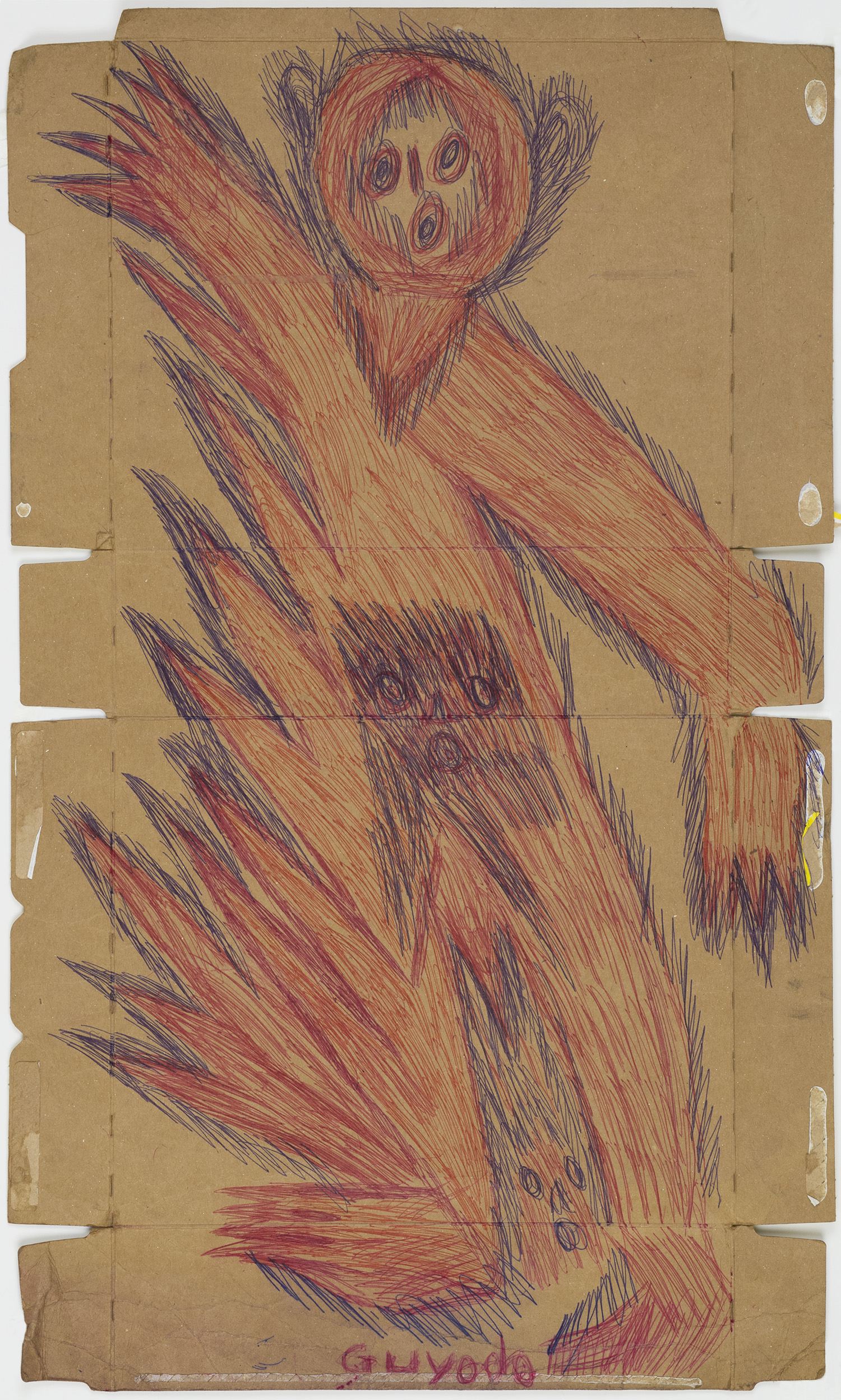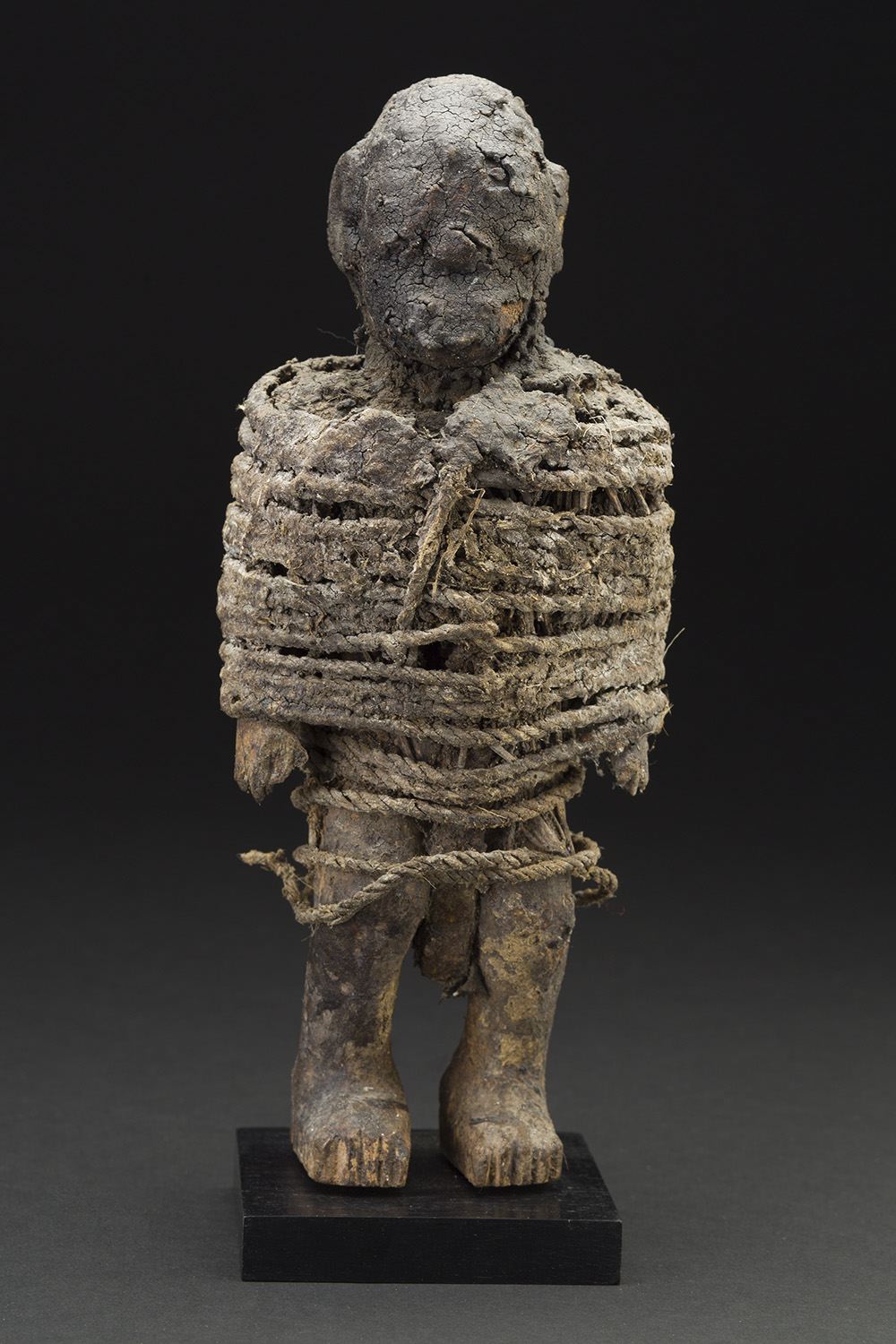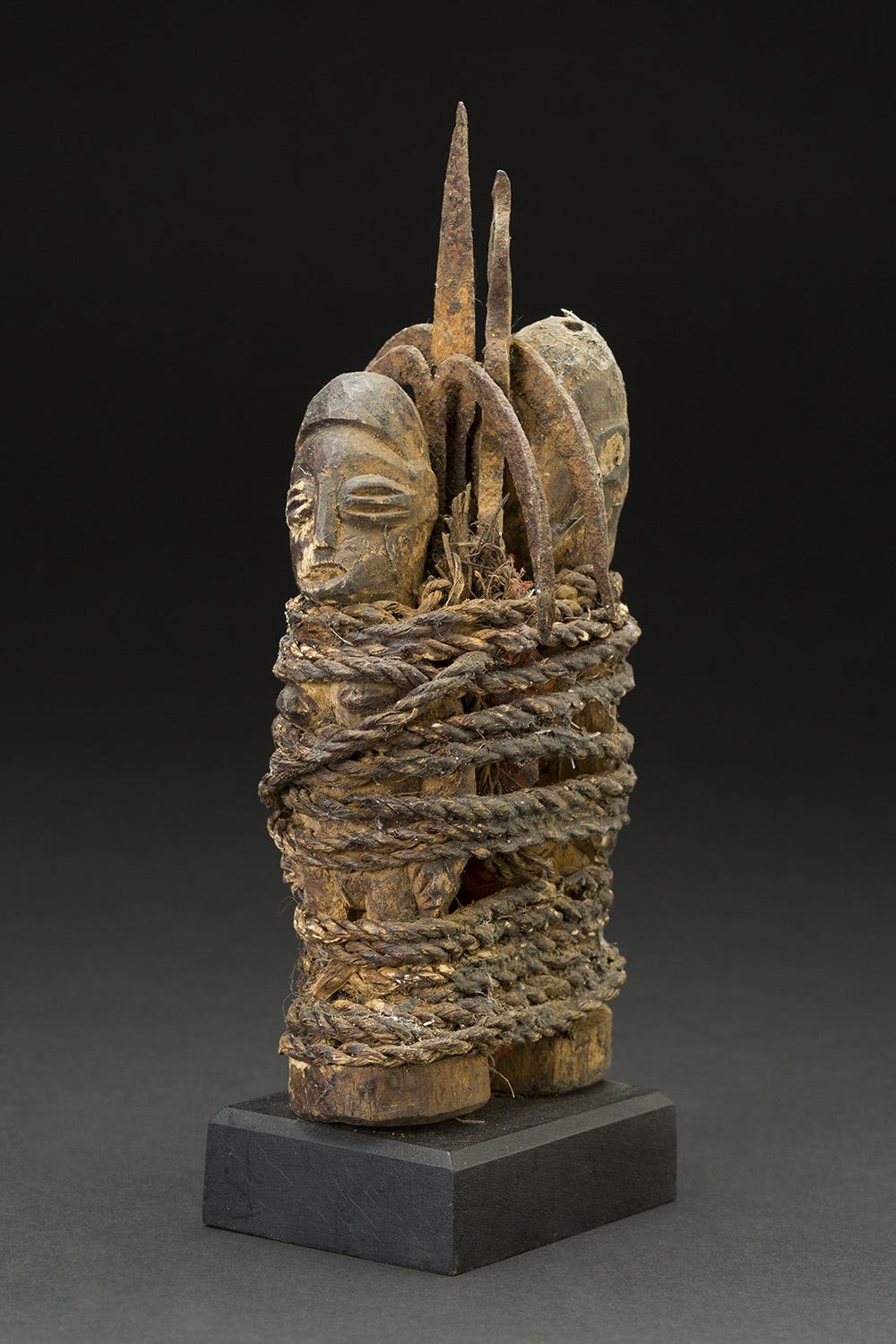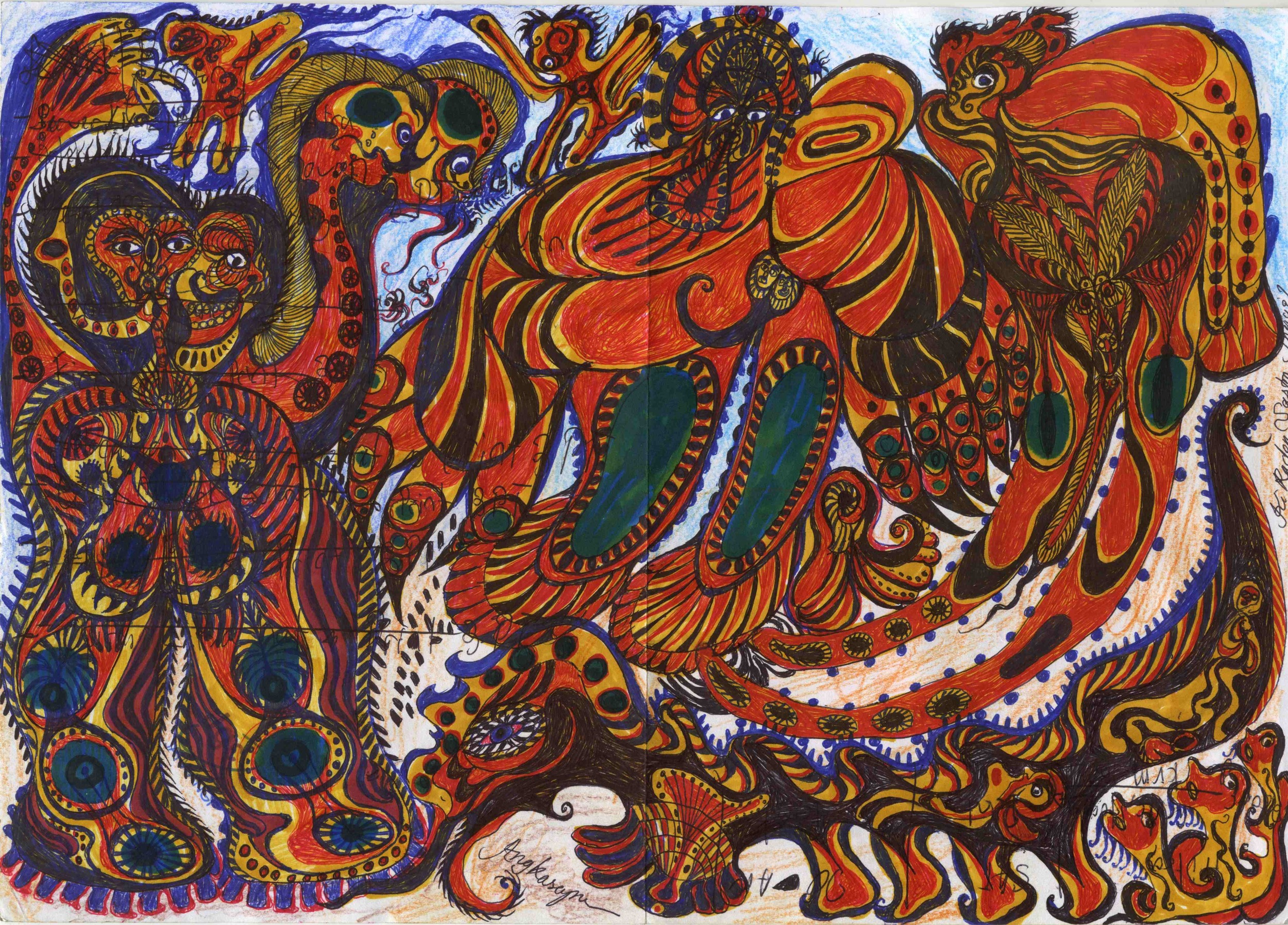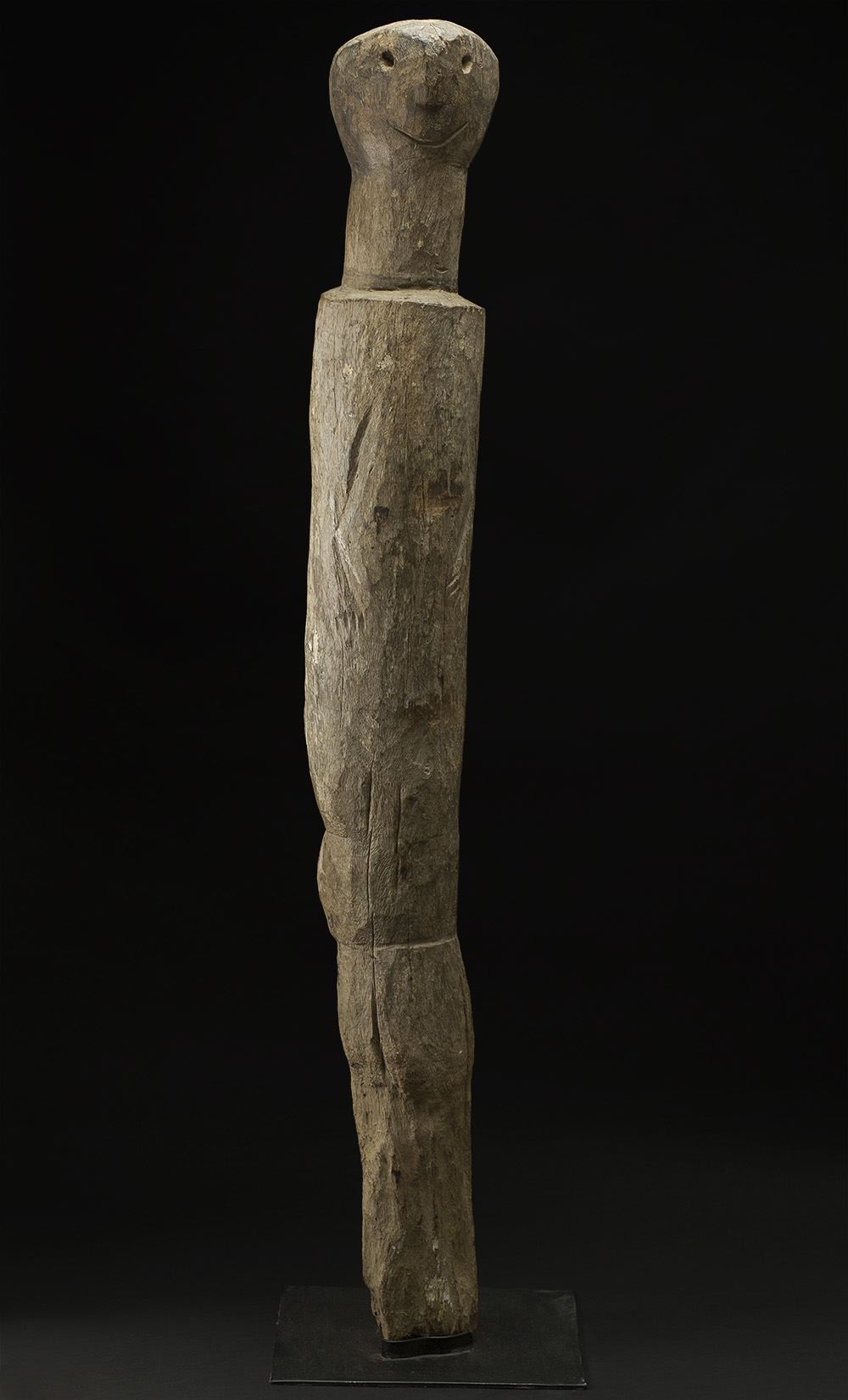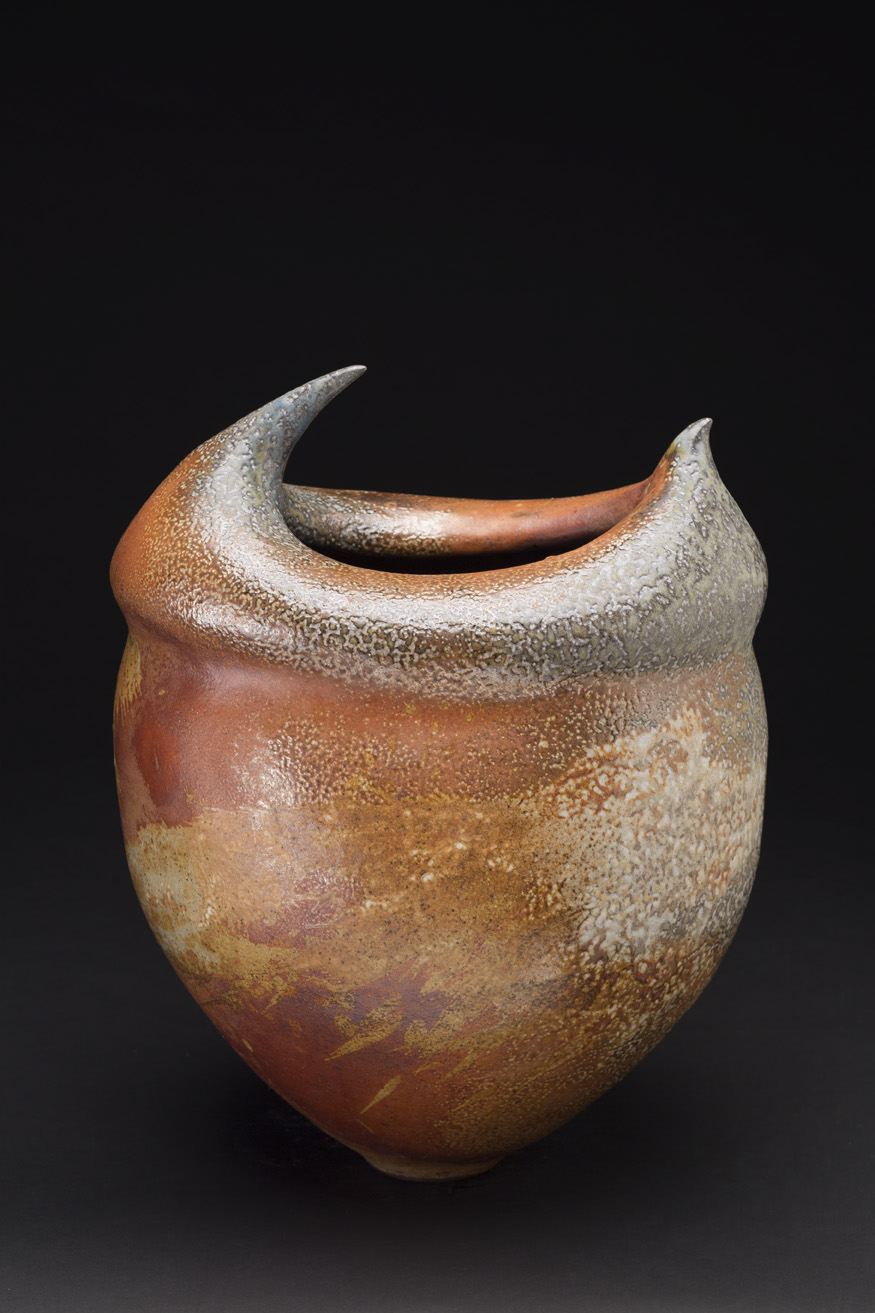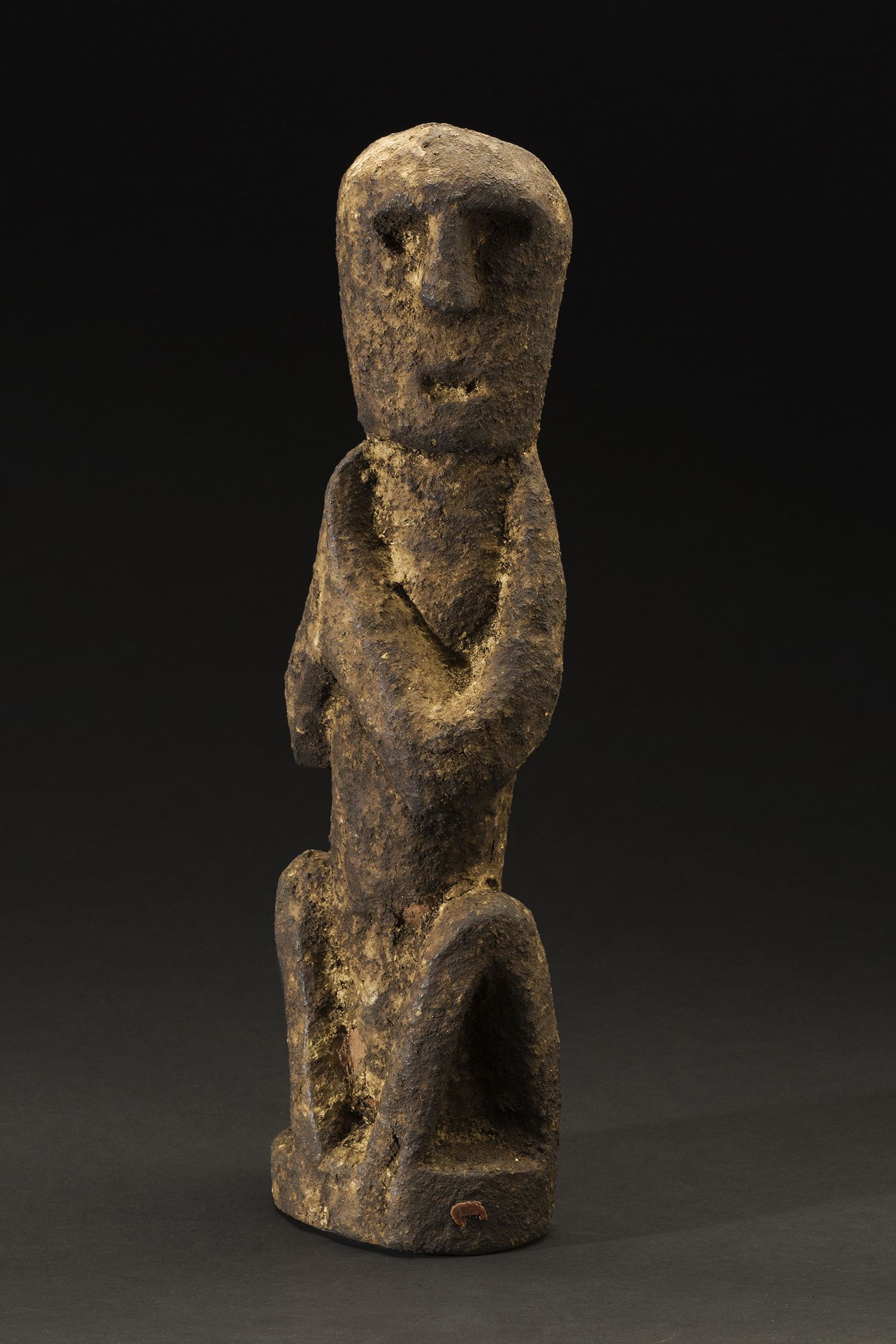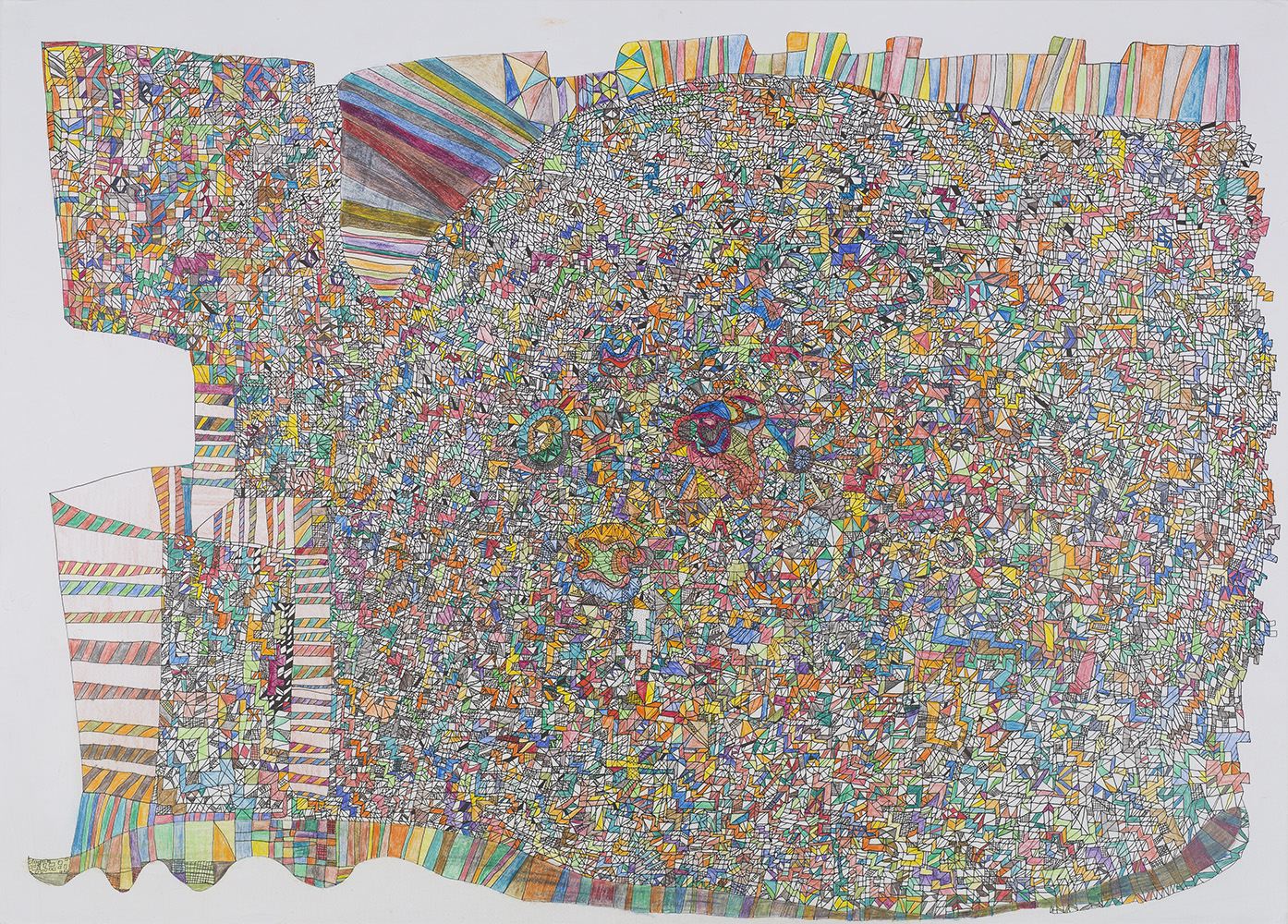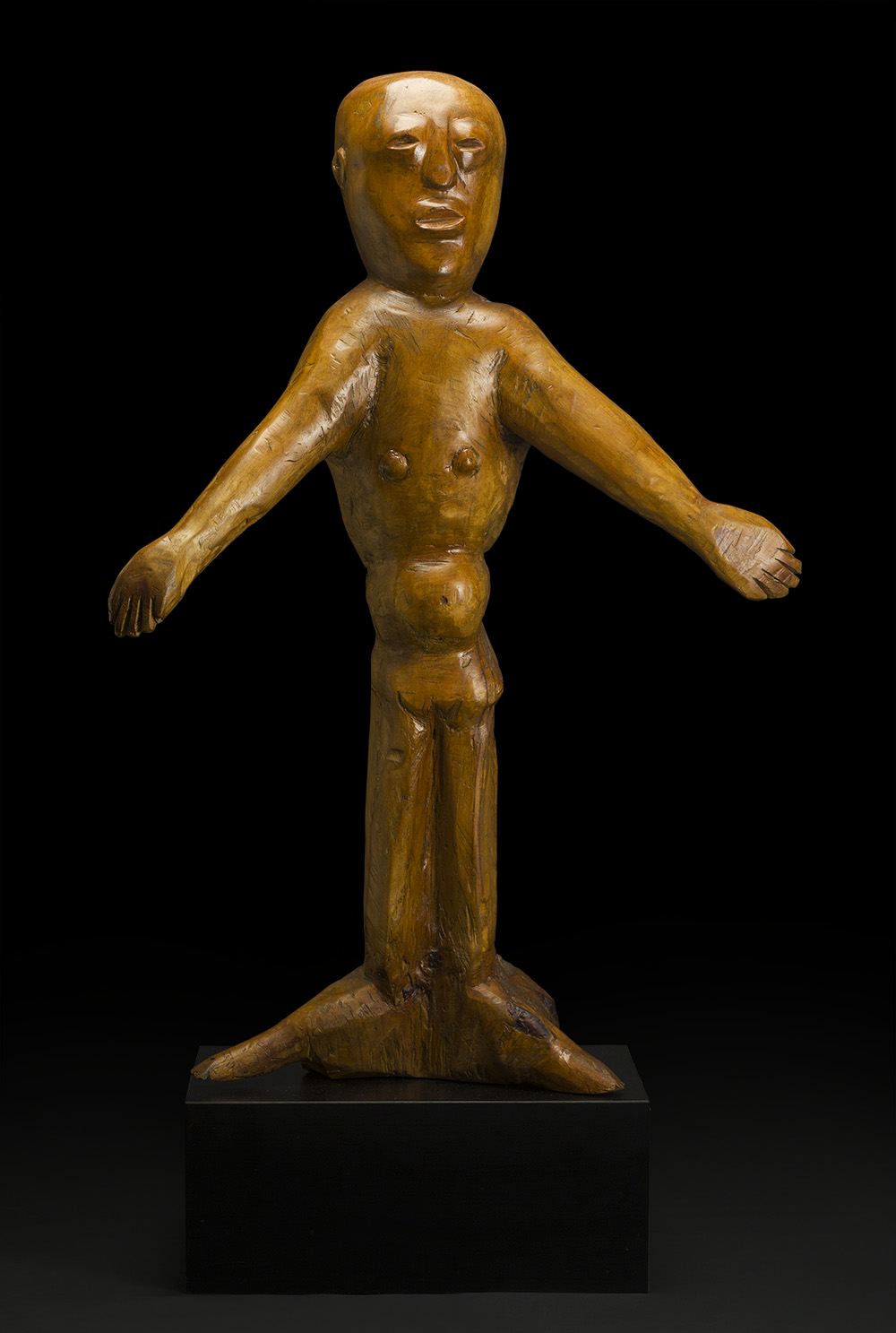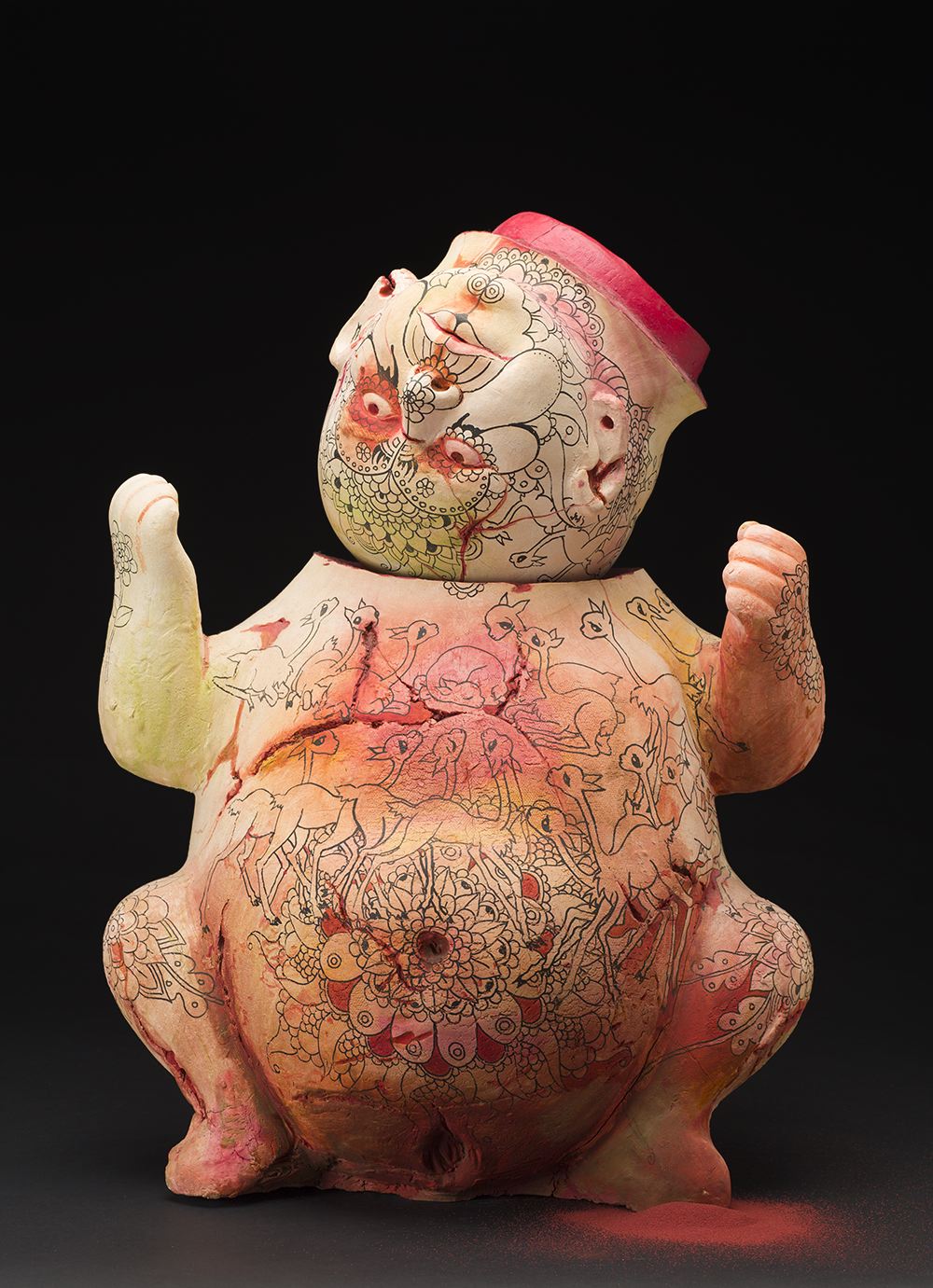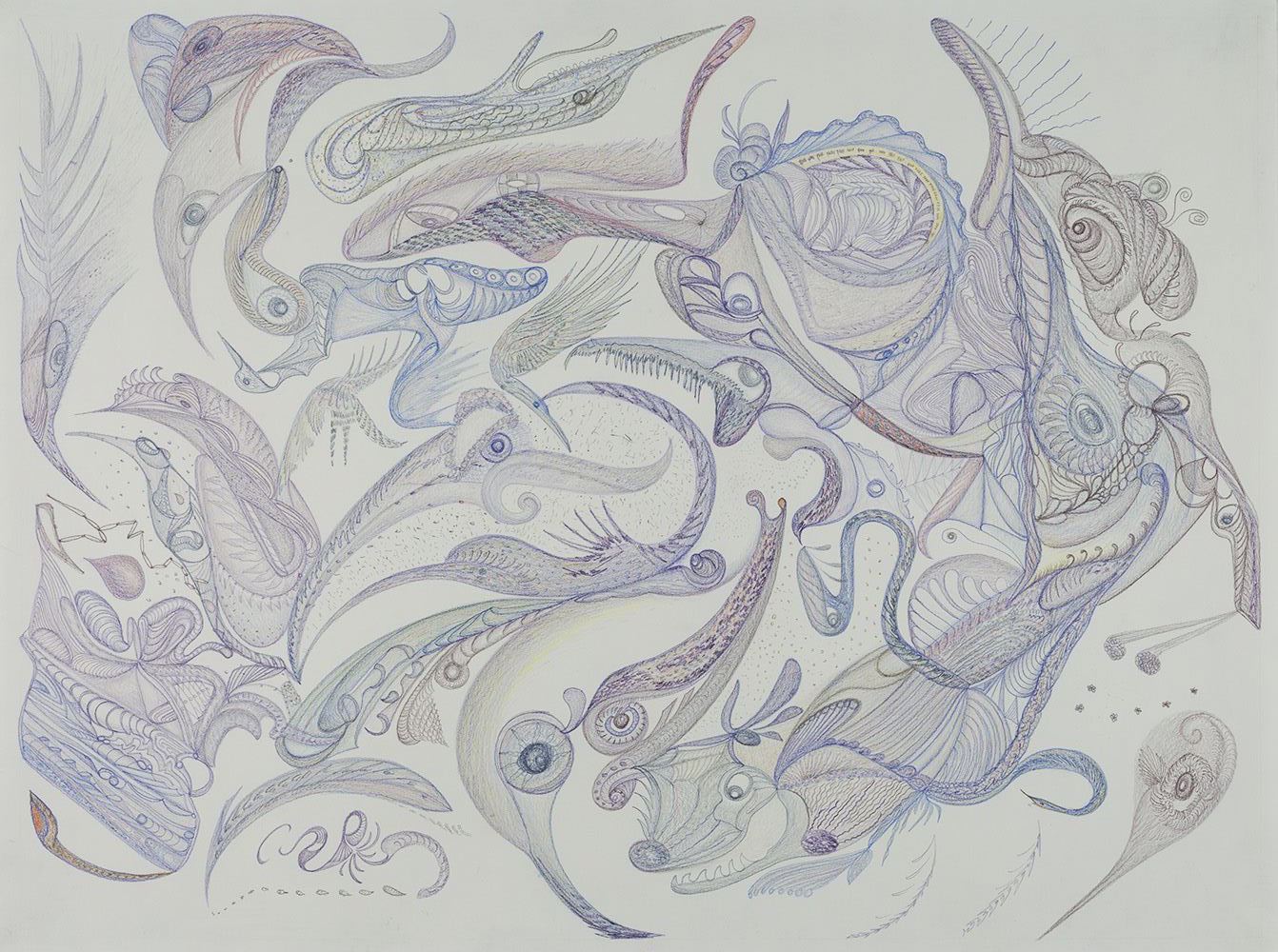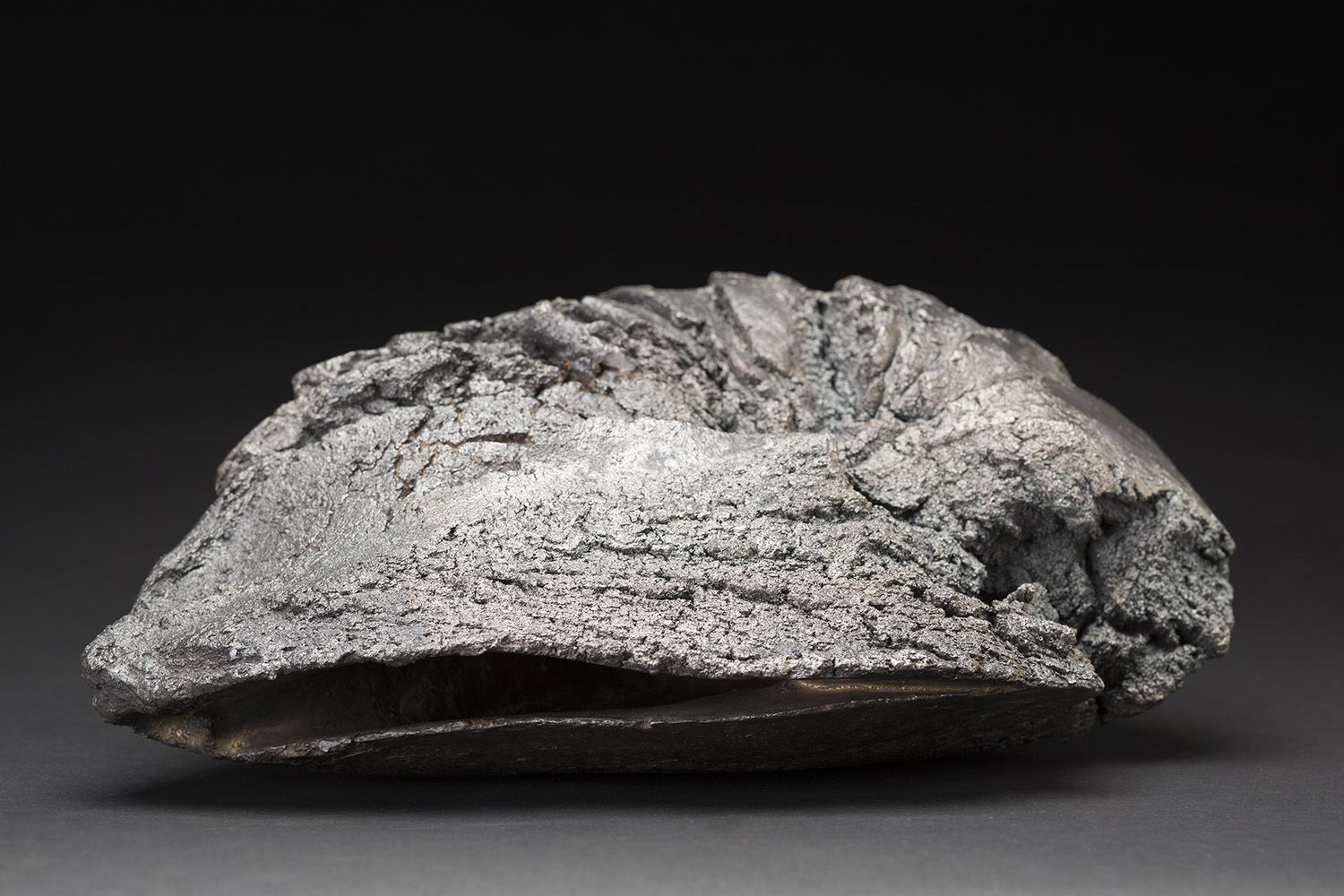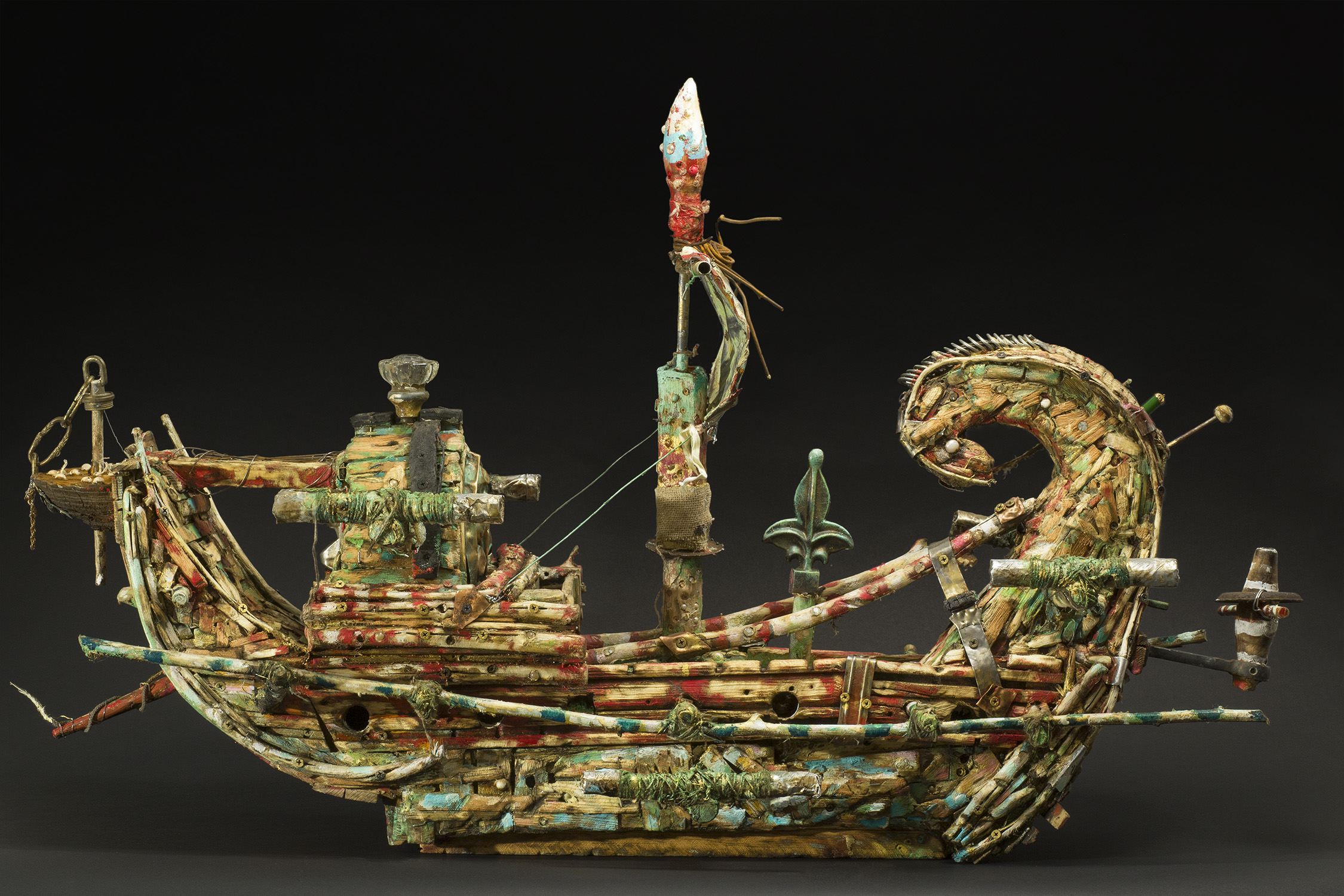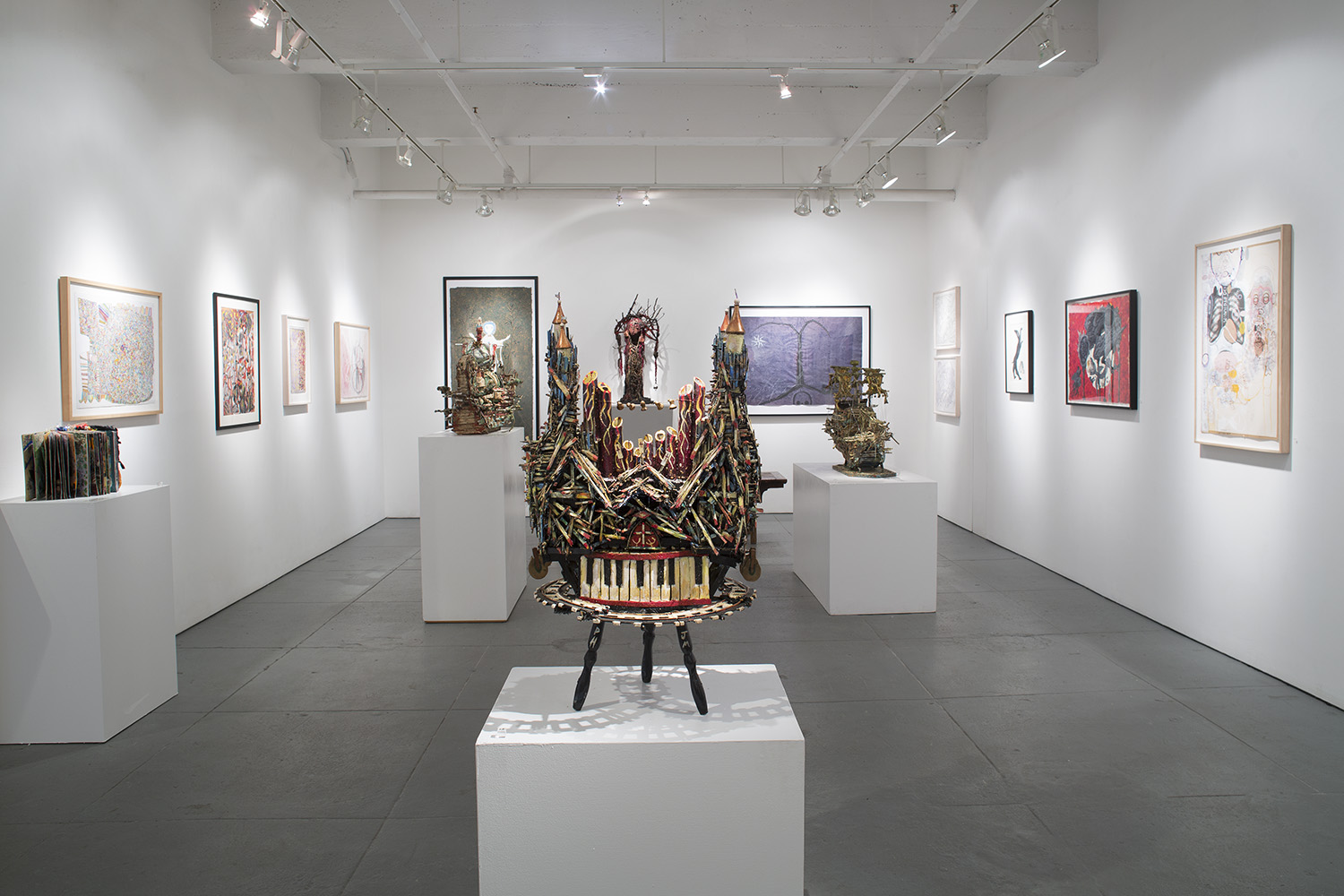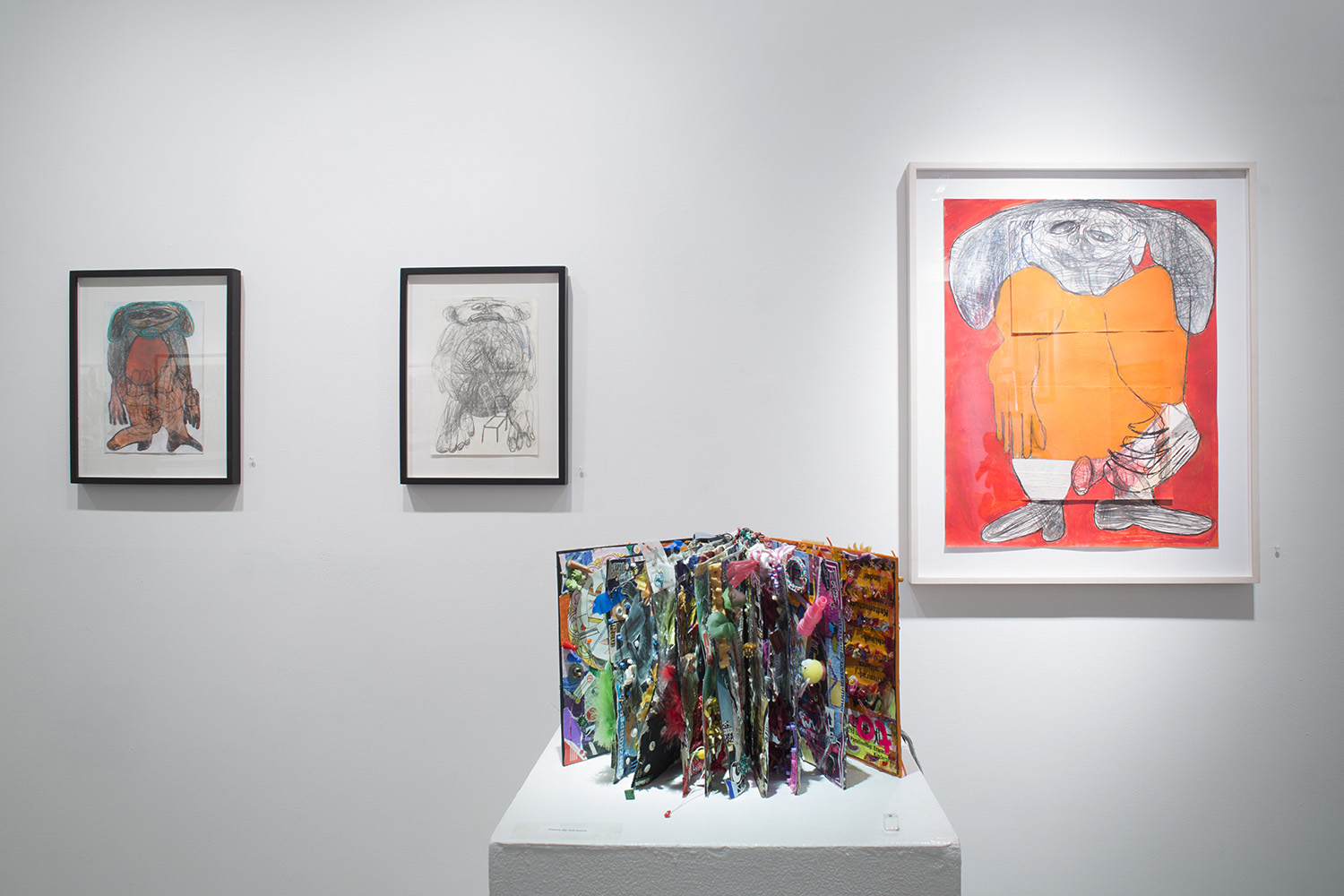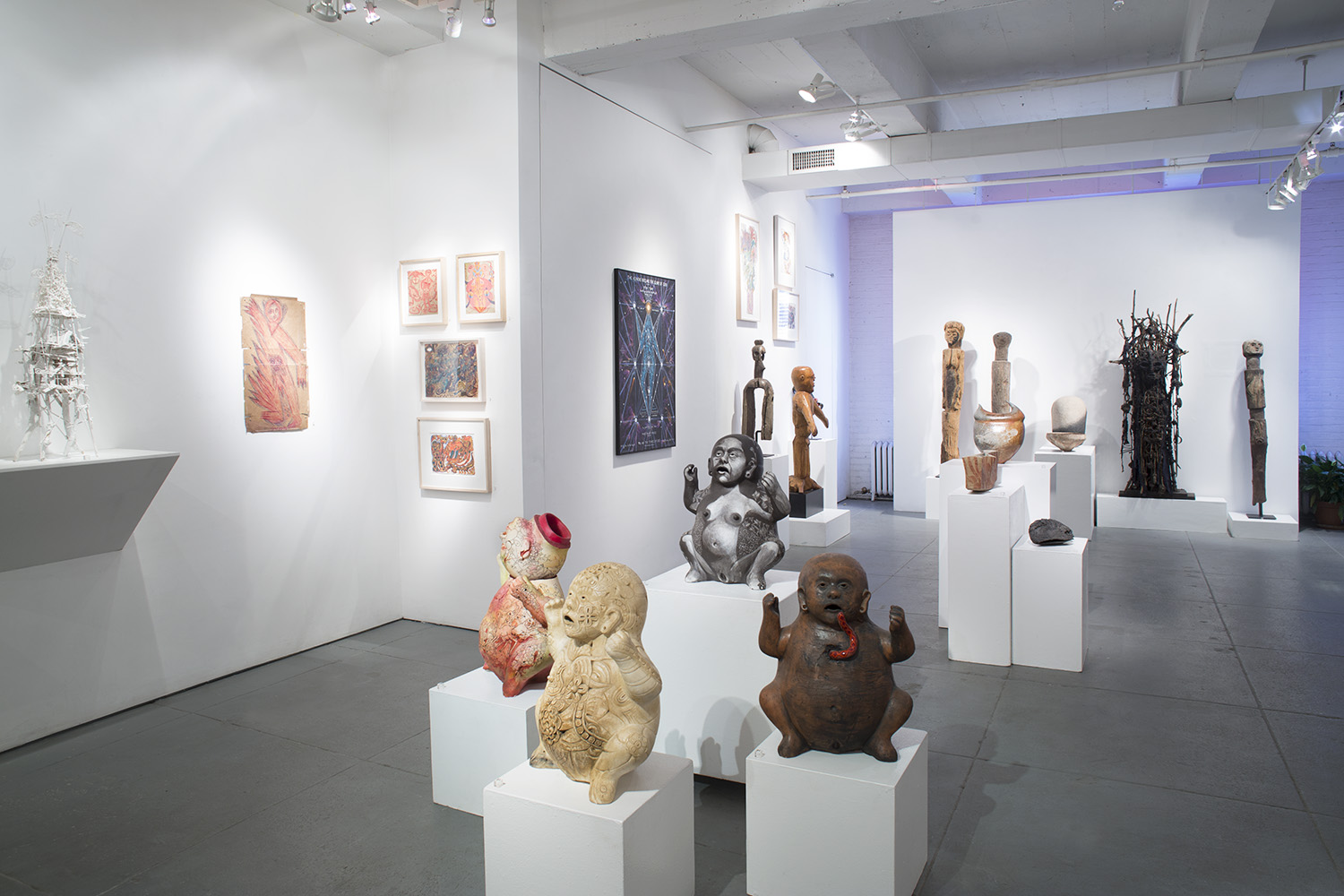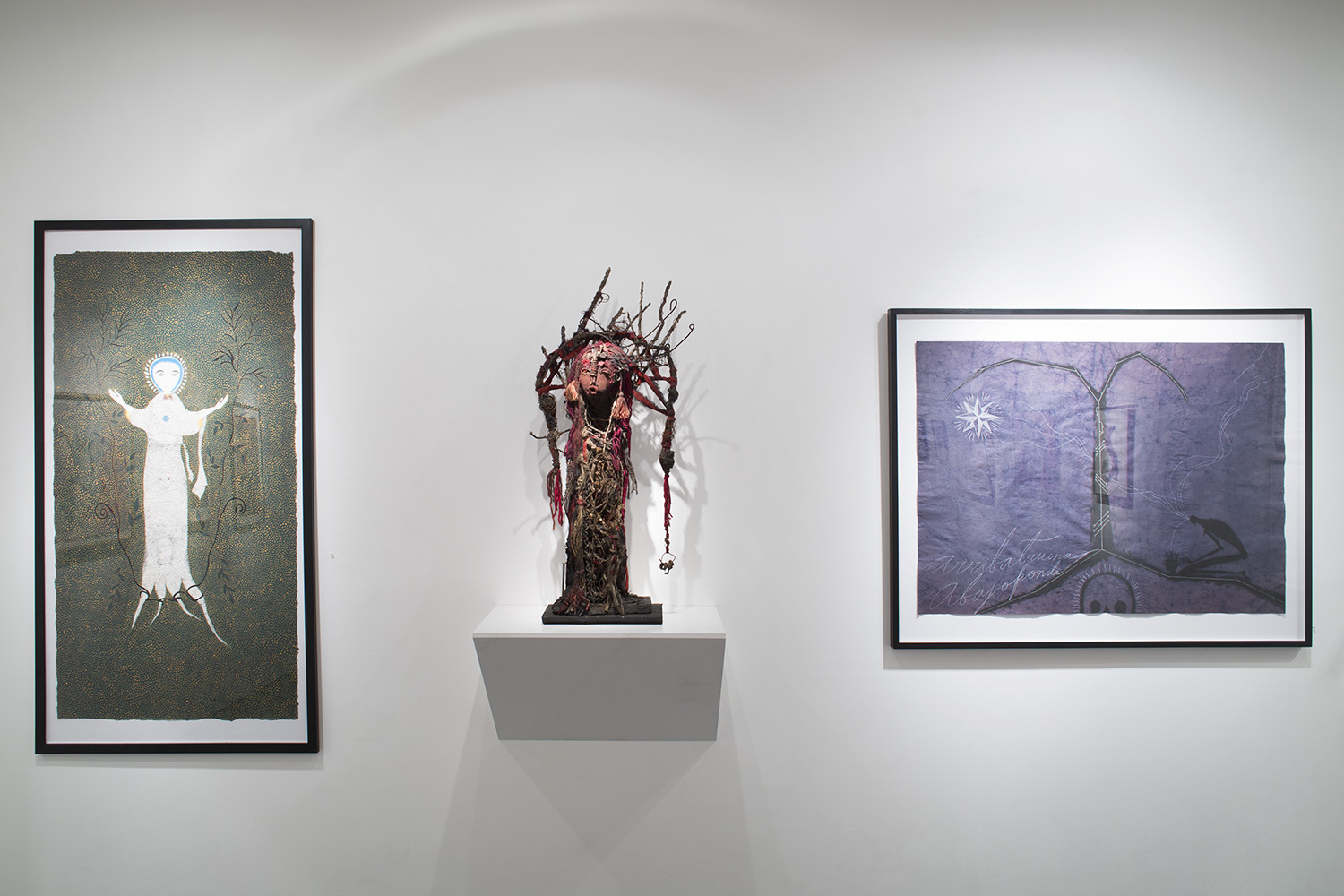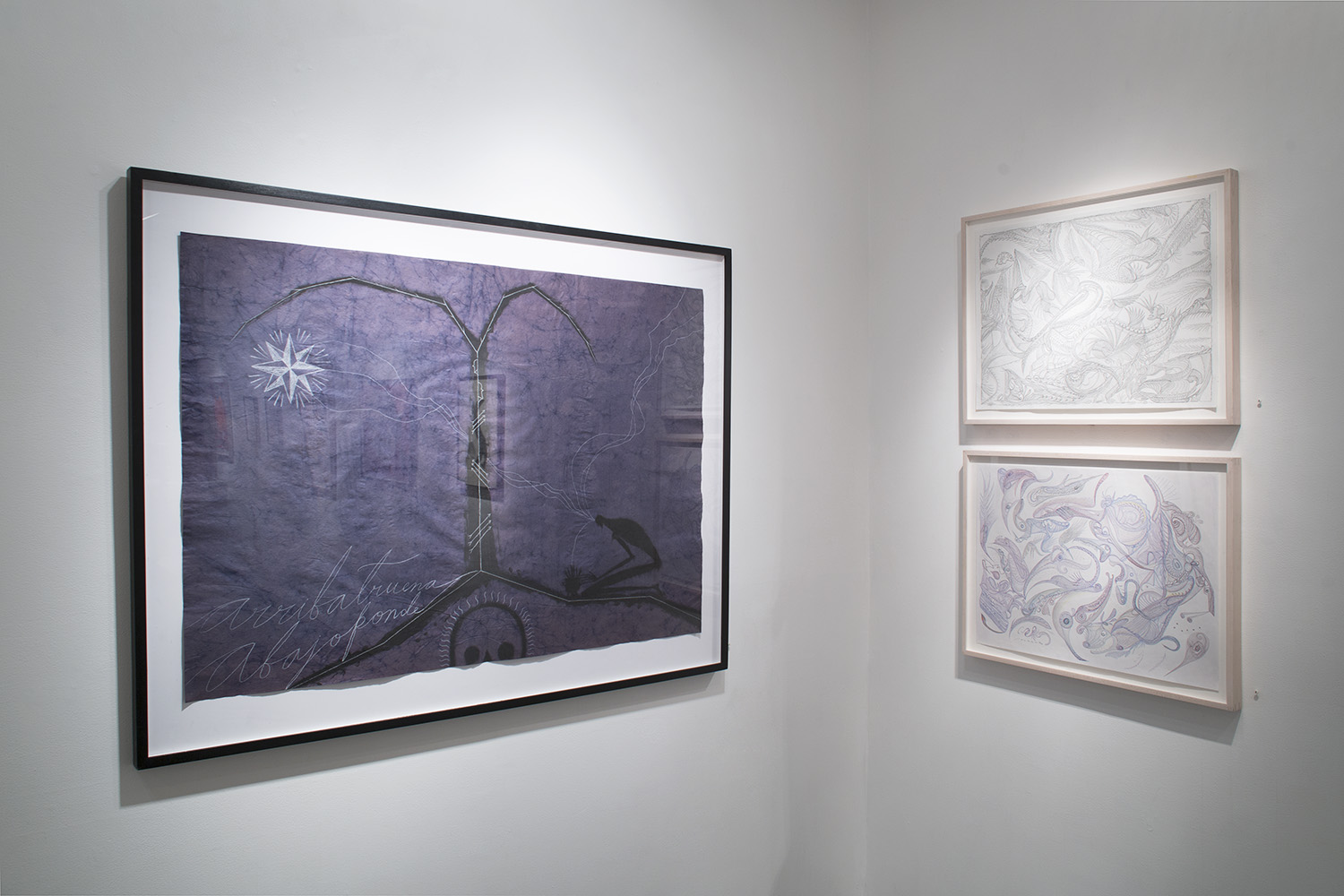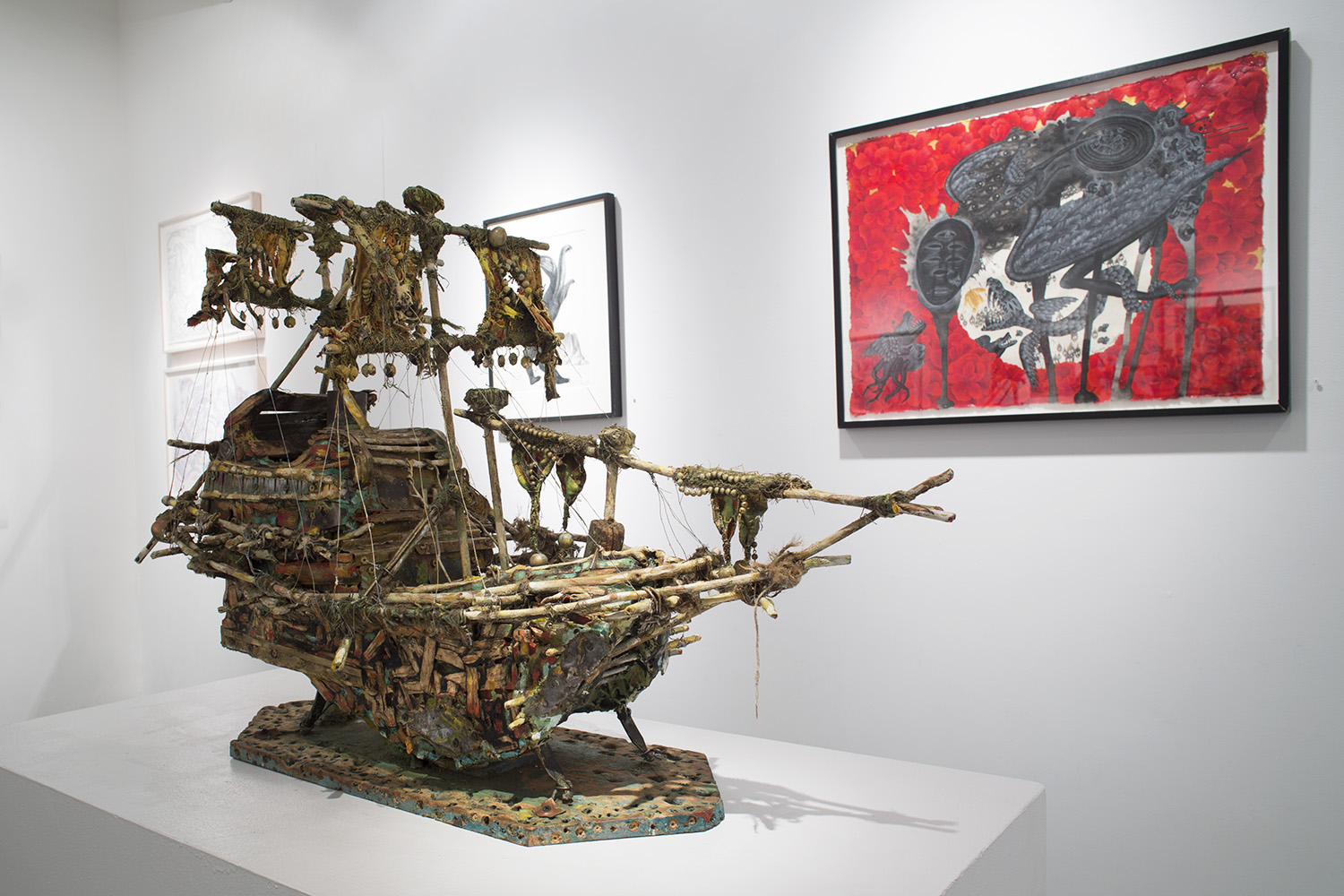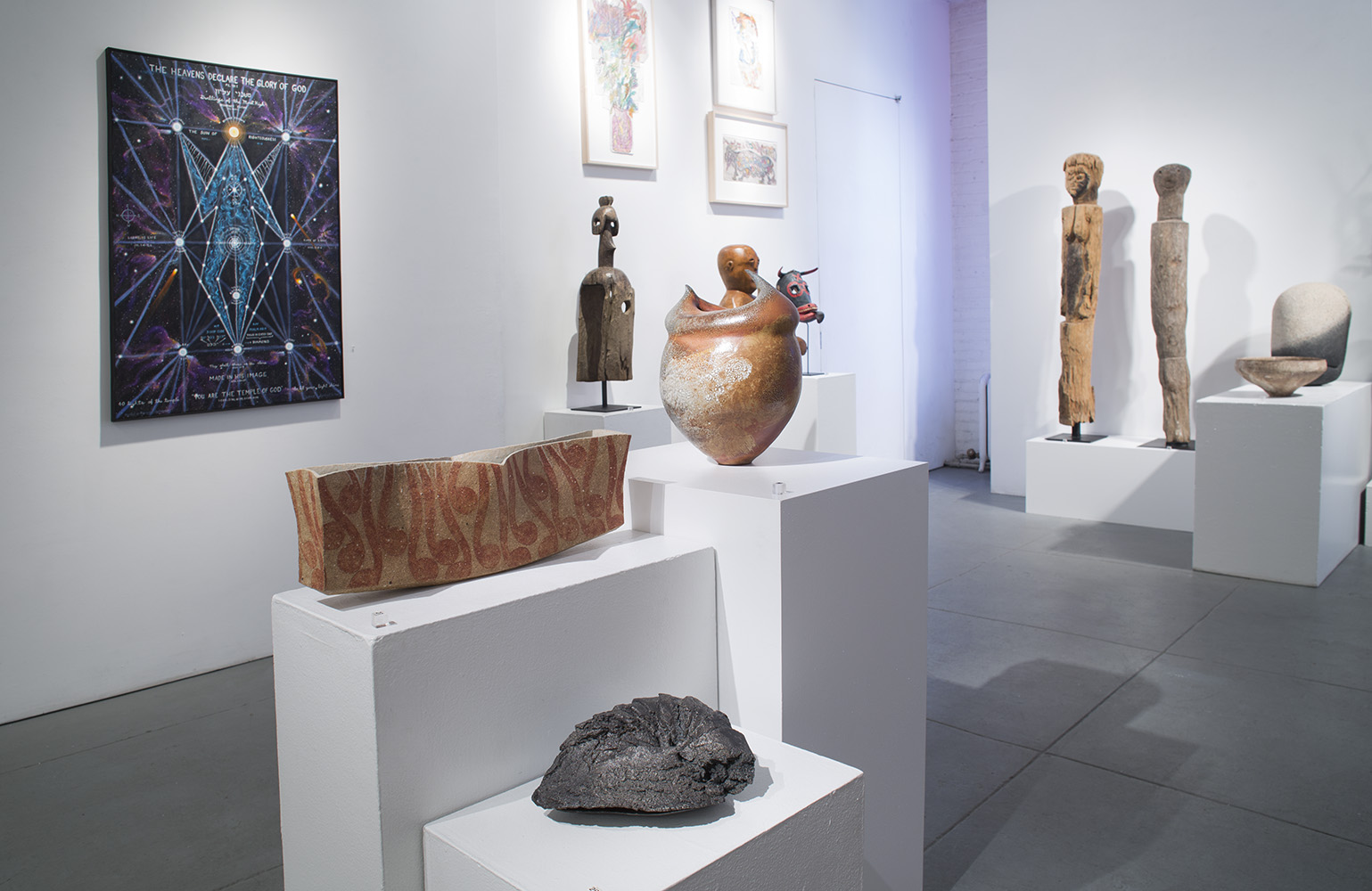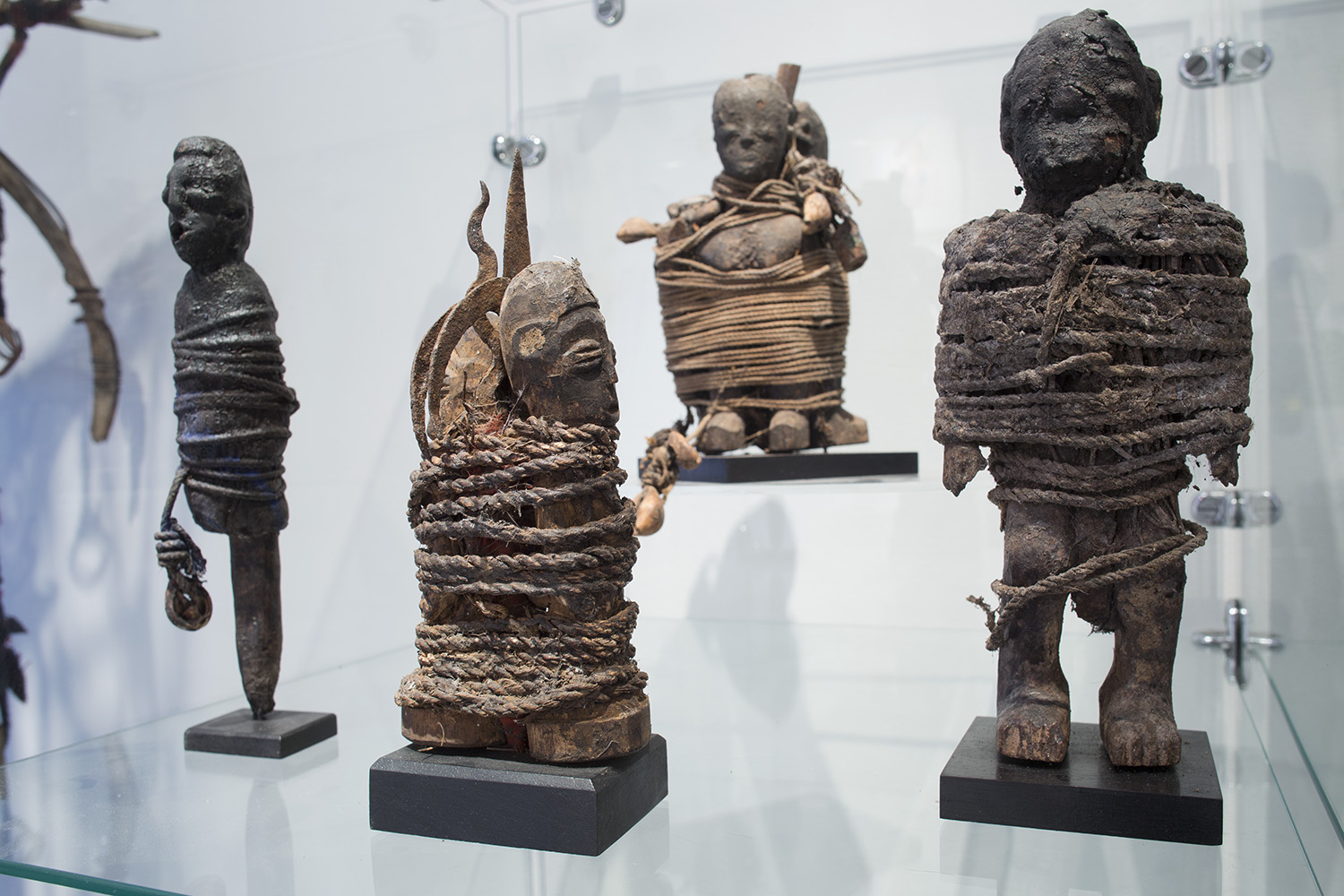Cavin-Morris is pleased to announce that our artist Lou Beach is the recipient of the 2016 Pollock-Krasner Grant! Congratulations
ENTITIES: TOMÁŠ LAMPAR & JOSEFA ŠTEPÁNKOVÁ (March 31 - May 7, 2016)
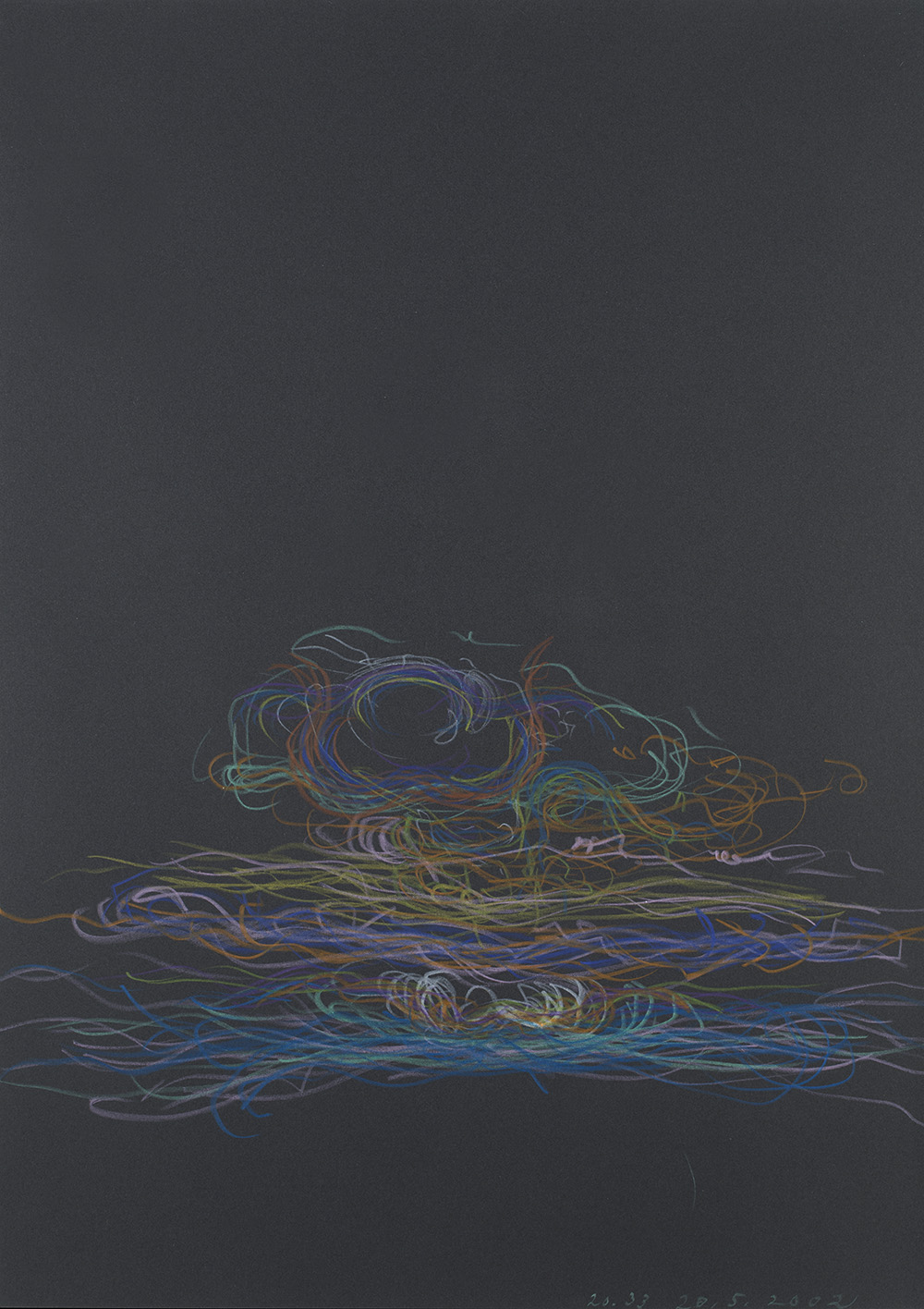
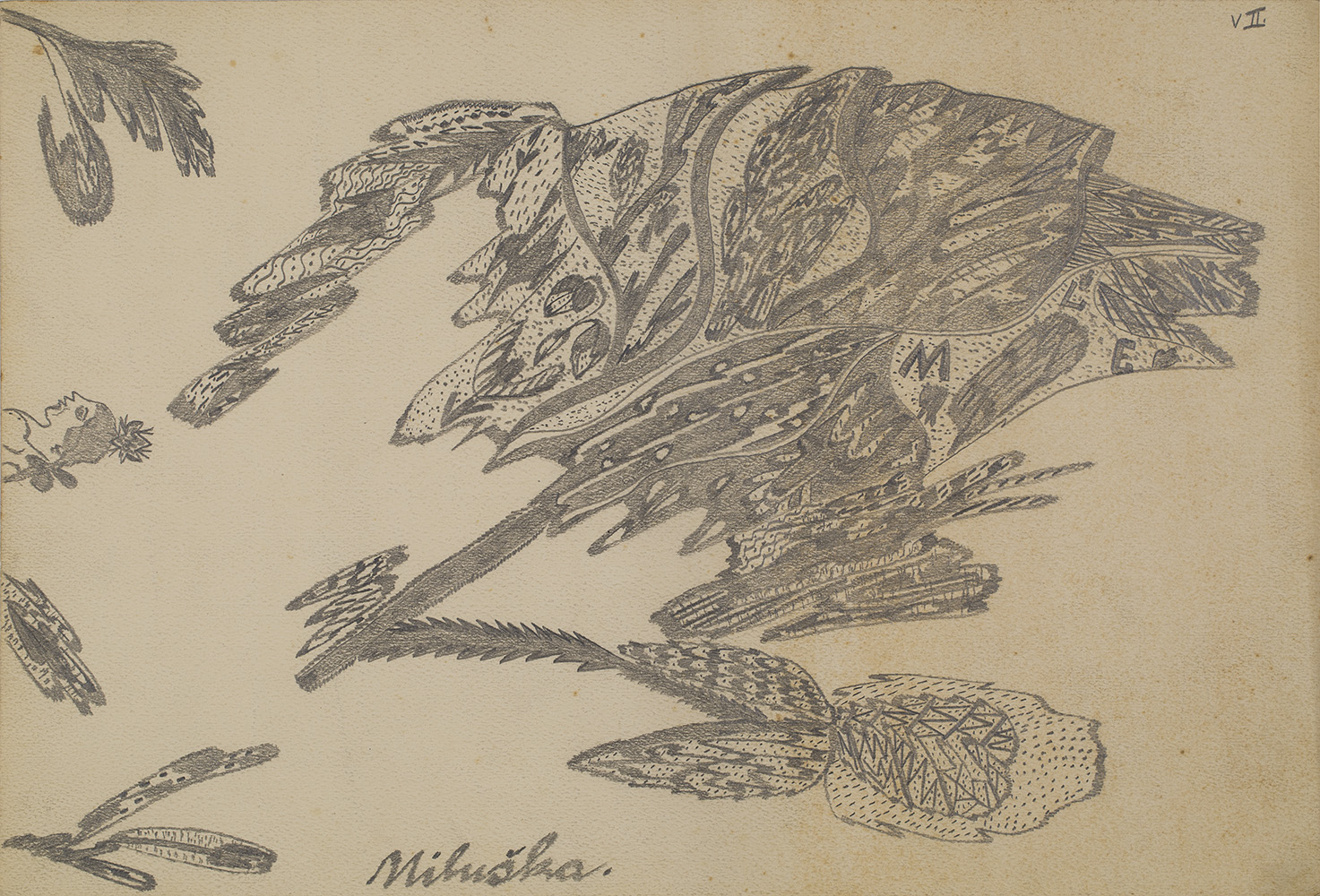
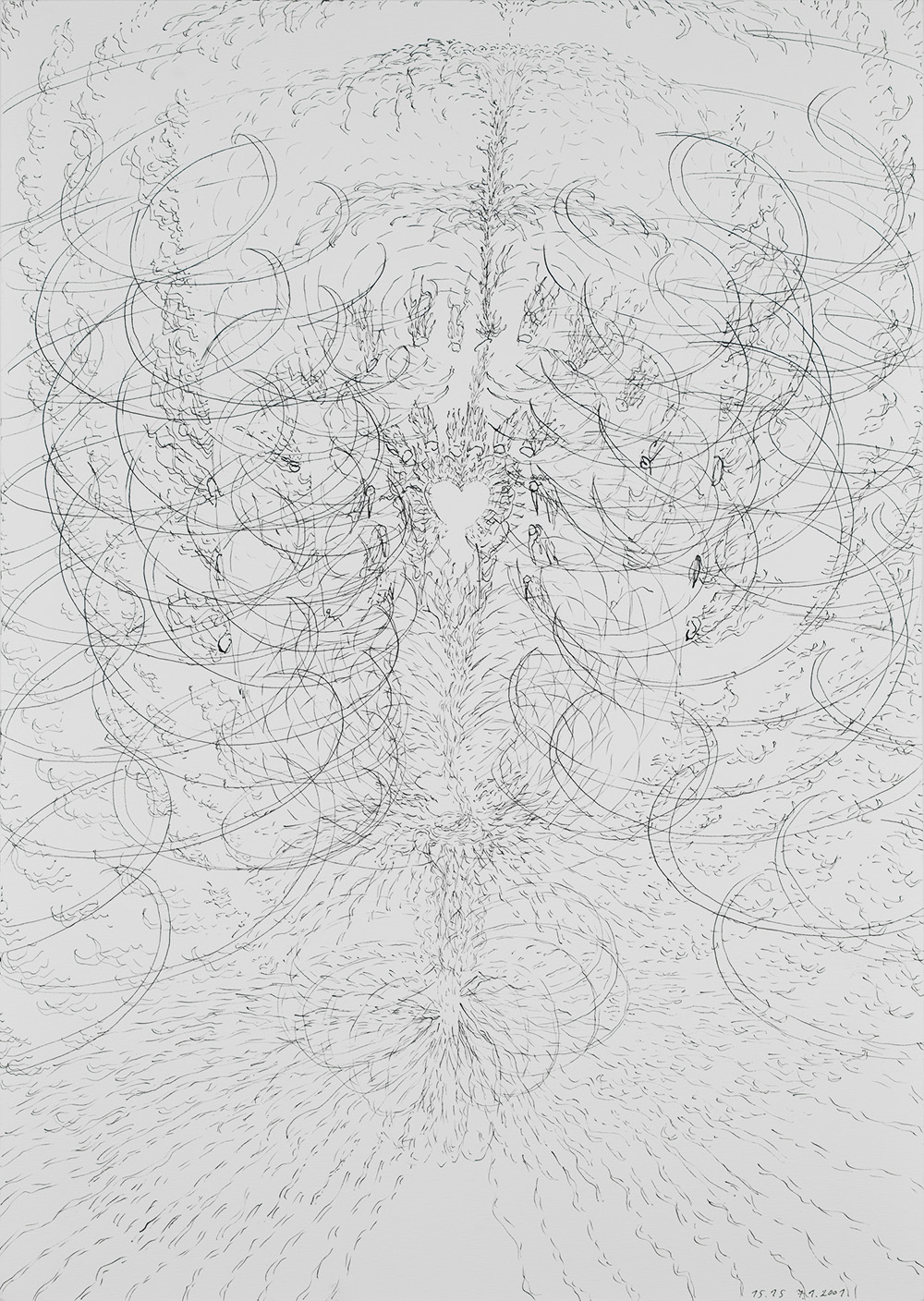
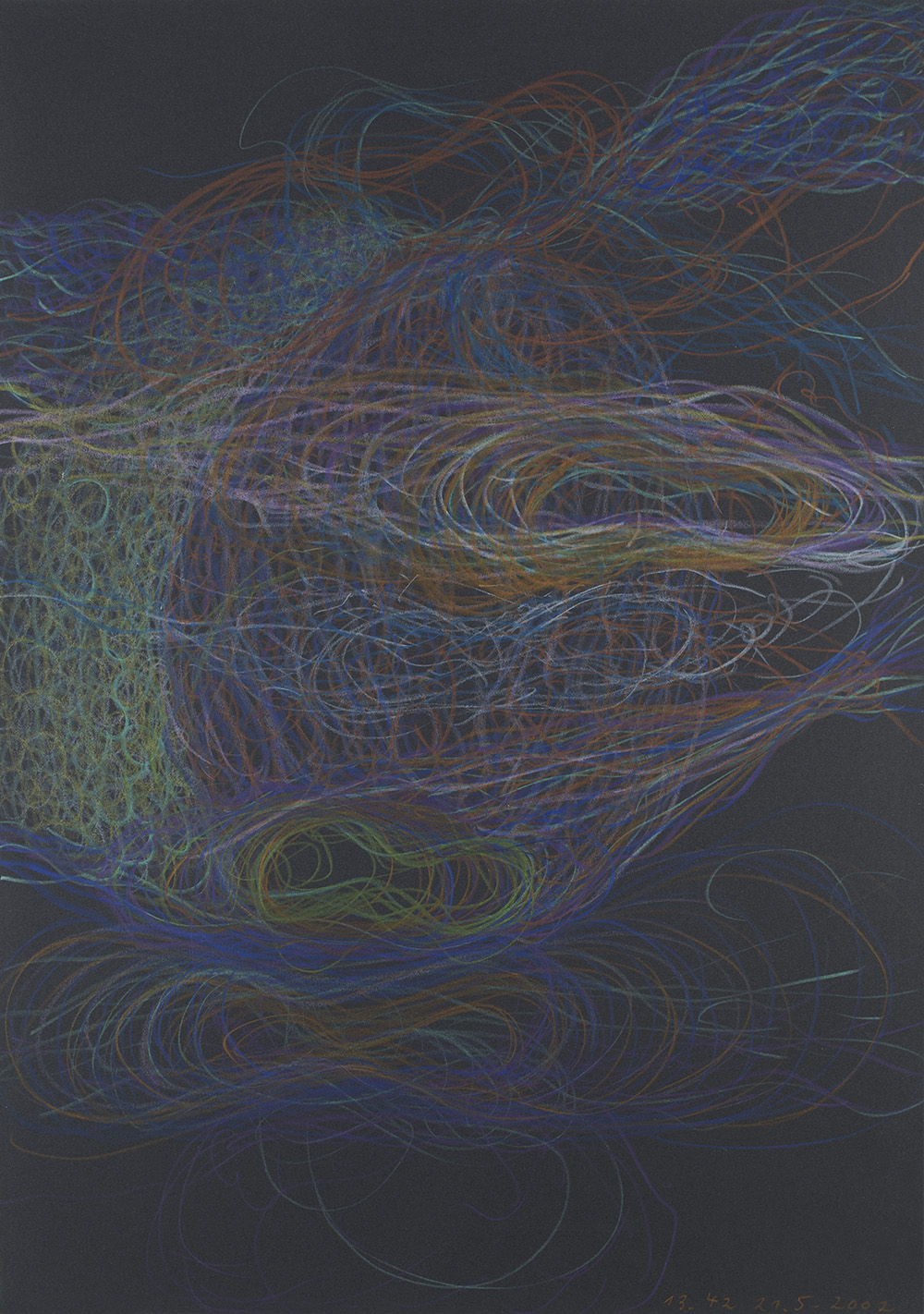
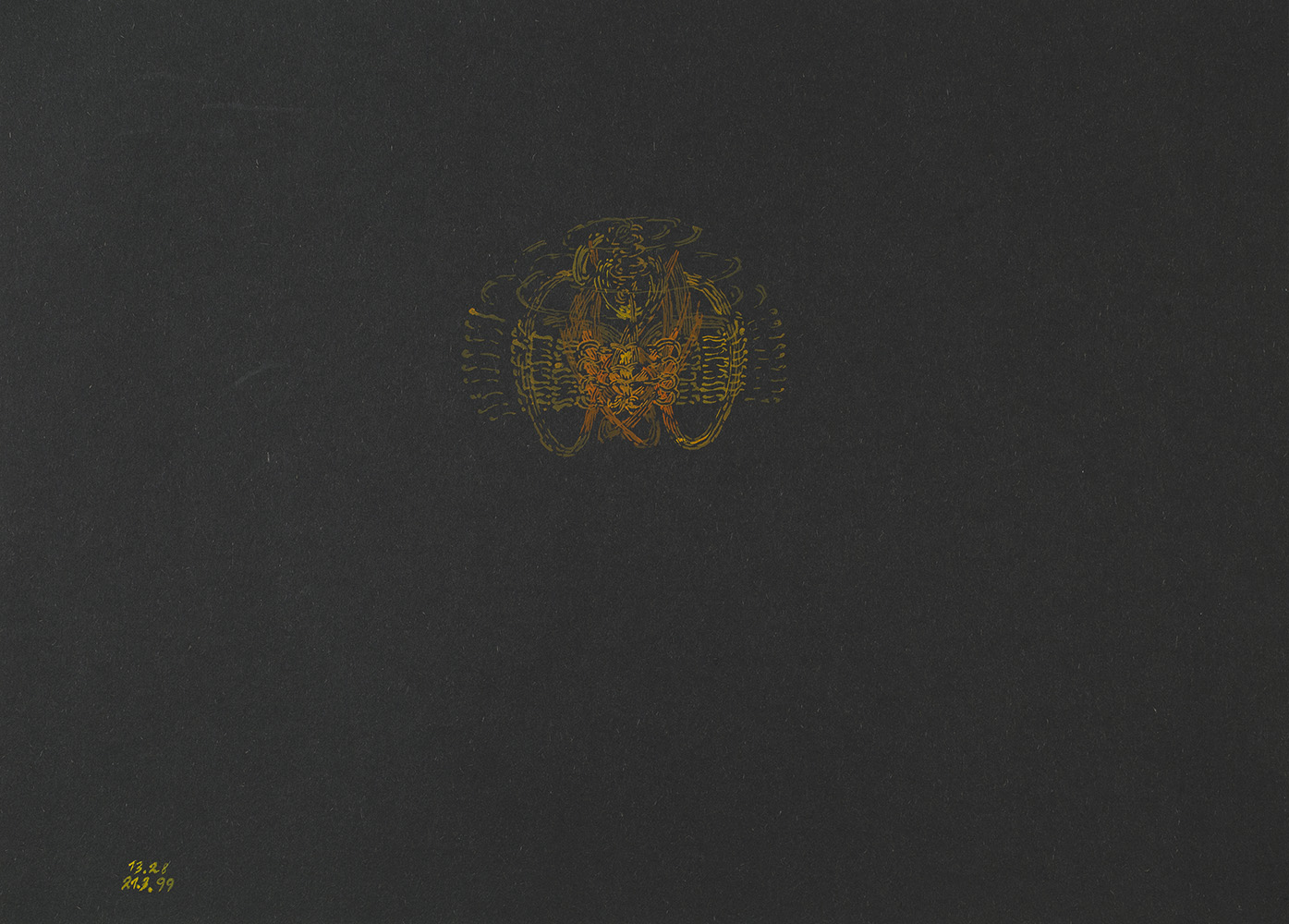


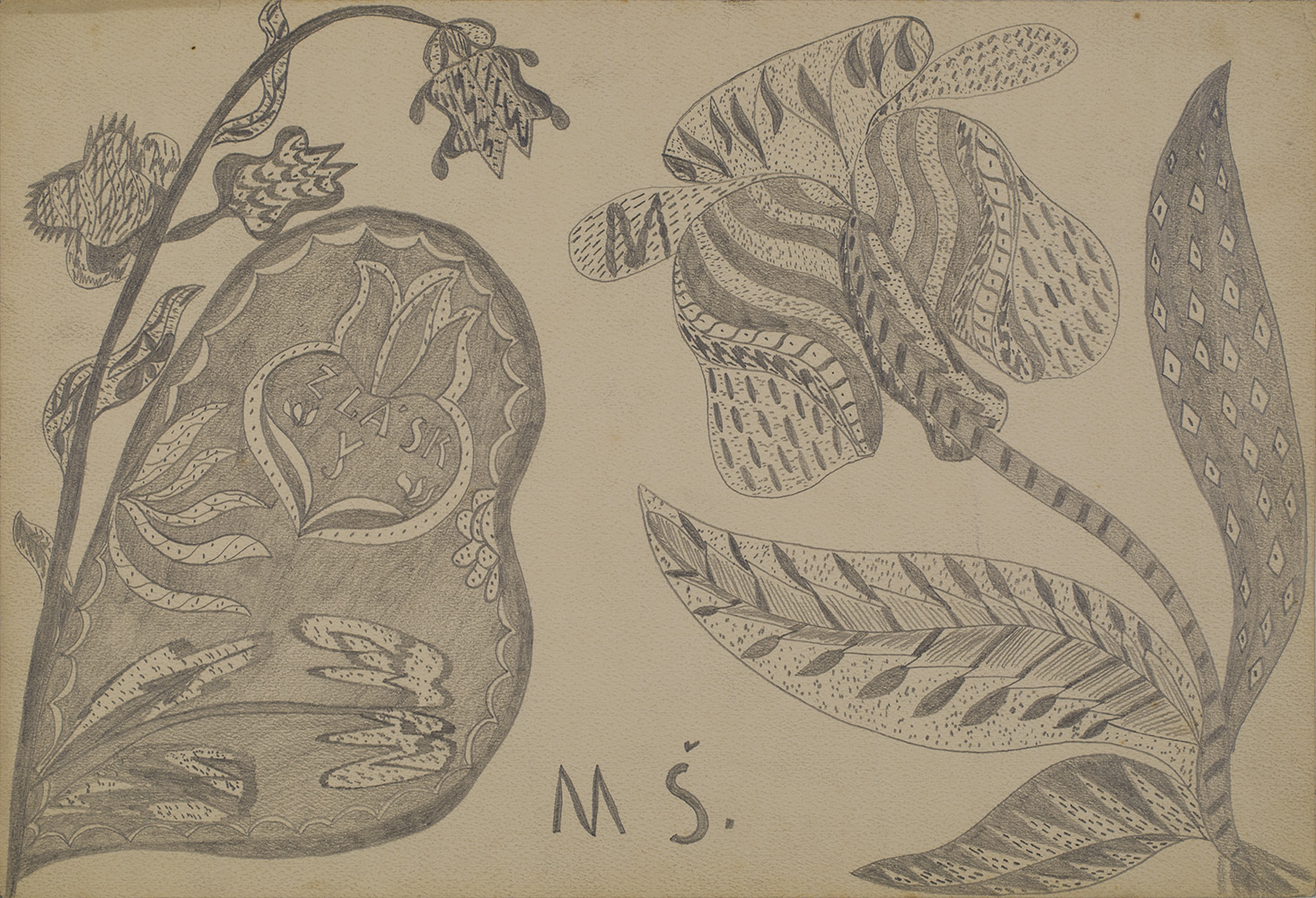
ENTITIES: TOMÁŠ LAMPAR & JOSEFA ŠTEPÁNKOVÁ
(March 31 - May 7, 2016)
Cavin-Morris Gallery is pleased to present the spiritualist and visionary work of architect Tomáš Lampar and his spiritualist great-grandmother Josefa Štěpánková.
Lampar's work comes from channeling entities from an undefined alternate state of reality or dimension. His great-grandmother’s work comes from the channeling of people she lost in the course of her life, especially family members with whom she spiritually connected. There is a floral presence in her work that was common to many of the Bohemian and Moravian spiritualists in the late 19th and early part of the 20th Century. Lampar's drawings also resonate with a botanical presence.
Here is what scholar Terezie Zemánková says about Lampar’s process in the catalog essay:
It is the principle behind this botanical vision, where the flower is both the form and the symbol, which Tomáš Lampar shares with his great grandmother Josefa Štepánková. They share the same hypersensitivity, and the ability of “flow-ness”: a power to connect with the entities beyond senses. Their motives for creation differ, however. While the works of Lampar are almost independent from his personal and professional life, the spiritual drawings of Josefa Štepánková reflect her dramatic personal history.
The two different approaches to visionary and spiritualistic imagery make this exhibition compelling. Lampar's work is wild, like unexplained light phenomena in a night sky. His drawings constantly reinvent color in unexpected ways that only accidentally refer to Wassily Kandinsky and Annie Besant. His process involves pulling new variations on what can be done with the innate qualities of the chalks, crayons, pastels and watercolors he uses. Everything he draws is germane to these cross-dimensional entities. Štěpánková's work is more in the language of her culture.
Josefa Štepánková often placed small portraits of her deceased ones into her drawings, or images of their spiritual, amorphous bodies. The faces grow directly from flowers, which sometimes contain messages, declarations or legacies of a religious nature. The leaves and petals are finished with simple details, in keeping with the aesthetics of the 1920s (ornaments of folk art, art deco or echoes of art nouveau).
In the end their messages meet in space, joined by art, fulfilling the function of a vehicle that allows communication between non-material modes of existence -- healing is the hoped for outcome. In doing so each invents a personal yet universal language we can still understand.
We will publish an online catalog with an essay by art historian Terezie Zemánková
For further information please contact Cavin-Morris Gallery at info@cavinmorris.com, or phone: 212-226-3768.
Click here to view the online catalog for MAVERICK
Gallery Walk-through with Curator Randall Morris
Maverick (February 18 - March 26)
Wooden Ships in Chelsea: Kevin Sampson’s Unique Art Form
Click here to read the article:
Outsider Art Fair Preview: Discoveries, Surprises, and an Expanded Vision
Twilight Before Dawn: Anna Zemánková
Anna Zemánková, Untitled, 1970s, Pastel, ball point pen and embroidery on paper, 24.61 x 17.72 inches, 62.5 x 45 cm, AZe 589
Twilight Before Dawn: Anna Zemánková
January 7 – February 13, 2016
Opening reception: Thursday, January 7, 6-8pm
We are pleased to present Twilight Before Dawn: Anna Zemánková, an exhibition that illuminates a rarely seen aspect of her work from the Zemánková family’s personal collection. They have kindly agreed to release these for this show for a limited amount of time.
Czech artist Anna Zemánková (1908 – 1986) is one of the great artists of the 20th century and is seen as one of the great female artists in the Art Brut pantheon, along with Jeanne Tripier, Madge Gill, Aloise Corbaz, and Emma Kuntz. Her works were prominently displayed in The Encyclopedic Palace at the 2013 Venice biennale curated by Massimiliano Gioni, at Frieze Masters that same year, and in many other important museum exhibitions. Her work is in the public collections of the Milwaukee Art Museum, WI; American Folk Art Museum, New York, NY; Museum of International Folk Art, Santa Fe, NM; Collection de l’art Brut, Lausanne, Switzerland; Arnulf Rainer Museum, Baden, Austria; and private collections including abcd collection, Paris, and The Museum of Everything, London, as well as other important private collections of contemporary art. Cavin-Morris Gallery has been representing her work worldwide since 1992.
Her granddaughter, Terezie Zemánková wrote
Her obsession with details overruled her entirely after some time. The tiny ornaments began to occupy more and more space. Perhaps she found in the automatic repetition of the complex ornaments the peace she was longing for. In this time, when she mastered the technique of drawing so well that she reached the ability to perfectly express the intended image and was able to carry it as far as the frontier of the yearned for perfection, she created a series of minute drawings, which resemble images created by some spiritualist psychics. This similarity is slightly apparent in all phases of Zemánková’s creations. In spite of the fact that she wasn’t inclined to the practices of spiritualism, she talked about a force that “led her”, when she--her mind in a creative trance--sat at her drawing table at dawn.
In the late sixties and thereafter Zemánková began to introduce other materials to her works in order to stretch the parameters. She crocheted fantastically intricate textiles and satin strips into the drawings, conscious always of their otherworldly interplay between oceanic and terrestrial forms. She was constantly reinventing Nature’s most sensual aspects.
We are proud to expose this masterful work to the American audience for the first time.
For further information please contact Cavin-Morris Gallery at info@cavinmorris.com, or phone: 212-226-3768.
Online catalog for Tantra, Anonymous, and Vyakul now available
Tantra, Anonymous, and Vyakul
Tantra, Anonymous, and Vyakul (December 3, 2015 - January 2, 2016)
TANTRA, ANONYMOUS, AND VYAKUL
DECEMBER 3, 2015 - JANUARY 2, 2016
Cavin-Morris is pleased to present an exhibition of tantric and tantrically influenced art works from India ranging from the sacred to the irreverent.
This exhibition presents the Tantra paintings of Acharya Vyakul (1930 – 2000, Jaipur and Rajasthan, India), several anonymous artists, and some contemporary miniaturists who wish to remain anonymous.
The creator of the small Yantra, or mystical diagrams was also trained as a copyist of traditional Indian miniatures. The artist chooses to remain anonymous in the spiritual act of making the paintings. The materials used include vintage paper, and hand-ground colors including minerals, mother-of-pearl, coral, tree resin mixed with metals, and vegetal pastes. These small paintings come from a tradition in Tantric Hinduism, which began in the fifth or sixth century C.E. After painting one, a devotee is to meditate on an image in order to manifest the divinity. It is a practice that involves a separation from one’s ego. In Sanskrit tantra means “loom” or “weave,” but also “treatise.” The hand-written Tantra treatises date back at least to the seventeenth century, as do the paintings. The Tantra treatises and paintings have been copied over many generations. The accompanying symbolic paintings evolved with the treatises. Now many of them have been separated from the original treatises.
The Tantric philosophy does not separate spiritual, ascetic practices from the mundane experiences of daily life. A Tantrika, or practitioner of Tantra, is not expected to live a hermetic existence away from the pleasure and pain of the world. The continuum of ordinary life can provide true and ever-lasting fulfillment only when all the threads are woven according to the pattern designated by Nature. When we are born, life naturally forms itself around that pattern. But as we grow, our ignorance, desire, attachment, fear, and false images of others and ourselves tangle and tear the threads, disfiguring the fabric. Tantra practice reweaves the fabric, and restores the grace of the original pattern.
Anonymous paintings such as these have been exhibited most recently at the Outsider Art Fair in New York; at the Venice Biennale in 2013; The Drawing Center, New York, in 2005-6; Feature Gallery, New York in 2012,
The next group of drawings is by Acharya Vyakul, who is known for his eccentric variations on traditional Tantric drawings. In the context of the tantric pictorial tradition, codified by unchanging archetypes, the work of Vyakul distinguishes itself by its freedom of execution, its aspect of free improvisation, a spontaneity fed by a secular tradition. Vyakul considered himself a modern painter working in the abstract tradition. Unlike 99.9 percent of painters of yantra, Vyakul signed his name. His paintings were brought to Western awareness by French poet Andre Jamme, who lent some to the groundbreaking exhibition, Magiciens de la Terre, organized by Jean-Hubert Martin, at Centre Georges Pompidou in 1989.
The third group are artists who have been given bookplates by two American friends and then choose which areas on the bookplates to paint in miniature style. These artists also wish to remain anonymous. The results are astonishing as they transform some iconic Western imagery through the visual expression of Indian culture. The results are less of a culture clash than culture fusion as can be seen in the famous photograph of Marilyn Monroe standing on the breezy grate. In this version, her white dress becomes a colorful textile decorated with Indian motifs, and the grate below her an elaborate Indian rug. All the other elements in the image have been left alone. The result is a complete retelling of a classic story.
For further information please call the gallery at 212-226-3768, or e-mail: info@cavinmorris.com.
SPIRITED WOMEN: Drawing Down Fire
Ghyslaine and Sylvain Staëlens Catalog
Cavin-Morris Gallery is pleased to announce the publication of the catalog: Ghyslaine and Sylvain Staëlens with essays by Laurent Danchin, Jean-Michel Chesné, Nadine Servant, and Randall Morris. To purchase a copy of the catalog please contact info@cavinmorris.com
Huffington Post Article on Spirited Women
Cavin-Morris Spotlight
Solange Knopf changed Cavin-Morris Gallery. I don't say this facetiously. Just before we saw her work for the first time we were being drowned in a sea of false horror-vacuui and cultural appropriations that bore no relationship or knowledge of the cultures they were so freely quoting from; mainly Vodun. We wanted some new work in the gallery but not at the expense of the visionary content we have always tried to find and expose. We didn't believe the real thing had disappeared with the commercialization of the market...how could it? Spirit never dies. Then one day I saw a small drawing by Solange Knopf online that was made over a page from a book of decadent poetry. It struck us immediately and we contacted her and immediately felt the vast deep pool of her consciousness, this incredible mix of pain and insight, wonder and ineffable joy. Those drawings were small. Some time later her first large drawings arrived and we were home. Hers is a mind that floats through this word capturing like no other the decadent sensuality of temptation and redemption. This drawing is one from that most recent series. She, like Sefolosha and Zemankova have pushed the field to a place few female artists, trained or untrained, have gone before...Her impact on the field will only grow greater as scholars catch up to those whose work in this field is most authentic rather than generic.
-Randall Morris
Cavin-Morris Spotlight
Helen Butler Wells and Norma Oliver were a New York phenomenon in the earlier part of the 20th C. It was considered unladylike for Society women to take part in the arts but it was socially ok for them to engage in Spiritualism and draw through the agency of spirits and mediumistic experiences. They formed the Jansenists and met in an apartment on Riverside Drive. Each had a Spirit guide named Eswald who guided her hand and who signed their works with a stamp made for him. The Society channeled aliens, slaves, historical figures like Socrates, Native Americans and others. The drawings often had laminated plastic on them to protect them. Norma Oliver was the adopted daughter ofWells and her mandalas were spirit portraits of various members of the Jansen Society. The drawings were discovered in the 26th Street flea market a number of years ago. Though they are represented in European collections like ABCD they have not yet been appreciated really by museums in the US. They are really an important example of American Art brut and also spiritualist New York history. We also have some of the Society's archives.
RHIZOME (September 10 - October 10, 2015)
RHIZOME: NEW GROWTH AT CAVIN-MORRIS GALLERY
September 10 - October 10, 2015
Cavin-Morris Gallery is pleased to welcome and highlight new work and a particularly rich group of new artists to the gallery in our Fall 2015 opening exhibition, Rhizome: New Growth at Cavin-Morris Gallery. The artists in this exhibition further expand our international Western and non-Western roster.
Some of the self-taught artists showing first time with us are Zinnia Nishikawa from California; Ilya Natarevich from St. Petersburg, Russia; Guyodo from Port-au-Prince, Haiti; Caroline Demangel from France; and Paul Kai Shröder and Anja Scheffler-Rehse from Germany. We will be showing new or previously unseen works by trained and untrained artists, including Kriangkrai Konghanun from Bangkok, Thailand; Cuban-born José Bedia; Peruvian-born Kukuli Velarde; Angolan born Franck Lundangi; Luboš Plný and Karel Havlíček from Czech Republic; Noviadi Angkasapura from Indonesia; and USA artists Norbert Kox, JB Murray, Kevin Sampson, and Gregory Van Maanen.
Weaving the works together is a sense of storytelling in a myriad of languages that become translated visually into universal forms. Each artist takes an integral essence of his or her culture, usually mythical or visionary, and abstracts it into timeless contemporary forms. We as viewers are given the privilege of appreciating the work on its deep formal values alone or by understanding the complex sources of its cultural conversations. If we give it our full attention the roots expand ever outwards and we grow with it as well.
Rhizome: New Growth at Cavin-Morris Gallery (September 10 - October 10, 2015)
New book by gallery artist Christine Sefolosha
HYPERALLERGIC
Check out Edward Gomez's review of our summer shows in Hyperallergic!
http://hyperallergic.com/226050/a-chelsea-double-feature-paper-meets-clay-on-homegrounds-turf/
